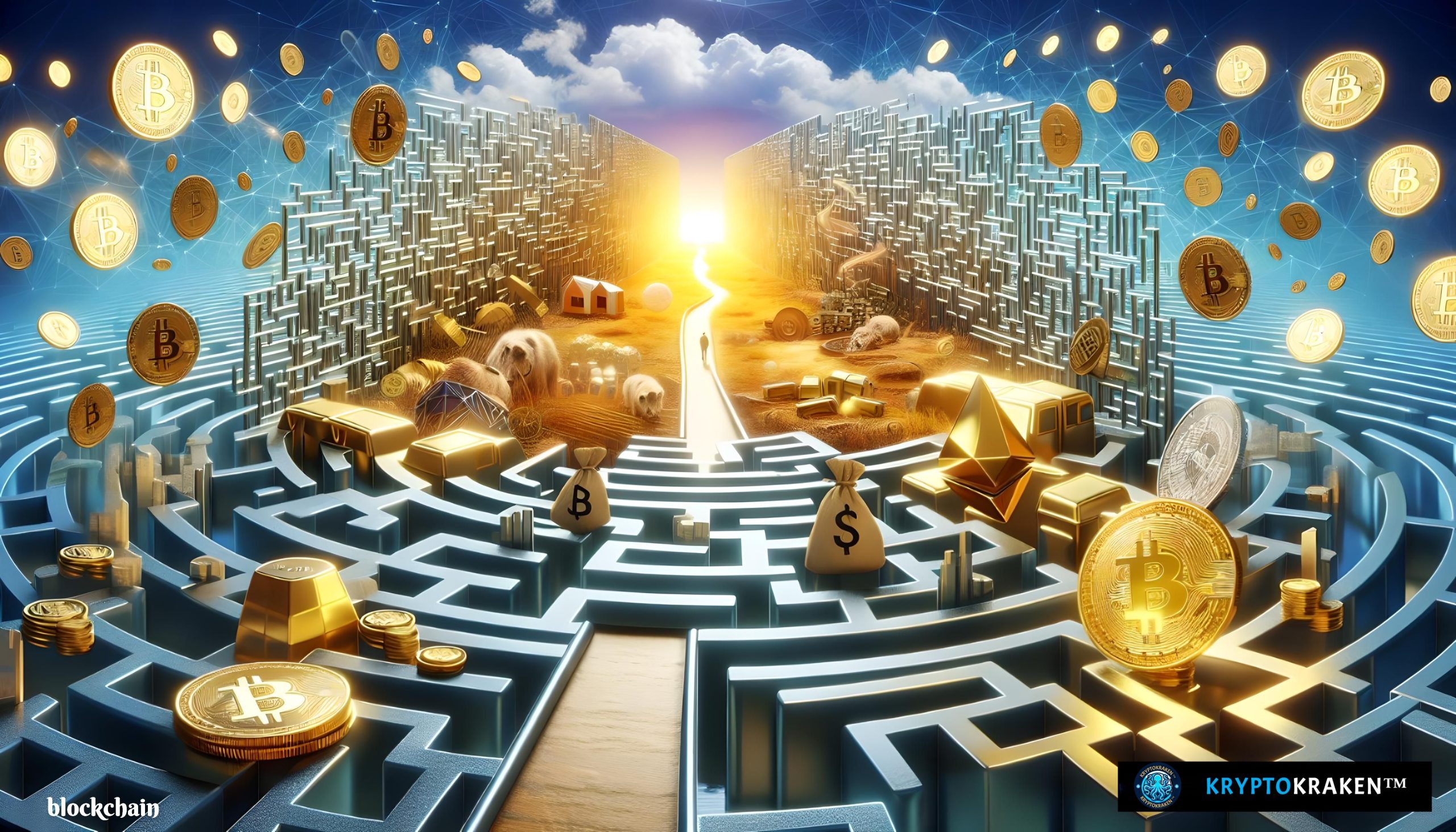
- April 8, 2024
- Dennis Frank
- 1
Table of Contents
Tokenizing Real-World Assets (RWAs) marks a groundbreaking shift in how assets are accessed, exchanged, and managed, heralding a new era for blockchain-powered financial services and extending its use beyond just financial applications[1]. These RWAs, encompassing anything from currencies and commodities to equities and bonds, are digitally tokenized to represent physical and traditional financial assets, thereby bridging the gap between tangible assets and the digital world[1].
Moreover, the process of tokenizing these assets into RWA Crypto promises not only to democratize access to high-value investments but also to reshape the landscape of decentralized finance (DeFi) by enhancing asset liquidity, increasing accessibility, and streamlining transactions across the board[1][3].
As the digital representation of value-bearing assets outside the blockchain, RWA Crypto is fundamentally transforming the investment paradigm. By enabling fractional ownership and expanding investor access to a wider array of assets, such as tokenized real estate, gold, and commodities, RWA Crypto is set to redefine what’s possible in the realm of asset tokenization[1][2][3].
With the total value locked in tokenized RWAs reaching approximately $5B as of December 2023, it’s clear that RWA tokenization is not just a fleeting trend but a significant segment within the DeFi ecosystem poised for continued growth[1]. This article aims to delve deep into the intricacies of RWA tokenization, exploring its benefits, real-world applications, challenges, and what the future holds for this transformative technology[1][3].
Understanding RWA Tokenization
Understanding the process of RWA (Real World Asset) Tokenization involves several key steps and components that make it a transformative approach in the digital finance sector. This section breaks down the core aspects of RWA Tokenization, highlighting its methodology, benefits, and the wide range of assets it encompasses.
Key Components of RWA Tokenization
Asset Types:
Tokenization Process:
Asset Identification and Valuation: Determining the asset’s value and suitability for tokenization [3]
Legal and Regulatory Compliance: Ensuring the tokenization adheres to existing laws and regulations [3]
Creation of Smart Contracts: Utilizing blockchain technology to create secure and transparent contracts [3]
Blockchain Platform Selection: Choosing an appropriate blockchain for hosting the tokens [3]
Token Creation and Issuance: Generating the digital tokens that represent the real-world assets [3]
Ownership Record and Custody Solutions: Establishing a clear record of ownership and secure storage solutions [3]
Exchange and Marketplace: Facilitating the trading and exchange of tokenized assets [3]
Advantages of Tokenizing RWAs
Increased Liquidity and Accessibility: Tokenization divides assets into smaller, tradable fractions, enabling investors to own shares of an asset. This process significantly increases the liquidity and accessibility of high-value items [5][7].
Enhanced Transparency and Security: Through the use of smart contracts on a blockchain, RWA tokenization enhances the transparency, security, and immutability of asset transactions [5][7].
Fractional Ownership: Allows investors to own fractions of high-value properties or rare collectibles, thereby diversifying their investment portfolios [5].
Borderless Accessibility: Eliminates geographical and financial barriers typical for conventional asset investment, making it easier for international businesses and investors to participate [5].

The Ledger Nano S Hardware Wallet-Affiliate Link
Market Potential and Future Outlook
The tokenized gold market has captured over $1 billion in investment, with the combined market capitalization of tokenized money market funds nearing $500 million [7].
The market for tokenized assets is projected to potentially reach $16 trillion by 2030, indicating a significant growth trajectory for RWA tokenization [7].
RWA tokenization not only benefits from enhanced liquidity and accessibility but also from the potential to fundamentally change the landscape of decentralized finance (DeFi), with the total value locked in tokenized RWAs sitting at approximately $5B as of December 2023 [1][7].
Through the integration of blockchain technology, RWA tokenization presents a promising avenue for democratizing access to high-value investments, enhancing asset liquidity, and streamlining transactions. This innovative approach to asset management and investment is poised to significantly impact the financial industry, making it an essential area for investors and businesses to explore.
The Benefits of Tokenizing RWAs
Tokenizing real-world assets (RWAs) brings forth a myriad of benefits that revolutionize how assets are managed, traded, and invested in. These benefits can be categorized into three main areas: Enhanced Liquidity and Market Accessibility, Increased Transparency and Security, and Efficiency and Cost Reduction.
Enhanced Liquidity and Market Accessibility
Global Liquidity Conditions: Tokenizing RWAs fosters globally accessible liquidity conditions, enabling assets that were traditionally illiquid to be traded more freely and efficiently on a unified blockchain ecosystem [4].
Fractional Ownership: By allowing for fractional ownership, tokenization opens up access to a broader set of users, democratizing investment in high-value assets such as real estate, art, and commodities [4][10][11].
24/7 Trading: Tokenized assets can be bought and sold around the clock on digital exchanges, facilitating fast, global transactions at scale without the need for brokers, thereby bypassing traditional market hours and geographical restrictions [2][4].
Increased Transparency and Security
Auditable Asset Management: The blockchain’s inherent features ensure transparency and auditable management of assets, significantly decreasing systemic risks associated with asset trading and management [4].
Immutable Ownership Records: A public, immutable record on the blockchain provides full visibility into asset ownership and transaction activity, establishing clear title and provenance, and preventing fraud [2].
Automated Compliance: Smart contracts can automate regulatory requirements, including KYC/AML checks, enhancing compliance and trust in transactions [2].
Efficiency and Cost Reduction
Reduced Transaction Costs: Tokenization significantly reduces the cost and time associated with transactions by cutting out middlemen, lowering traditional transaction fees, and documentation expenses [2].
Maintenance Cost Savings: Ongoing token administration through blockchain consensus can bring down maintenance costs compared to physical assets and legacy record-keeping, making it more cost-effective for asset owners [2].
Streamlined Asset Digitization: The process of tokenizing assets is streamlined, enabling efficient digitization, compliance, and asset valuation, which in turn facilitates risk management and the creation of new investment products [9].
These benefits collectively contribute to a more dynamic, accessible, and secure financial ecosystem. Tokenizing RWAs not only enhances the value proposition of digital assets but also fundamentally transforms the landscape of decentralized finance (DeFi), making it an indispensable part of the future of finance [4][2][9].
Real-World Applications and Case Studies
Exploring the multifaceted world of RWA Crypto through real-world applications and case studies reveals the transformative potential of tokenization across various sectors. Here, we delve into specific instances where RWA Crypto is making significant strides:
Global Finance and Investment
Stablecoins and Tokenized Treasuries: With a market capitalization of approximately $125B for stablecoins and $700M for tokenized treasuries, these digital assets are revolutionizing global payments, remittances, and investment avenues, offering new opportunities for financial inclusivity [12].
DeFi Lending Protocols: Platforms such as Centrifuge, Goldfinch, and Maple are tapping into the private credit market, valued at over $1.7T globally, by providing SMEs access to decentralized finance, thereby democratizing lending and borrowing [12].
Financial Institutions and Blockchain: Giants like BlackRock, Fidelity, and JP Morgan are employing blockchain technology to tokenize a variety of real-world assets, showcasing the growing acceptance of RWA Crypto within traditional financial sectors [11].
Consumer Engagement and Sustainability
Consumer Brand NFTs: Leading brands such as Nike and Coca-Cola are leveraging NFTs to enhance digital footprints and customer engagement, illustrating the crossover appeal of tokenization in the consumer space [12].
DeFi in Climate Finance: The tokenization of carbon credits within the $2B carbon market is fostering a sustainable future by enhancing transparency and accountability in environmental initiatives [12].
Arts, Real Estate, and Beyond
Art and Collectibles: The democratization of access to high-value items through tokenization is creating new investment opportunities, with platforms enabling fractional ownership and provenance tracking for fine art and collectibles [11][13].
Real Estate Tokenization: Projects like the RealX Investment Token are simplifying ownership transfers in real estate, making it more accessible and efficient for smaller investors through fractionalized ownership [11][13].
Innovative Tokenization in Trade Finance: By tokenizing trade finance transactions, the process becomes faster, more secure, and cost-effective, highlighting the potential for improved efficiency and reduced fraud in the market [13].
These case studies underscore the diverse applications of RWA Crypto, from enhancing global financial systems and consumer brand engagement to promoting sustainability and transforming investment in arts and real estate. Through these real-world applications, RWA Crypto is not just a theoretical concept but a practical tool reshaping the landscape of digital and physical asset management.
Challenges and Considerations in RWA Tokenization
While the tokenization of real-world assets (RWAs) presents numerous advantages, it is not without its challenges and considerations. These challenges can broadly be categorized into three main areas: Legal and Regulatory Uncertainty, Security and Fraud Risks, and Market and Technological Hurdles.
Legal and Regulatory Uncertainty
Proving Token Legitimacy: Establishing the value and ownership of a tokenized asset can be complex. While creating an NFT is straightforward, proving its worth and rightful ownership is more intricate, with an estimated 95% of NFTs holding zero value [6].
Regulatory Landscape: The tokenization process faces uncertainty due to evolving regulations. Ensuring compliance with financial laws and navigating international legal frameworks remain significant challenges for RWA tokenization [14][16].
Acceptance in Legal Proceedings: NFTs and tokenized assets are not universally recognized as official records for asset ownership in legal disputes, adding another layer of complexity in their utilization [6].
Security and Fraud Risks
Smart Contract Vulnerabilities: NFT contracts and other blockchain smart contracts can contain flaws, which have led to numerous hacks and the loss of millions of dollars in assets. These security concerns underscore the need for robust methods to authenticate NFTs and support court-ordered transfers [6].
Custody of Physical Assets: Tokenizing RWAs involves not only the digital representation but also the secure custody of the physical asset. Ensuring reliable custody and maintaining a connection to the real world is paramount to mitigate risks [1].
Market and Technological Hurdles
Market Speculation and Volatility: The tokenized asset market is subject to speculation and volatility, which can lead to significant price fluctuations, impacting the stability and predictability of investments [14].
Adoption and Education: Not all investors are familiar or comfortable with blockchain technology, presenting an adoption hurdle. Additionally, the market is fragmented across various platforms, blockchain networks, and jurisdictions, complicating the user experience [14].
Operational Complexity and Valuation Concerns: The process of tokenizing assets involves operational complexities, including asset valuation and the management of digital tokens. Overcoming these challenges requires innovative solutions and ongoing education to bridge the knowledge gap [15].
Addressing these challenges is crucial for the continued growth and acceptance of RWA tokenization. Developing secure and user-friendly platforms, along with clear regulatory guidelines, will be key to mitigating these concerns and unlocking the full potential of RWA crypto.
The Future of RWA Tokenization
The future of RWA (Real World Asset) Tokenization is poised for substantial growth and diversification, propelled by several key trends and technological advancements. Here’s a closer look at what lies ahead:
Market Growth and Diversification:
The tokenization market, initially valued at $2 trillion in 2021, is on a trajectory to expand up to $16 trillion by 2030 [17].
Key trends for 2024 include the accelerated tokenization of financial assets, diversification into new asset classes, and the rising influence of stablecoins [17].
Expansion in tokenized infrastructure and public assets, alongside integration with traditional finance systems, marks a significant shift towards broader acceptance and utility of RWA tokenization [17].
Technological and Regulatory Evolution:
Advancements in blockchain technology have enhanced scalability, security, and interoperability, paving the way for more efficient tokenization processes [18].
Positive changes in regulatory landscapes are supporting the tokenization of tangible assets, indicating a move towards a more structured and legally compliant framework [18].
Platform and Blockchain Innovations:
Chainlink emerges as a comprehensive platform capable of addressing the multifaceted requirements of tokenized RWAs, offering services like Proof of Reserve and secure onchain identity systems [1].
Algorand is highlighted for its suitability in managing RWA due to its low transaction fees, high security, and scalability, among other features, making it an attractive blockchain for RWA tokenization [2].
The integration of these technological and regulatory advancements, along with the strategic focus on diversifying asset classes and enhancing platform capabilities, signifies a robust future for RWA tokenization. This evolution not only broadens the scope of assets that can be tokenized but also improves the security, efficiency, and accessibility of tokenized real-world assets for investors and institutions alike.
Conclusion
As we navigate through the dynamic and rapidly evolving landscape of Real World Assets (RWA) Crypto, it’s evident that the tokenization of tangible and financial assets represents more than just a technological innovation; it’s a financial revolution.
By meticulously dissecting the process, benefits, and real-world applications, this article has revealed the transformative potential of RWA Crypto to democratize investment opportunities, enhance asset liquidity, and streamline transactions within the decentralized finance ecosystem.
Indeed, the journey into RWA tokenization exposes the intersection of technology and traditional finance, paving the way for a future where access to investment is more inclusive and global financial systems are inherently more efficient and transparent.
Understanding the depth and breadth of this subject matter undoubtedly fuels the desire to explore further and unearth even more insights into the world of crypto and blockchain technology. For those captivated by the promises of RWA Crypto and eager to dive deeper into the nuances of this domain, I invite you to continue this journey of discovery at KryptoKraken.com.
Here, a wealth of information awaits to further satisfy your curiosity and equip you with the knowledge needed to embrace the opportunities and navigate the challenges of the digital asset era. As we stand at the cusp of a new chapter in financial innovation, the exploration of RWA tokenization not only enhances our understanding of digital finance but also serves as a compass guiding us towards a future where the full potential of blockchain technology is realized.

Dive Deeper into the World of Crypto and Blockchain
If you found this article on RWA crypto informative and engaging, I invite you to explore more of my content at KryptoKraken.com. As a passionate researcher and author in the crypto and blockchain space, I strive to provide valuable insights, in-depth analyses, and thought-provoking discussions on a wide range of topics.
At KryptoKraken.com, you’ll find a treasure trove of articles, guides, and resources designed to help you navigate the complex and exciting world of cryptocurrencies and blockchain technology. Whether you’re a beginner looking to understand the fundamentals or an experienced enthusiast seeking advanced strategies and insights, there’s something for everyone.
In addition to my website, I encourage you to check out my books on Amazon. As an author, I’ve dedicated countless hours to researching, writing, and publishing comprehensive guides and books on various aspects of the crypto and blockchain ecosystem. By diving into my books, you’ll gain a deeper understanding of the technologies, trends, and strategies shaping the future of this revolutionary industry.
So, if you’re ready to take your knowledge and understanding of crypto and blockchain to the next level, be sure to visit KryptoKraken.com regularly and explore my books on Amazon. Together, let’s unlock the full potential of this transformative technology and stay ahead of the curve in the ever-evolving world of crypto and blockchain.
FAQs
What Does RWA Mean in the Context of Real Assets?
Real World Assets (RWAs) refer to a wide variety of both tangible and intangible assets. This includes everything from physical properties and infrastructure to intellectual property and financial contracts. RWAs cover a broad spectrum of assets that exist in the physical world as well as contractual rights.
What Are Crypto Real World Assets?
Crypto Real World Assets, also known as RWAs, are blockchain tokens that represent ownership or a stake in physical assets. These can range from property and objects to bonds and other financial instruments. Operated through smart contracts on the blockchain, these tokens can represent either a whole asset or a fraction of it, enabling partial ownership and investment.
Can You Give an Example of How Real World Assets Are Tokenized?
An example of the tokenization of real world assets is the tokenization of commercial real estate. This process allows for the conversion of property rights into digital tokens on the blockchain, making it possible for a broader audience of investors to participate in the real estate market. This can significantly enhance liquidity in a sector traditionally characterized by its illiquidity.
What Role Do Real World Assets Play in Web3?
In the context of Web3 and blockchain technology, Real World Assets (RWAs) refer to the digital on-chain representations of physical assets or the rights associated with them. An example would be a blockchain token that signifies ownership of a particular piece of real estate. This concept extends beyond virtual properties in digital spaces, aiming to bridge the gap between tangible assets and the digital ecosystem through blockchain technology.
References
[1] – https://blog.chain.link/real-world-assets-rwas-explained/
[2] – https://www.algorand.foundation/news/what-are-real-world-assets-rwas
[3] – https://cointelegraph.com/learn/tokenized-real-world-assets-rwa-in-defi
[4] – https://www.coindesk.com/sponsored-content/tokenization-real-world-assets-real-world-benefits/
[5] – https://convera.com/blog/international-payments/what-is-the-tokenization-of-real-world-assets-rwa/
[6] – https://www.halborn.com/blog/post/the-biggest-challenges-of-real-world-asset-rwa-tokenization
[7] – https://www.coindesk.com/learn/rwa-tokenization-what-does-it-mean-to-tokenize-real-world-assets/
[8] – https://interexy.com/rwa-tokenizationa-comprehensive-overview/
[9] – https://truflation.com/blog/the-future-of-real-world-asset-tokenization-how-artificial-intelligence-will-drive-transformation
[10] – https://www.blockchainappfactory.com/rwa-tokenization-use-cases
[11] – https://sixnetwork.medium.com/the-business-use-cases-behind-tokenizing-real-world-assets-rwas-0e46a402d9b5
[12] – https://www.coindesk.com/consensus-magazine/2023/12/22/7-real-world-asset-trends-in-2024-that-will-unlock-the-future-of-finance/
[13] – https://www.linkedin.com/pulse/top-use-cases-real-world-asset-tokenization-sukhchain-singh-xvh7f
[14] – https://www.linkedin.com/pulse/10-pros-cons-tokenizing-real-world-assets-ubong-tom-110mf
[15] – https://www.chainalysis.com/blog/asset-tokenization-explained/
[16] – https://www.linkedin.com/pulse/tokenizing-real-world-assets-opportunities-legal-terrence-gatsby-faoqc
[17] – https://hackernoon.com/navigating-the-future-8-tokenization-trends-and-predictions-for-2024
[18] – https://www.linkedin.com/pulse/future-trends-rwas-tokenization-what-lies-ahead-tiamonds-8qnef?trk=public_post
[19] – https://www.coindesk.com/consensus-magazine/2024/02/02/real-world-asset-tokenization-is-fake-news/
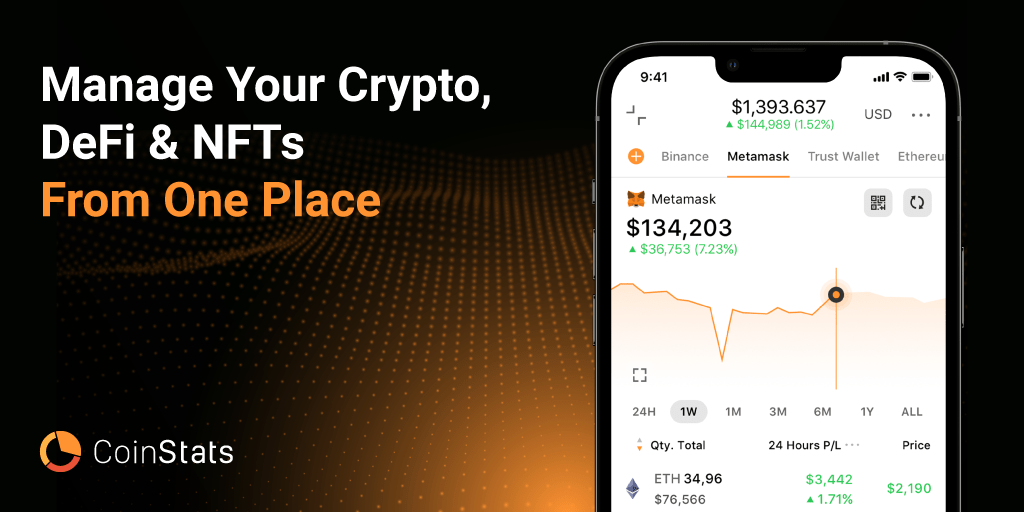
⭐⭐⭐ See the entire video selection at KryptoKraken Videos



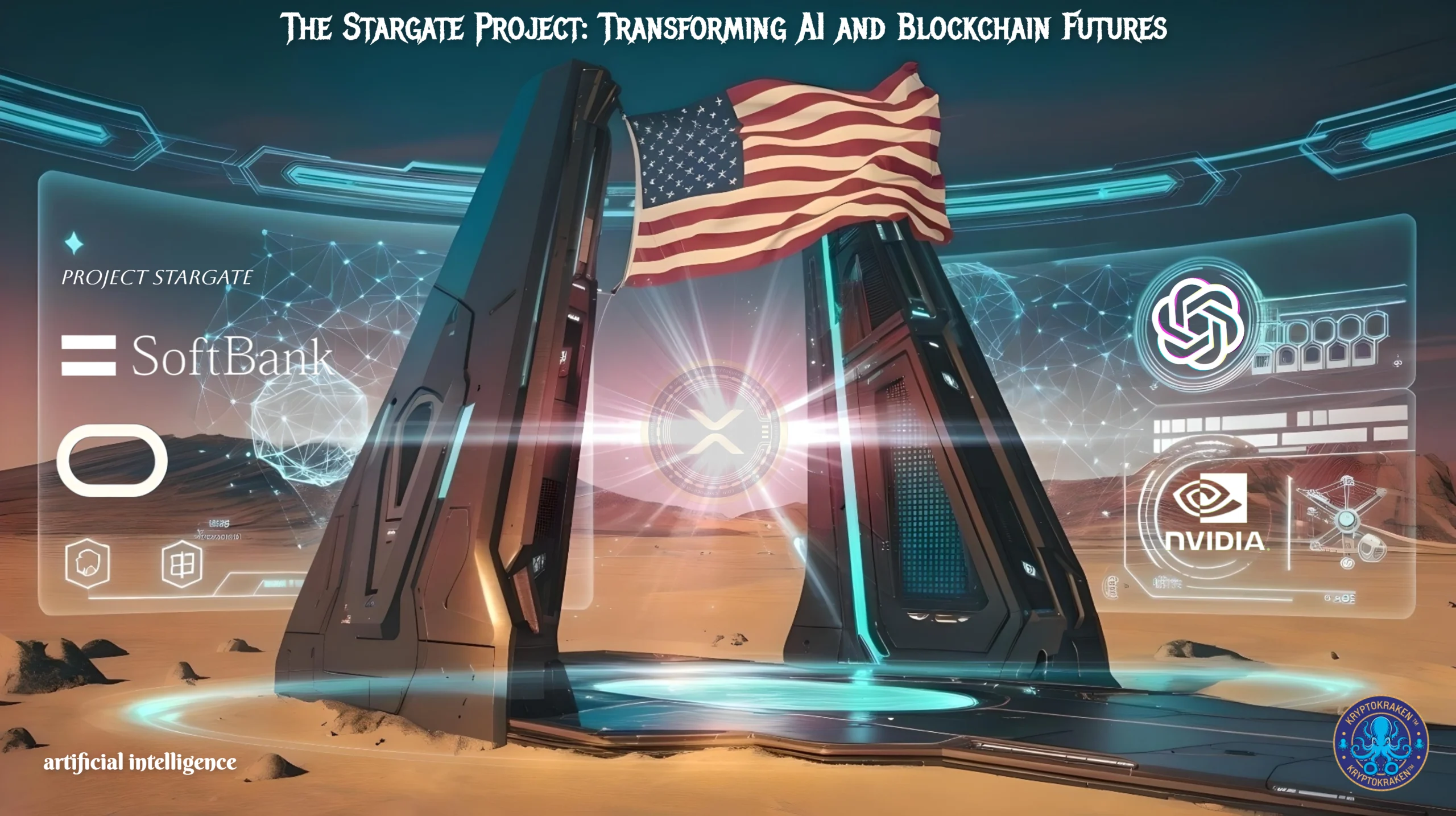
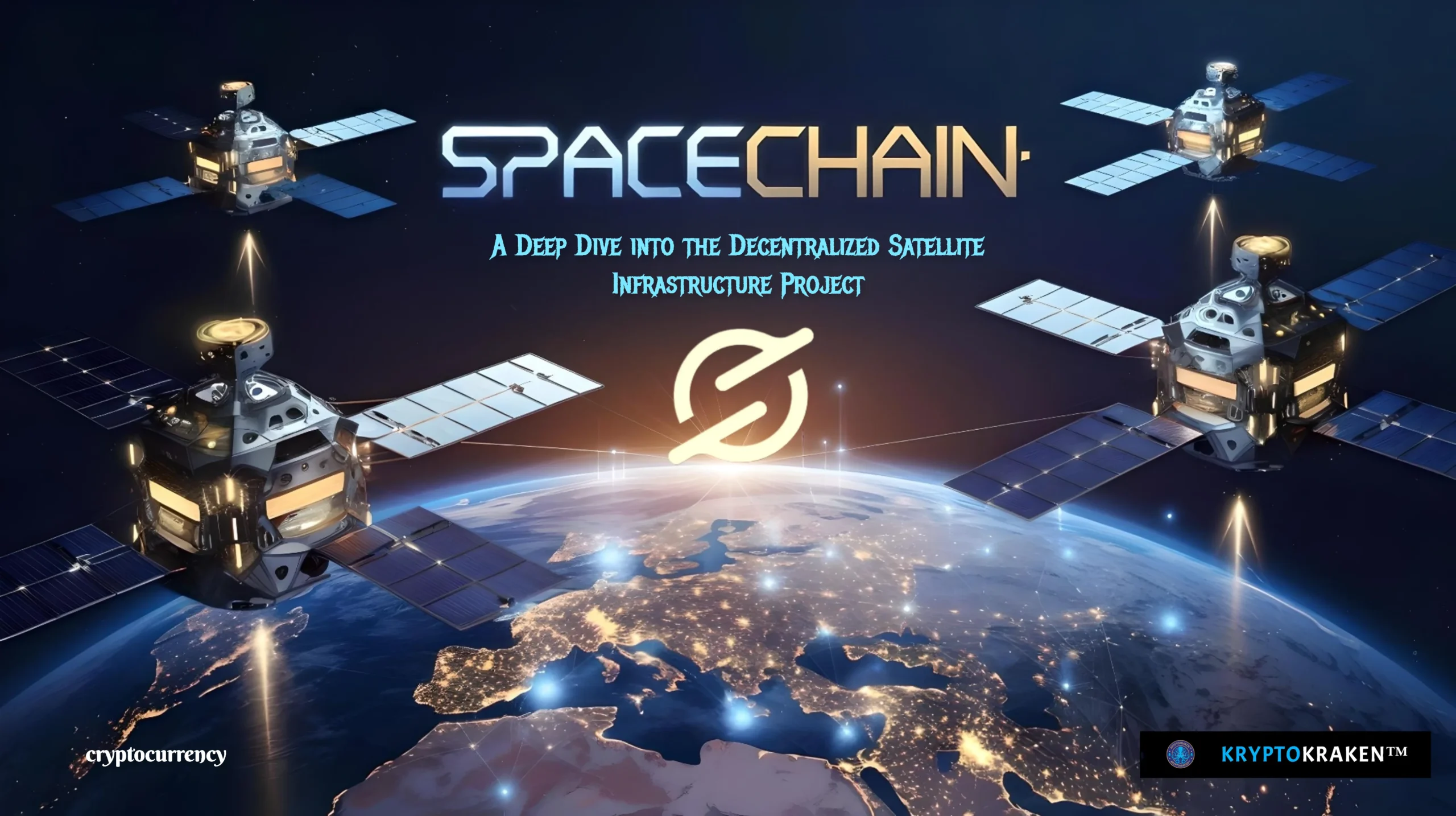
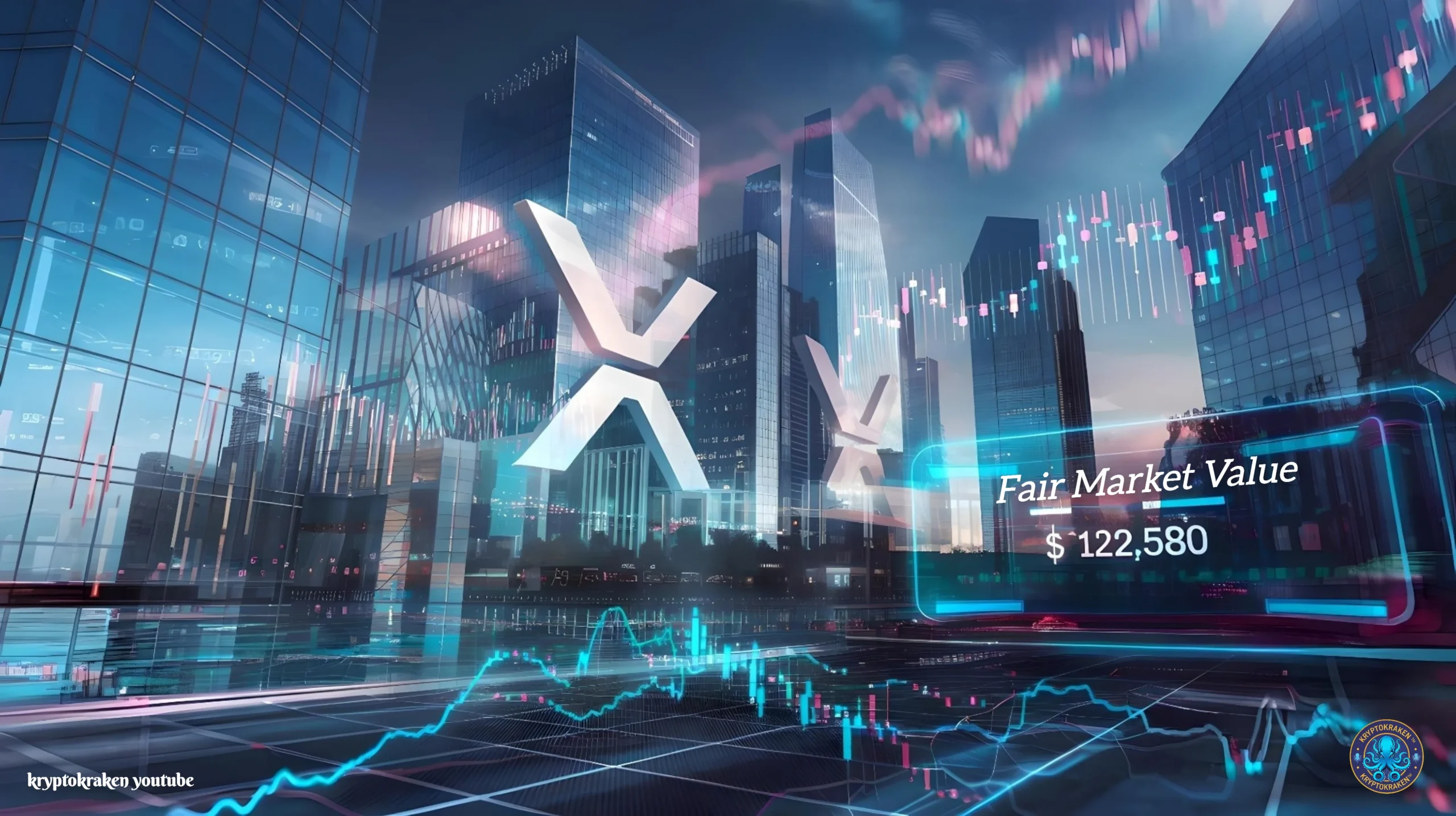
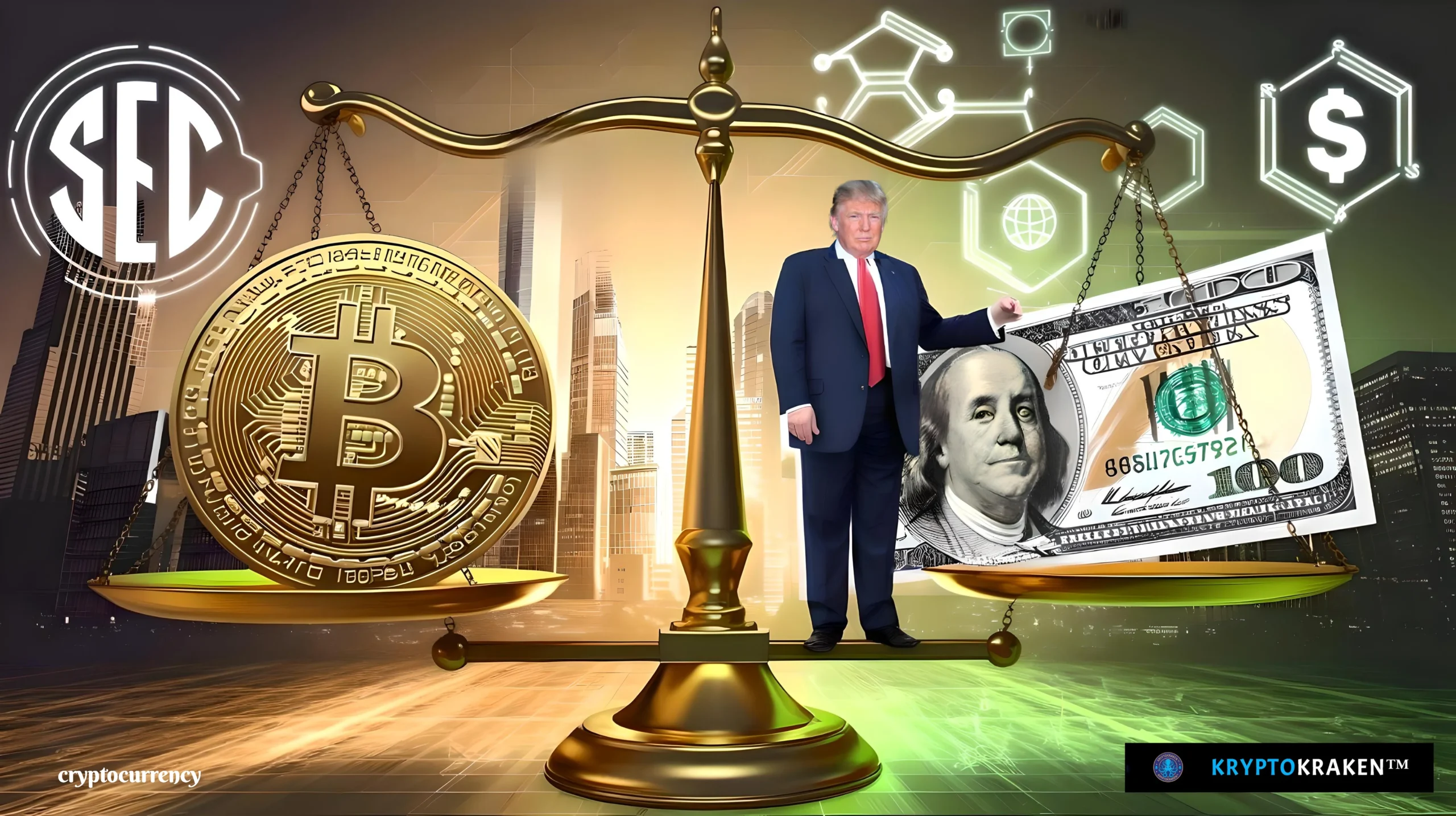

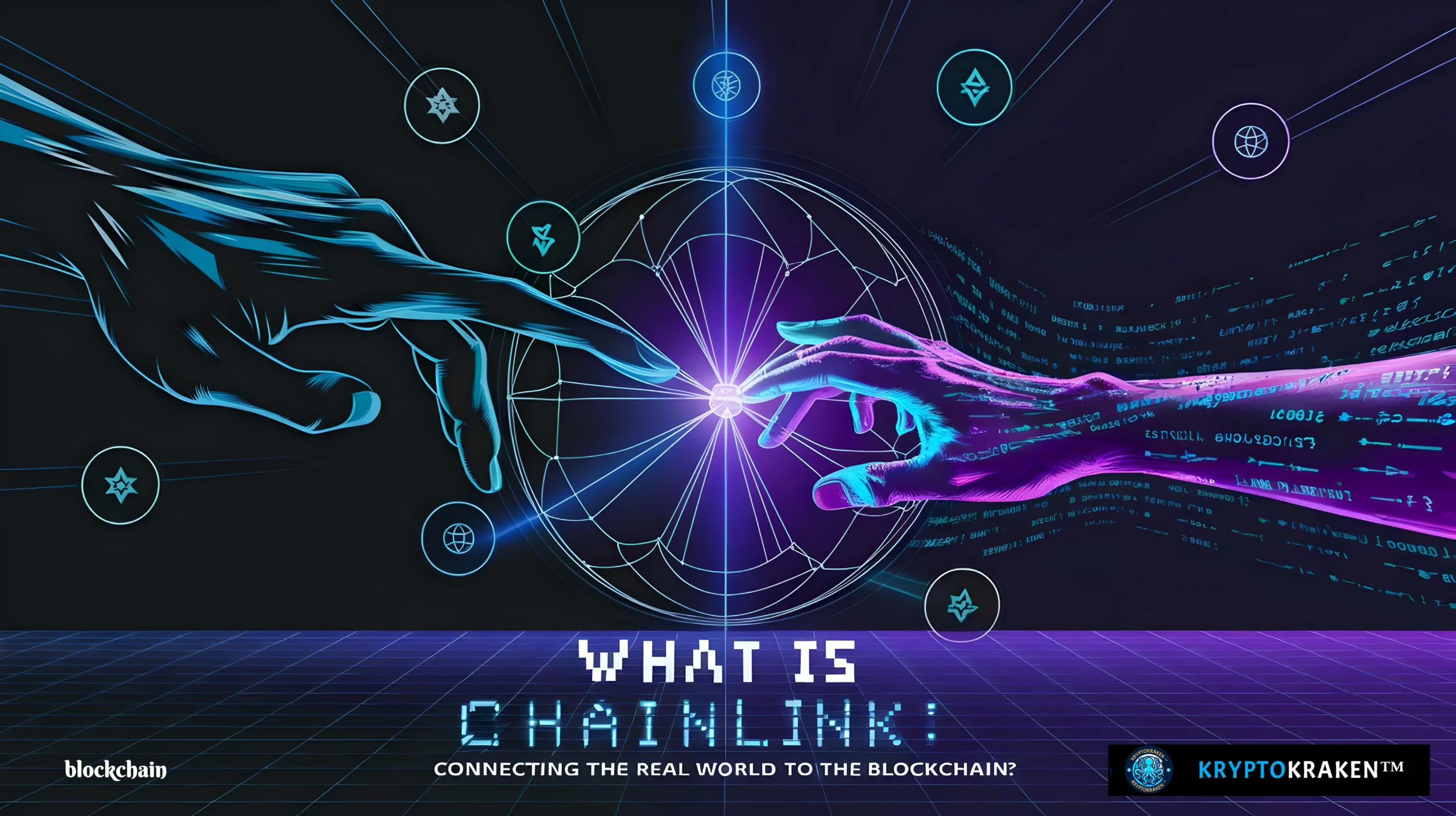
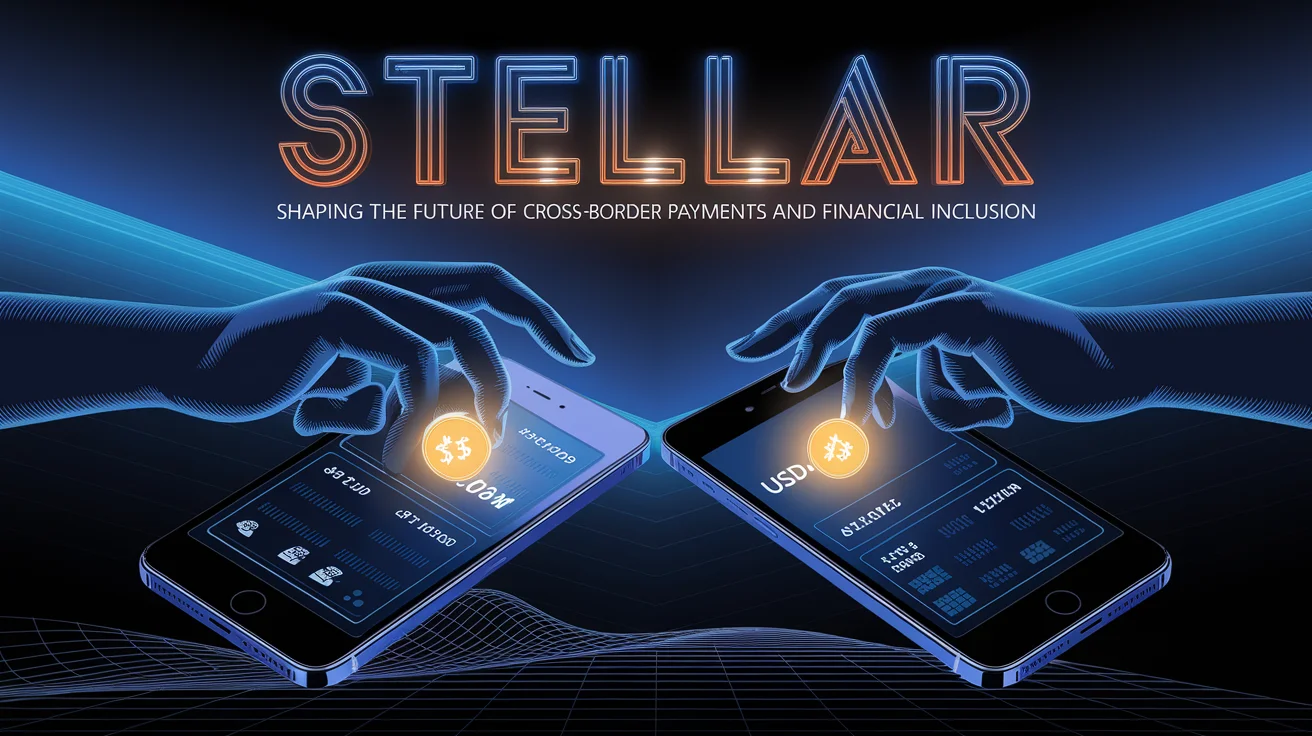
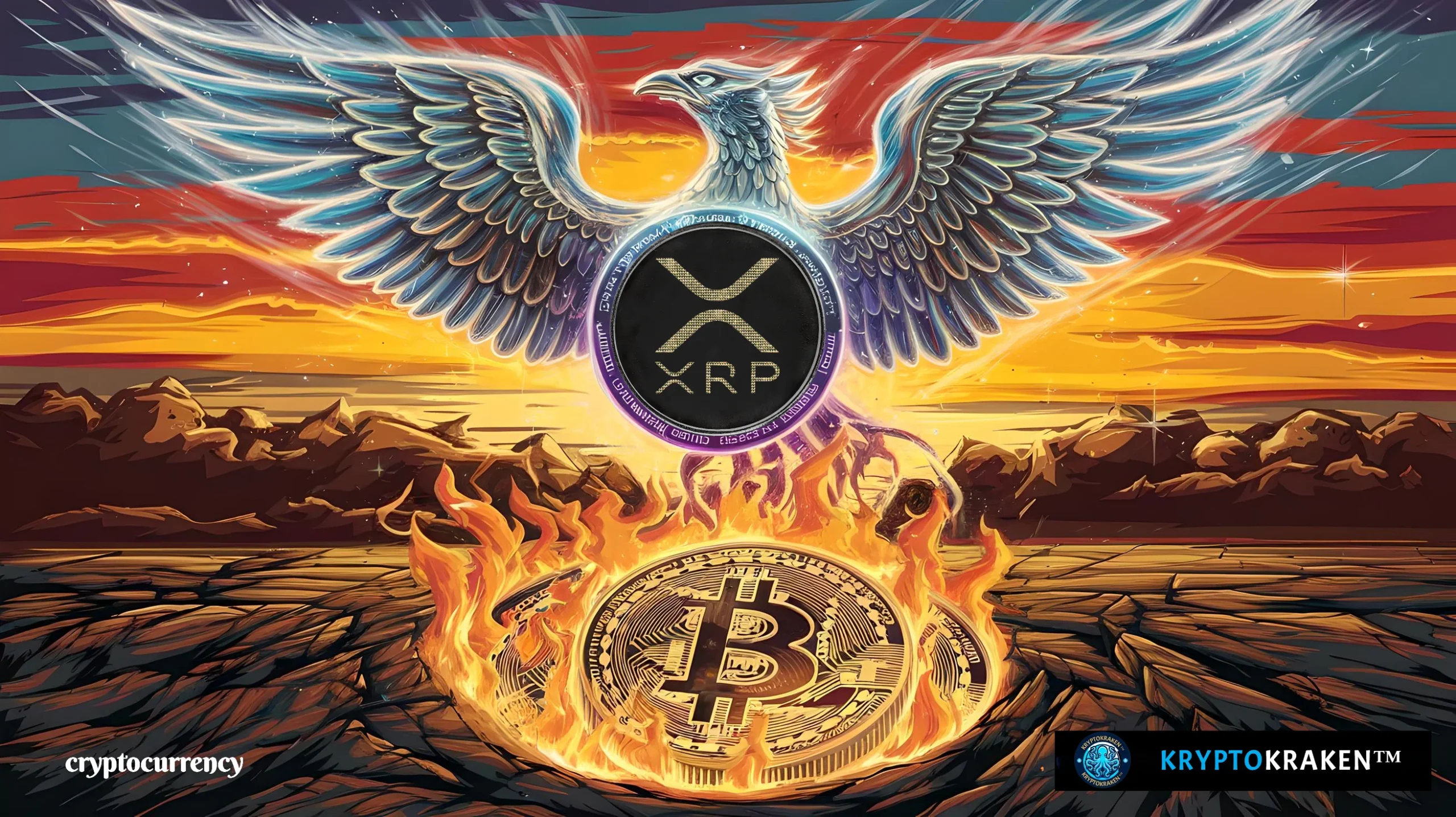
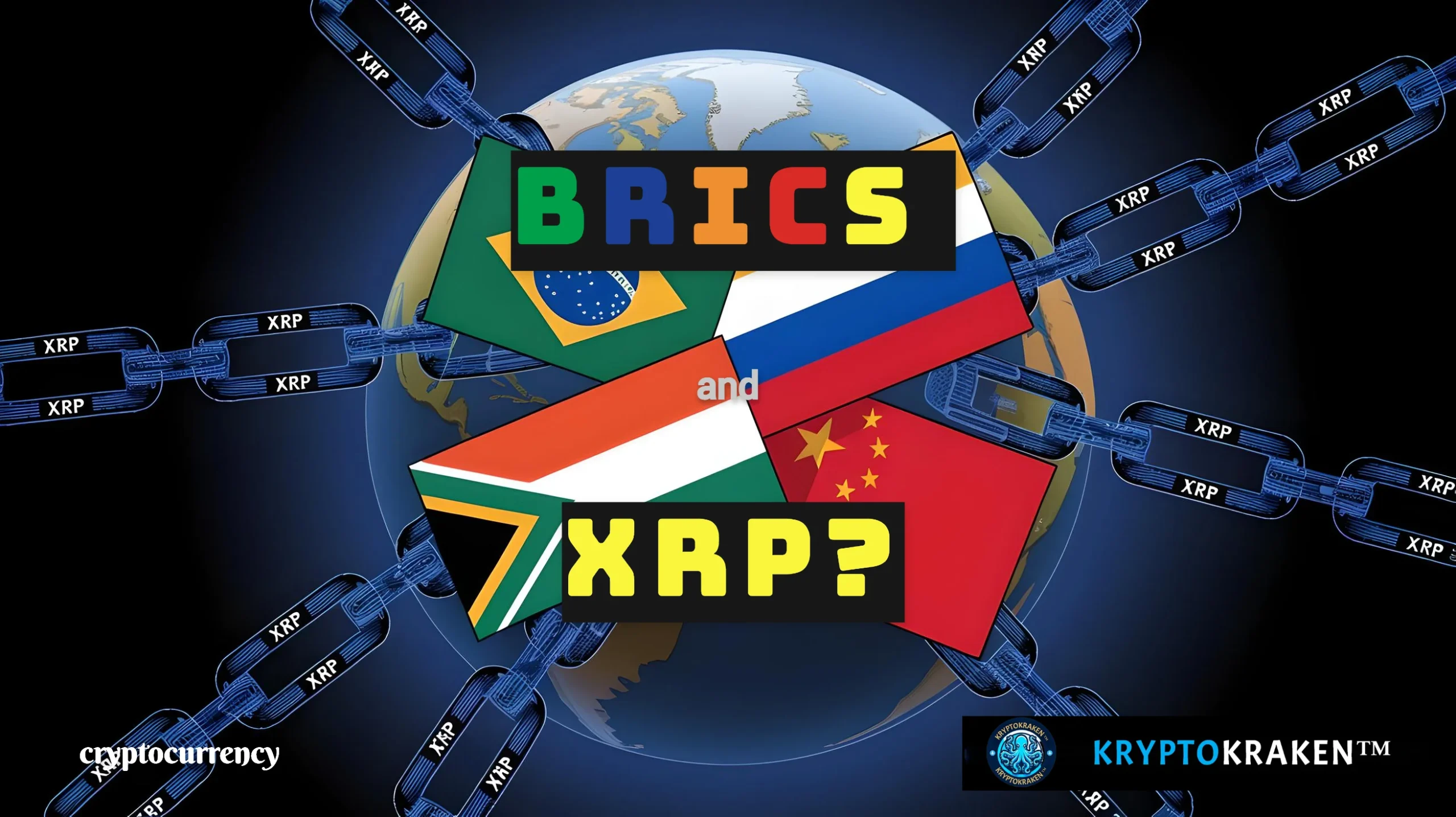

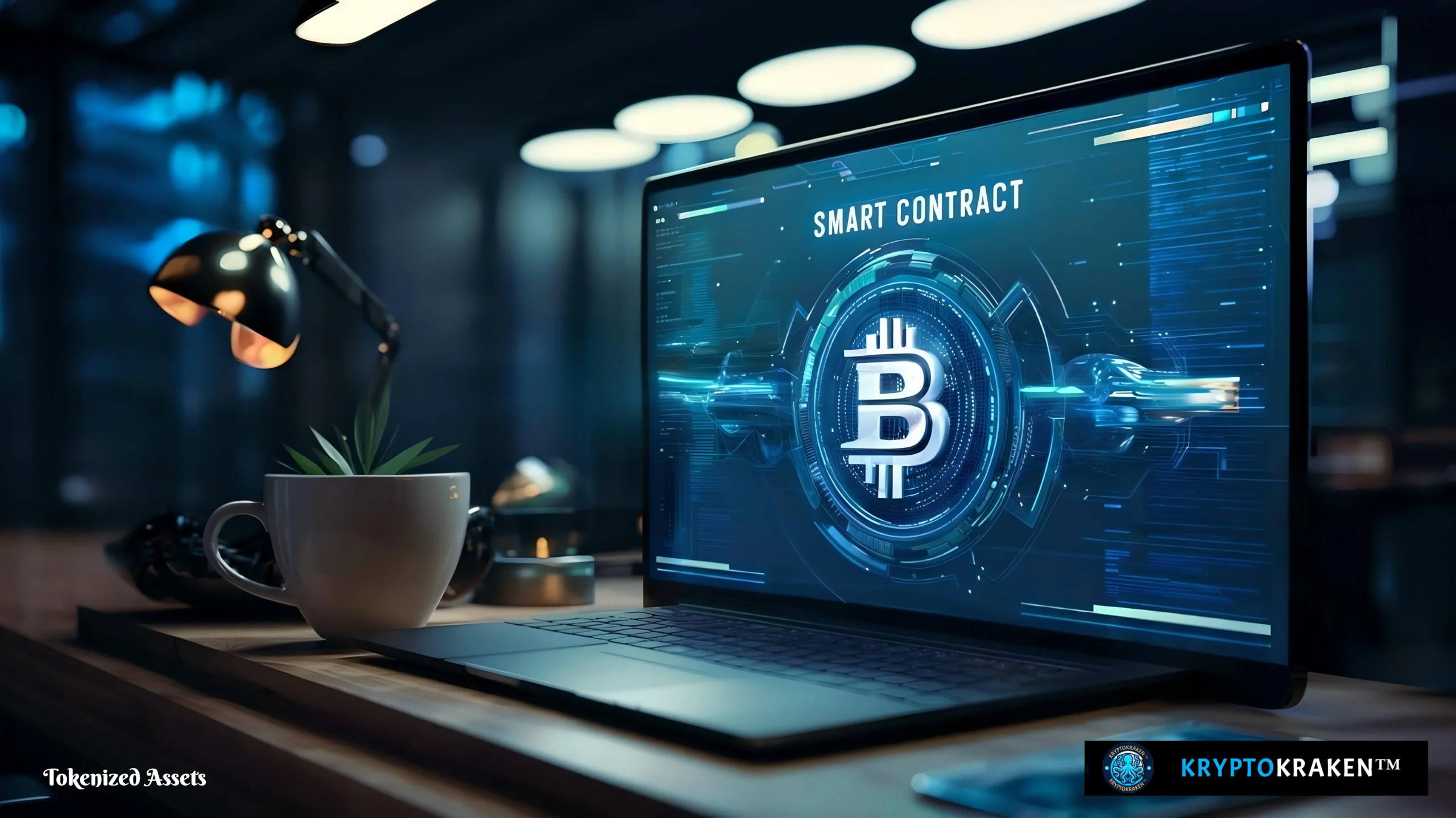
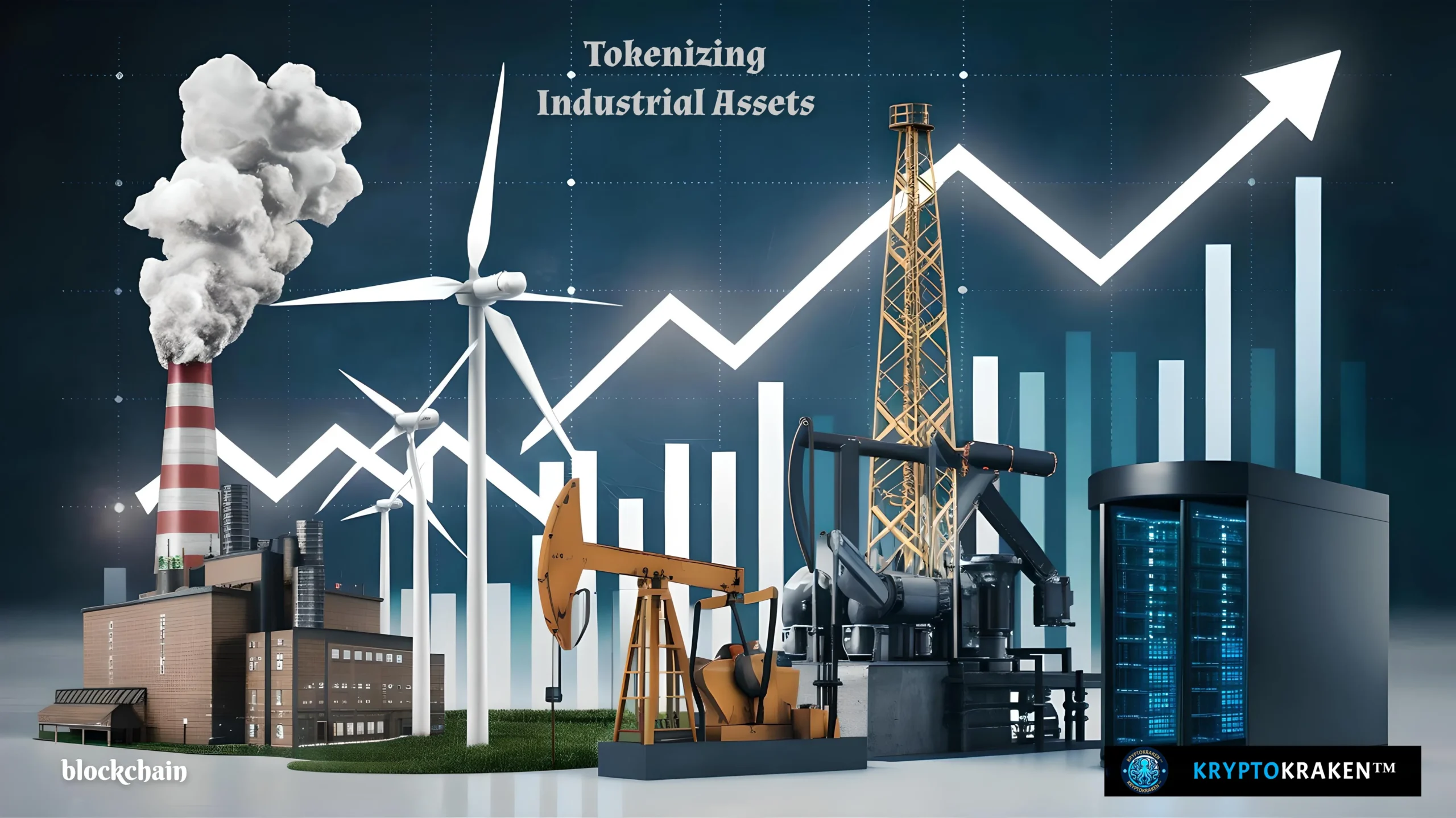
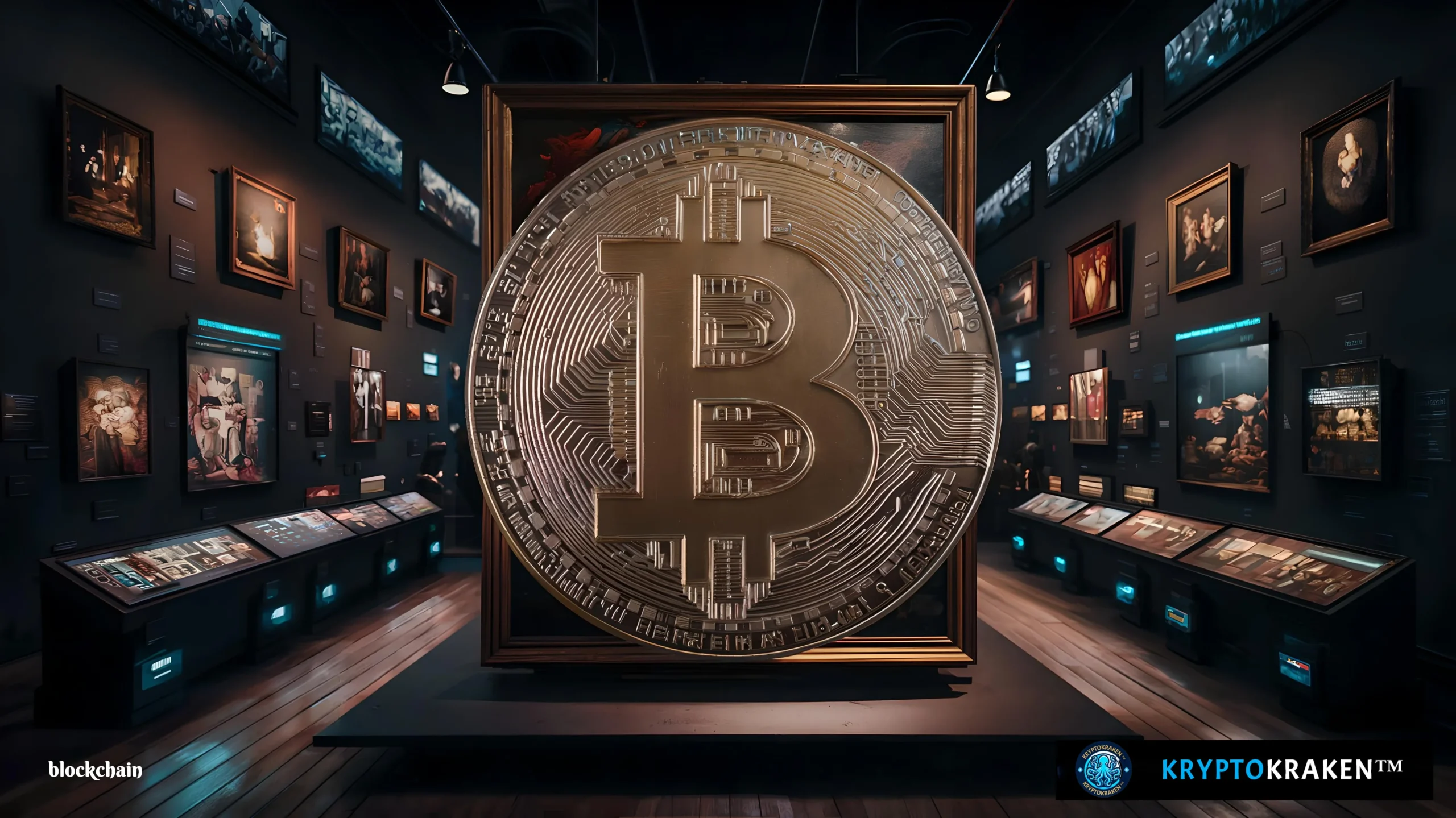
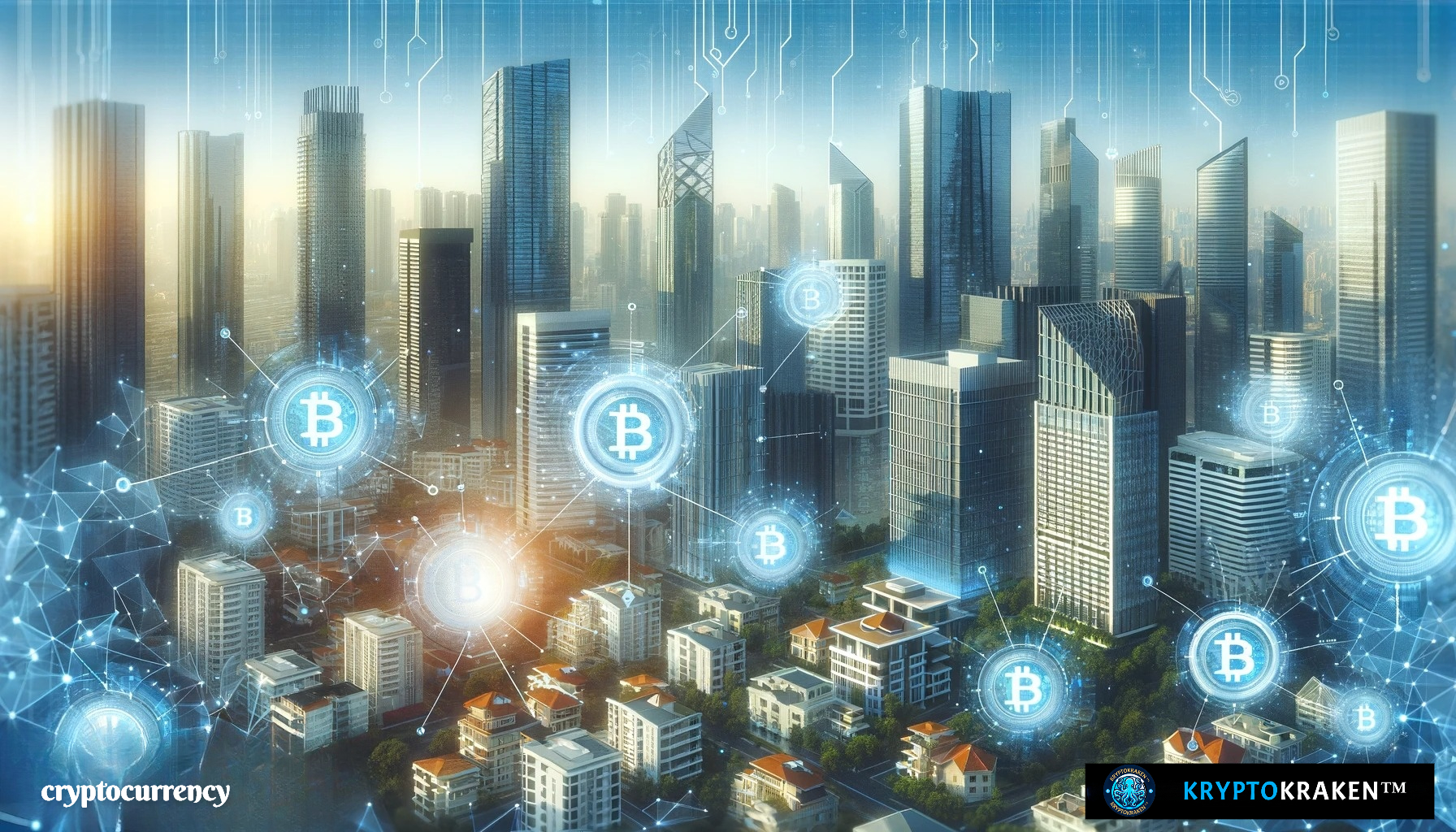
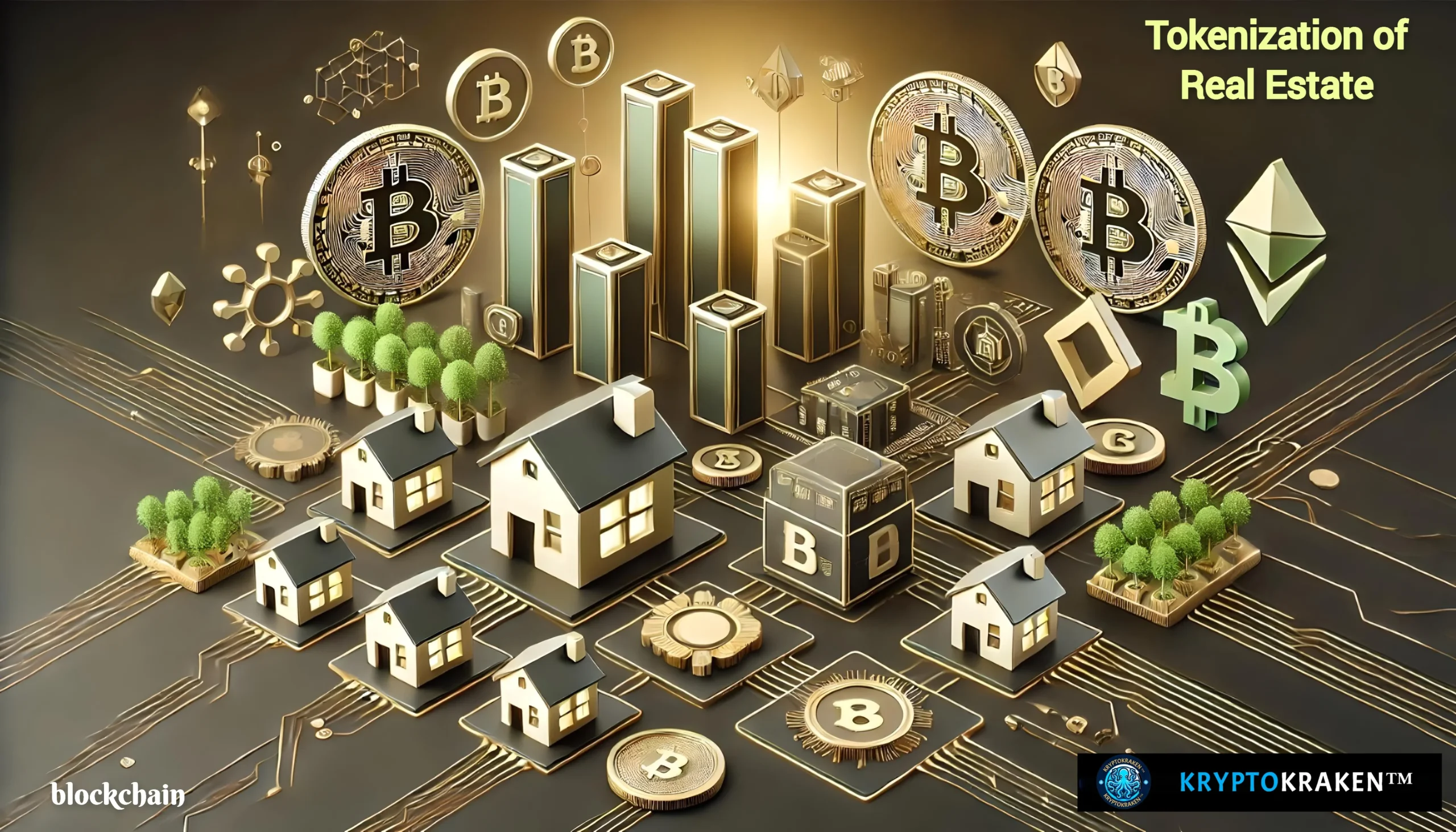
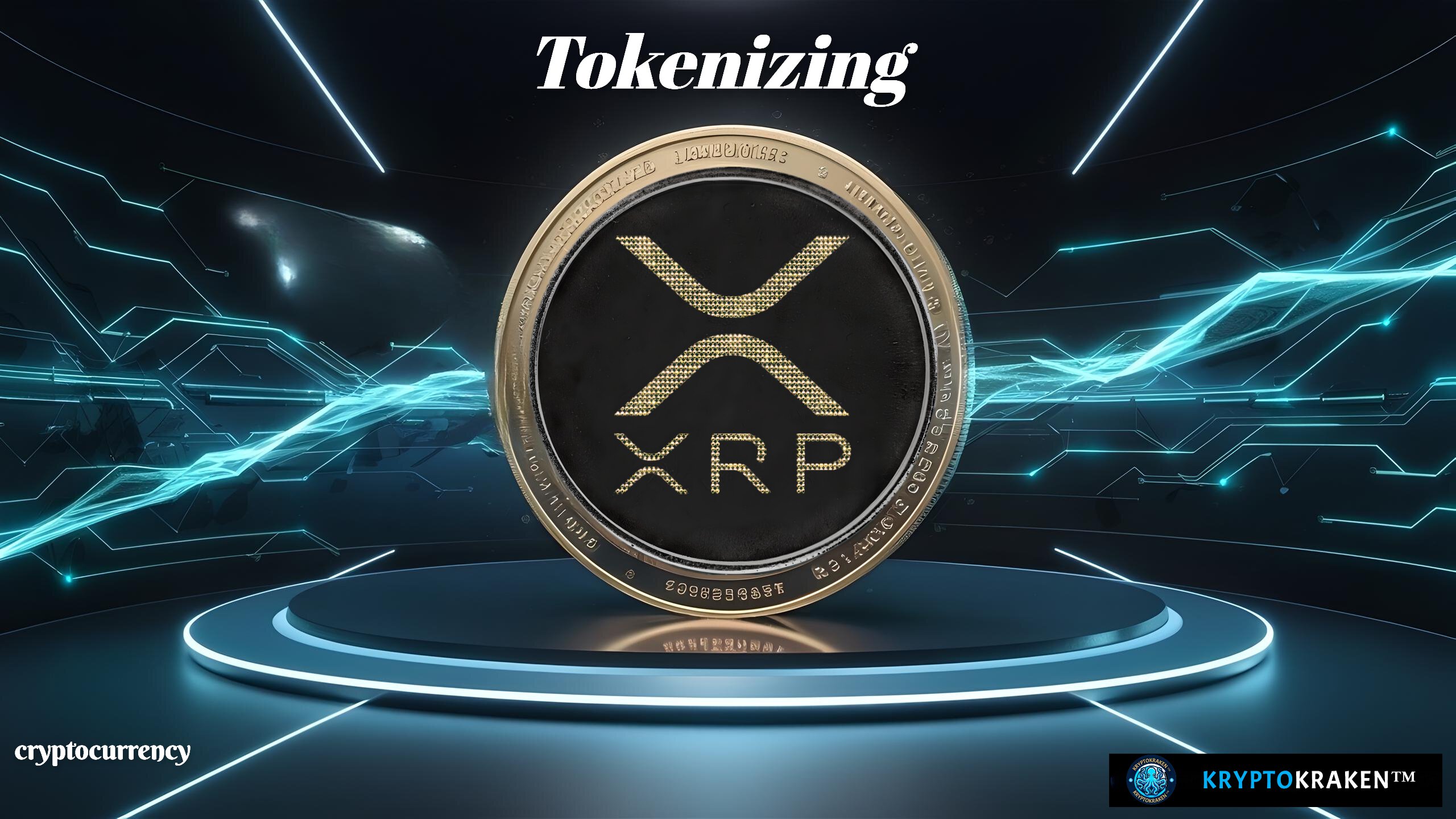
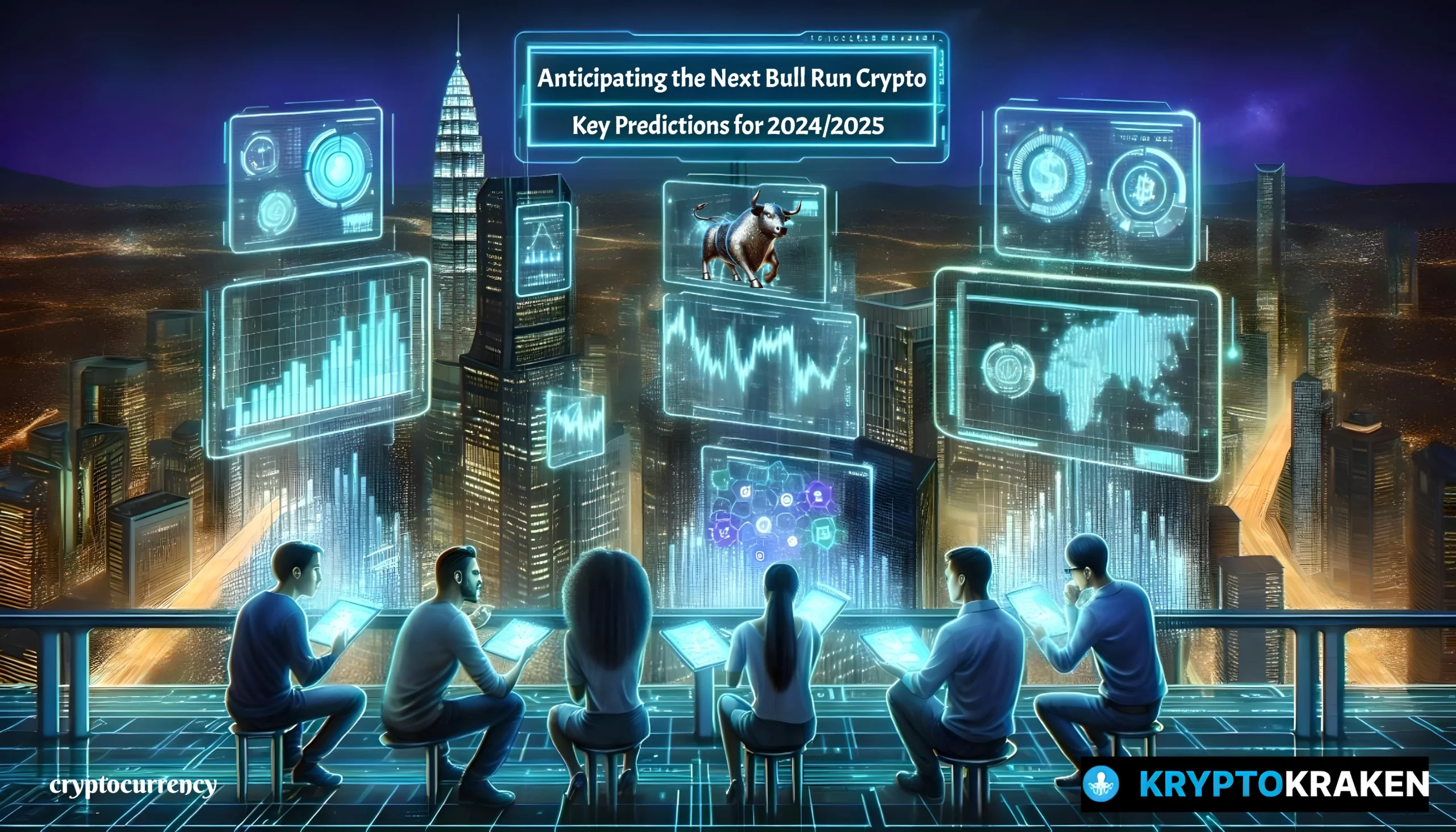
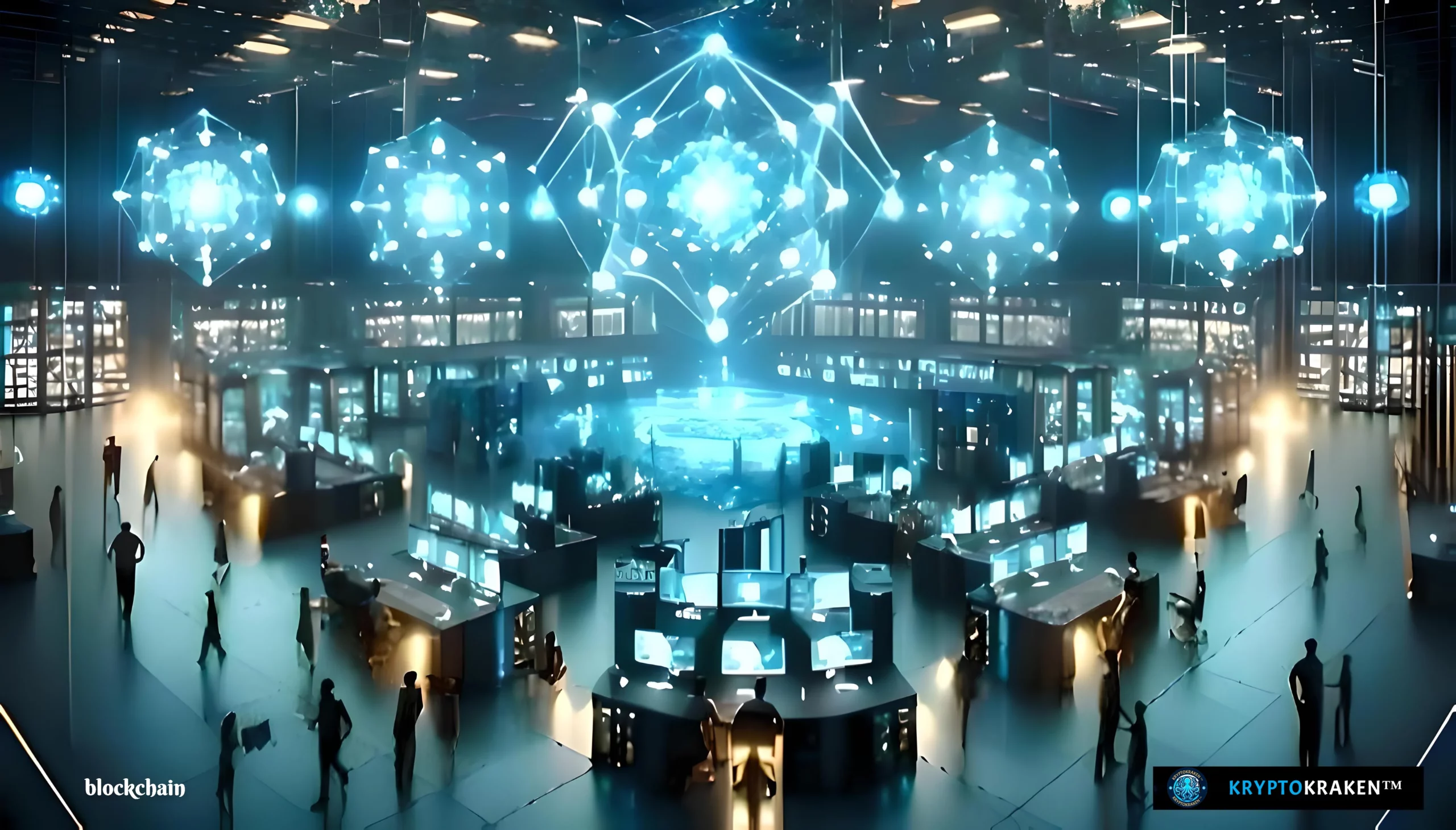
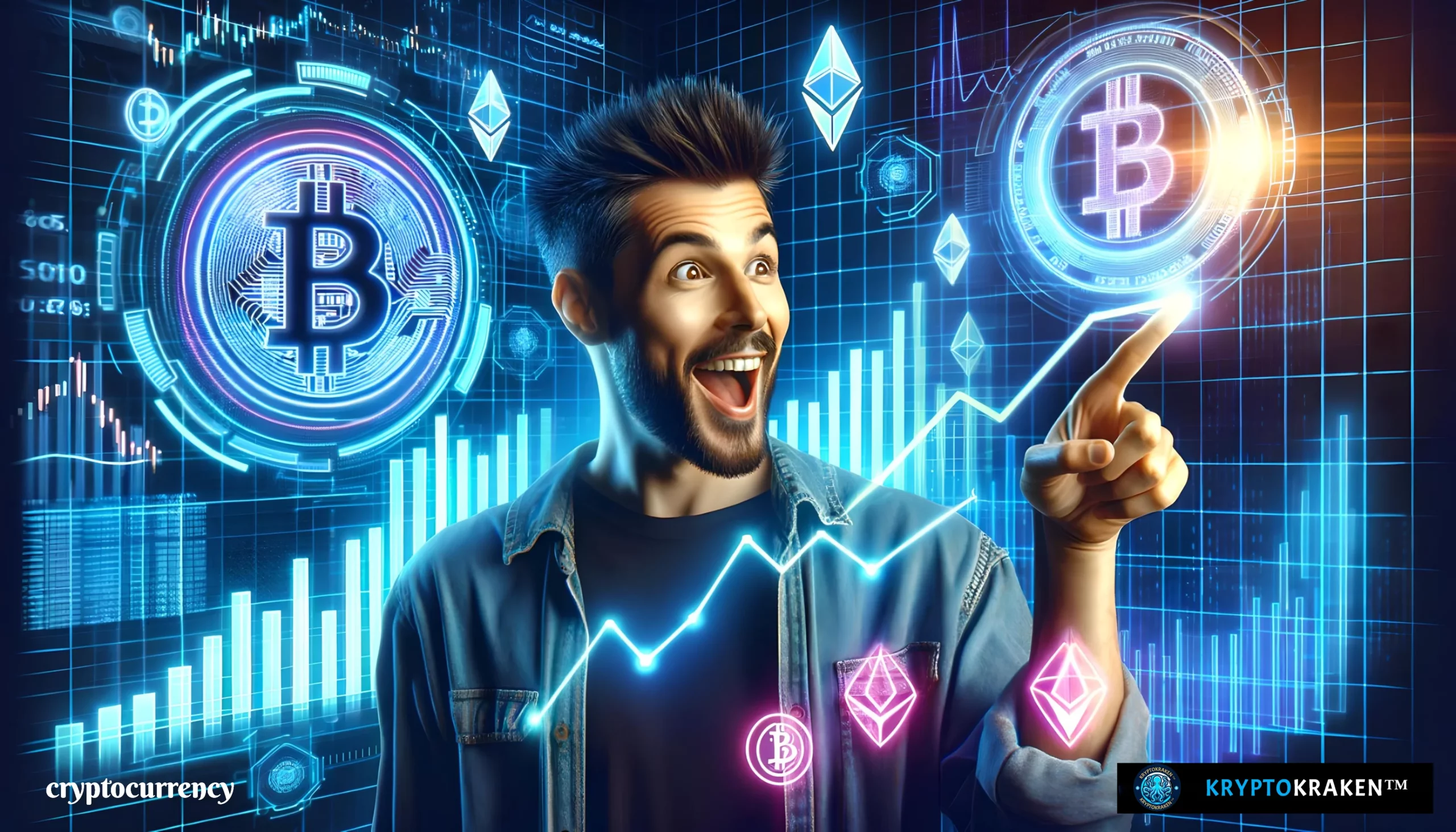
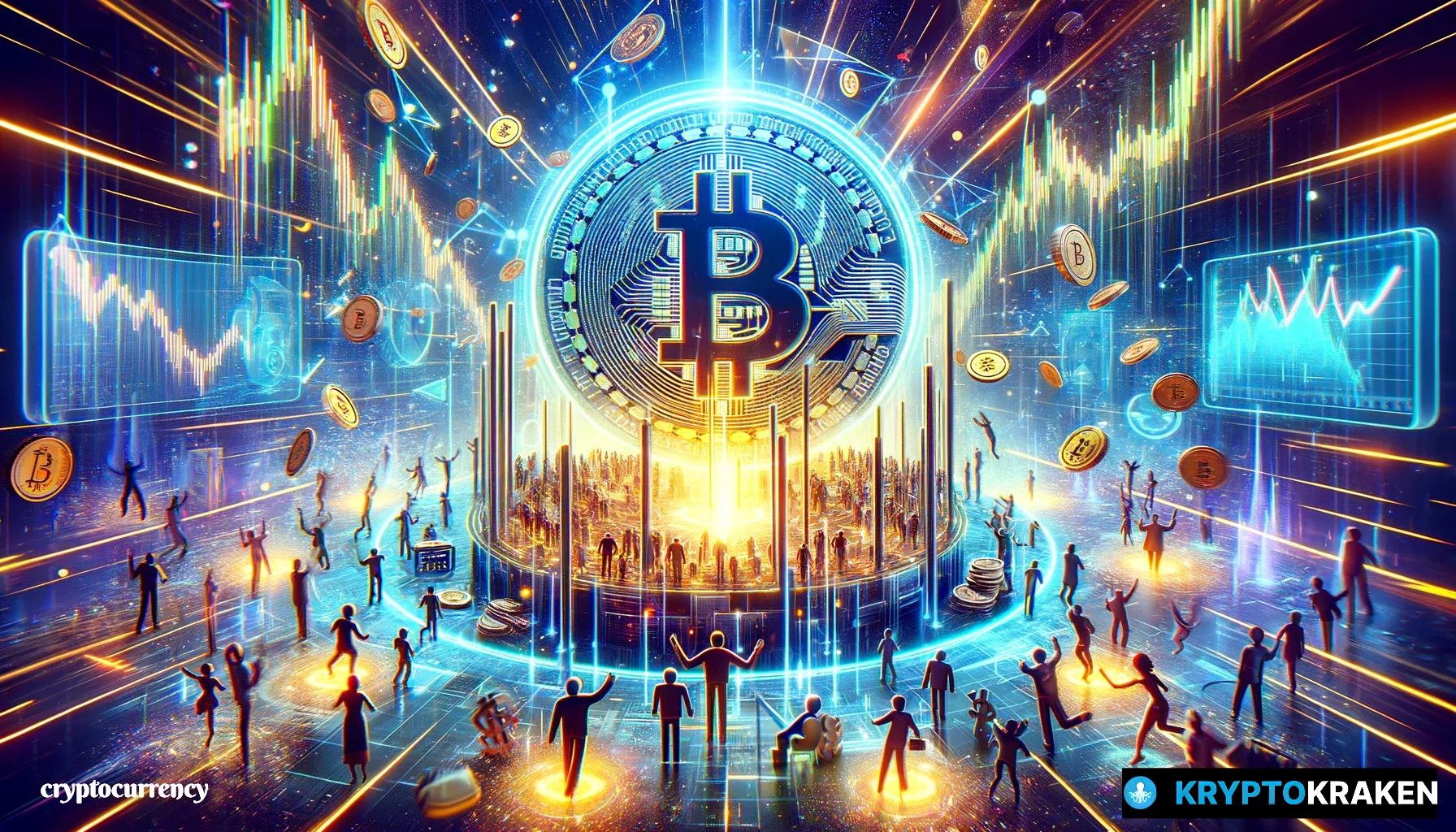
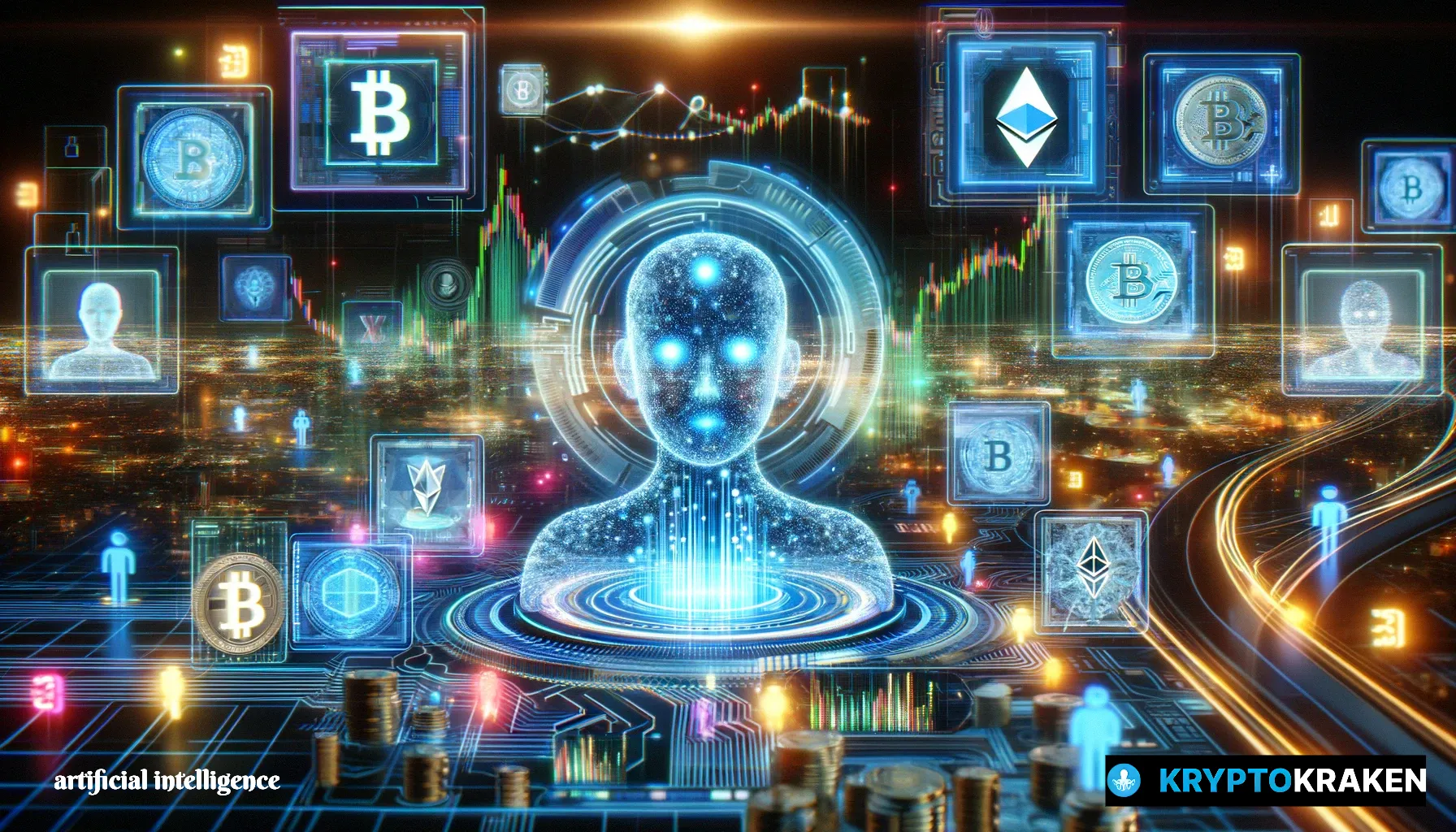
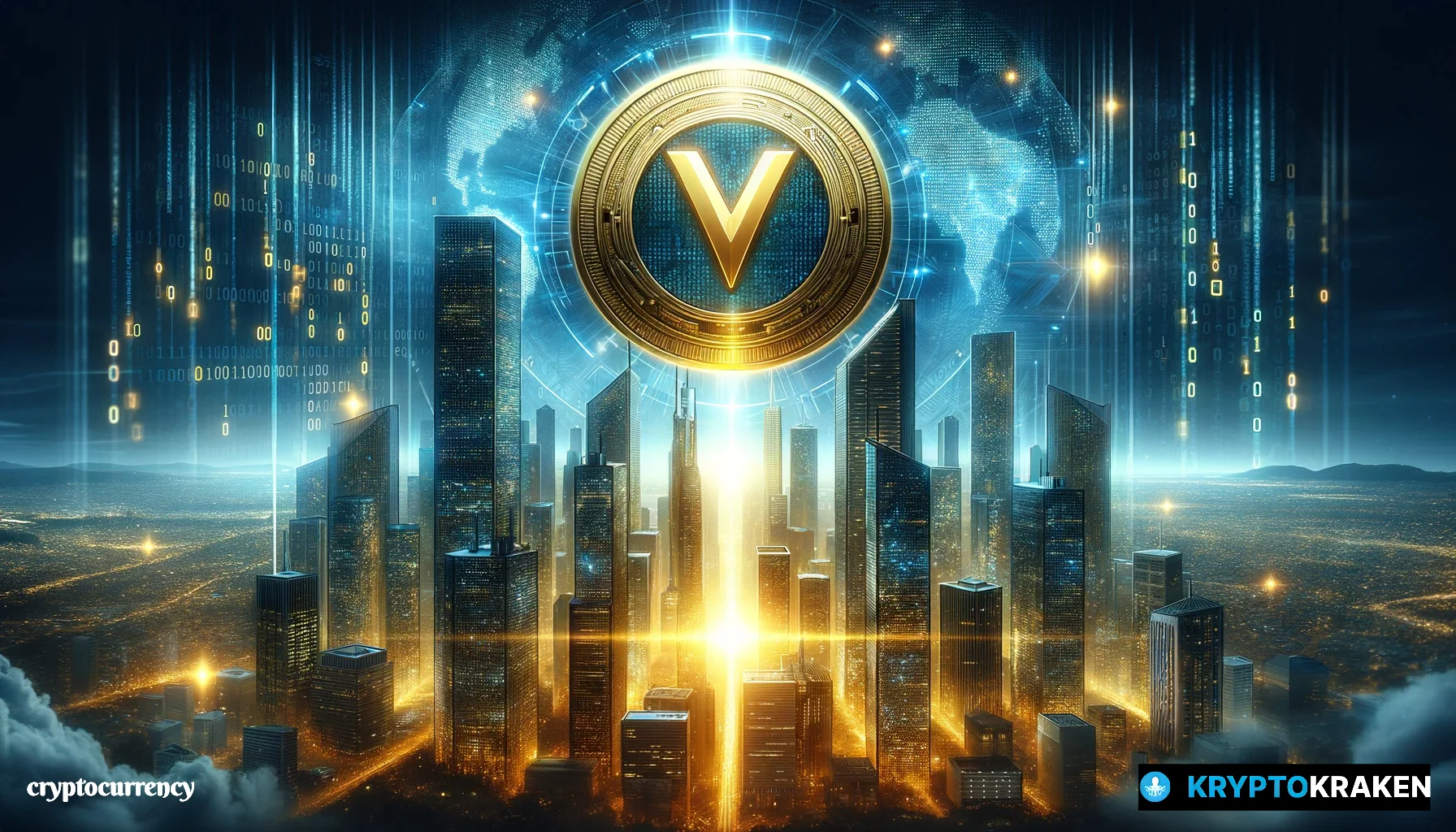
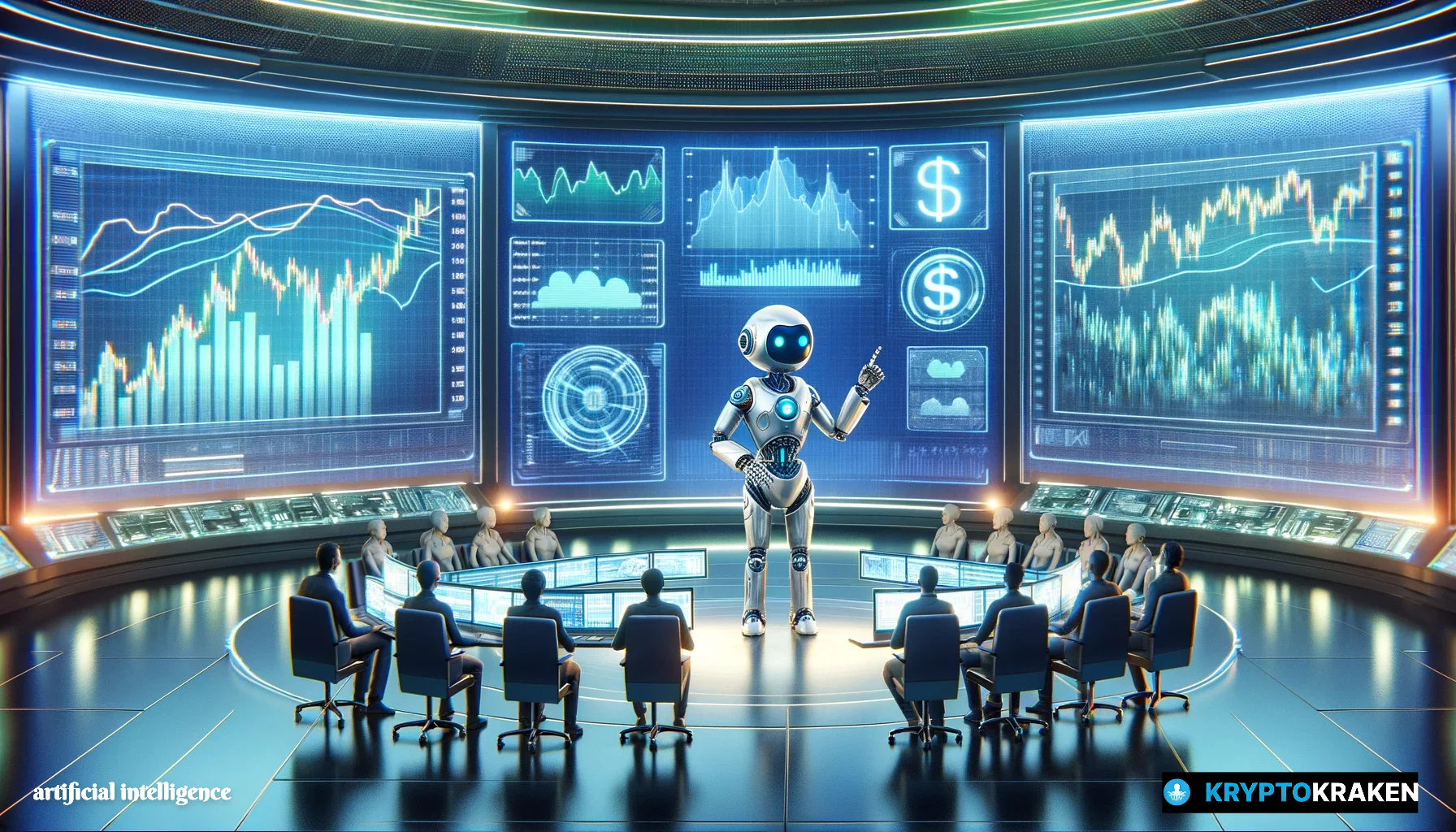
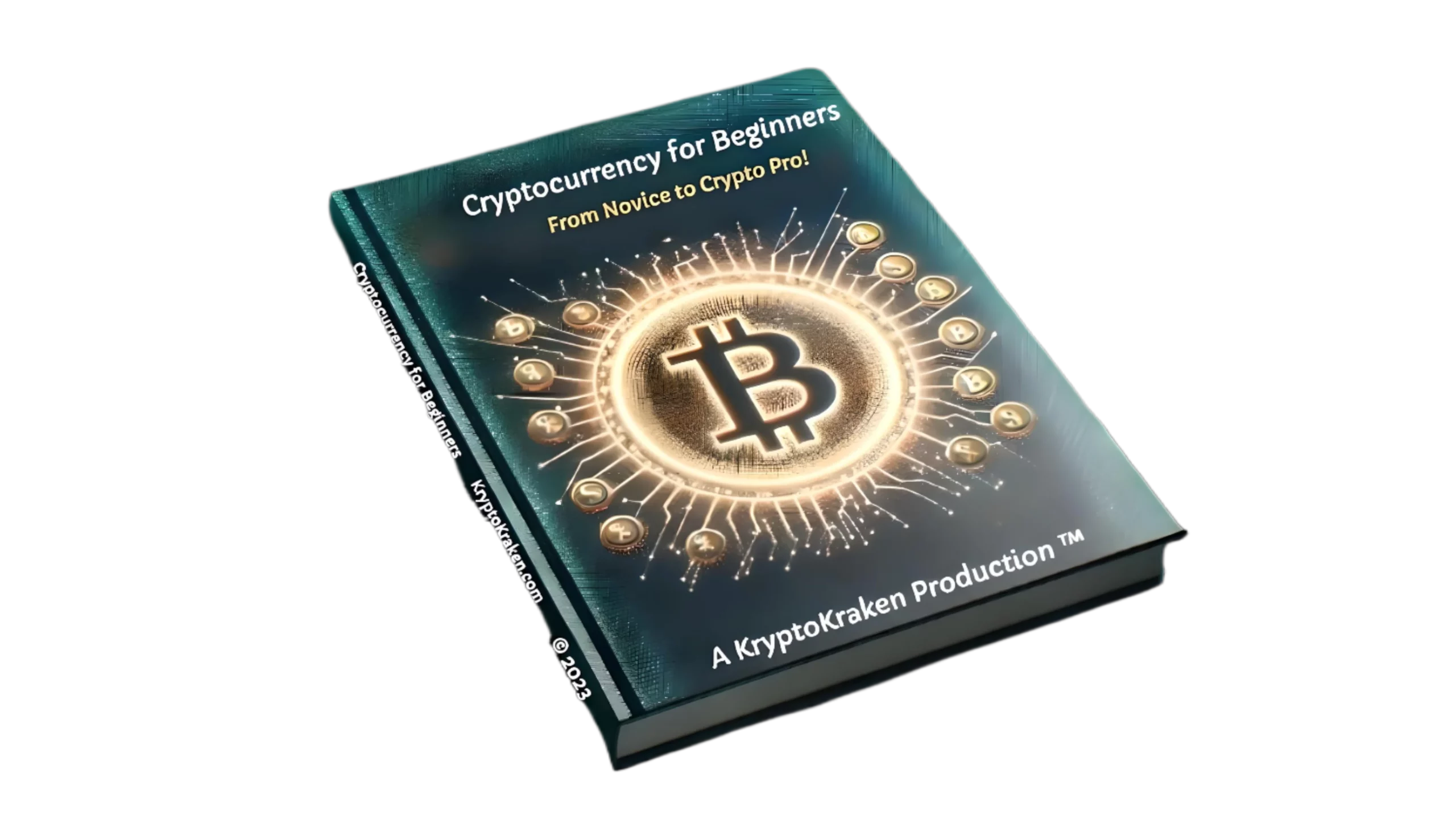
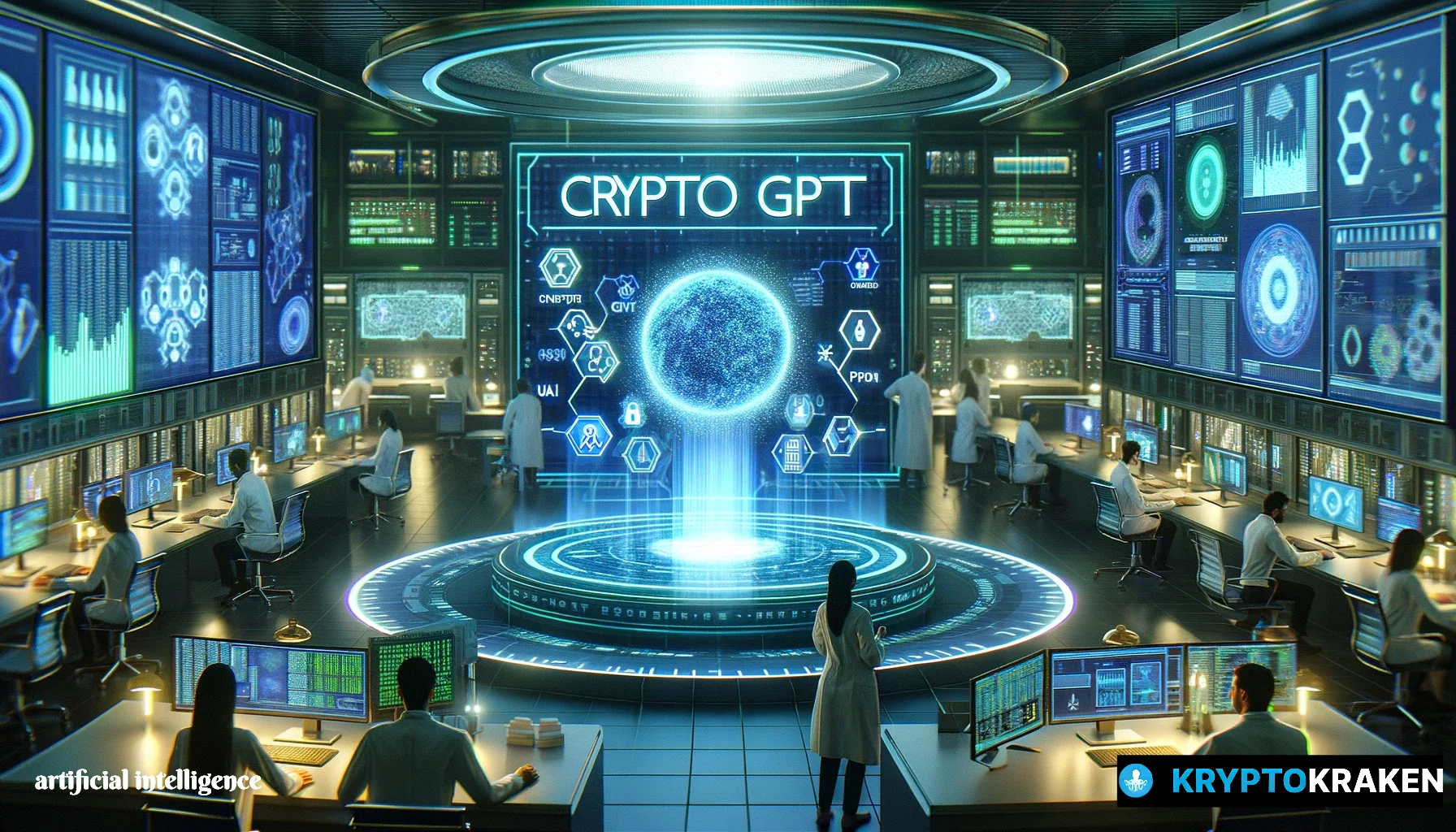
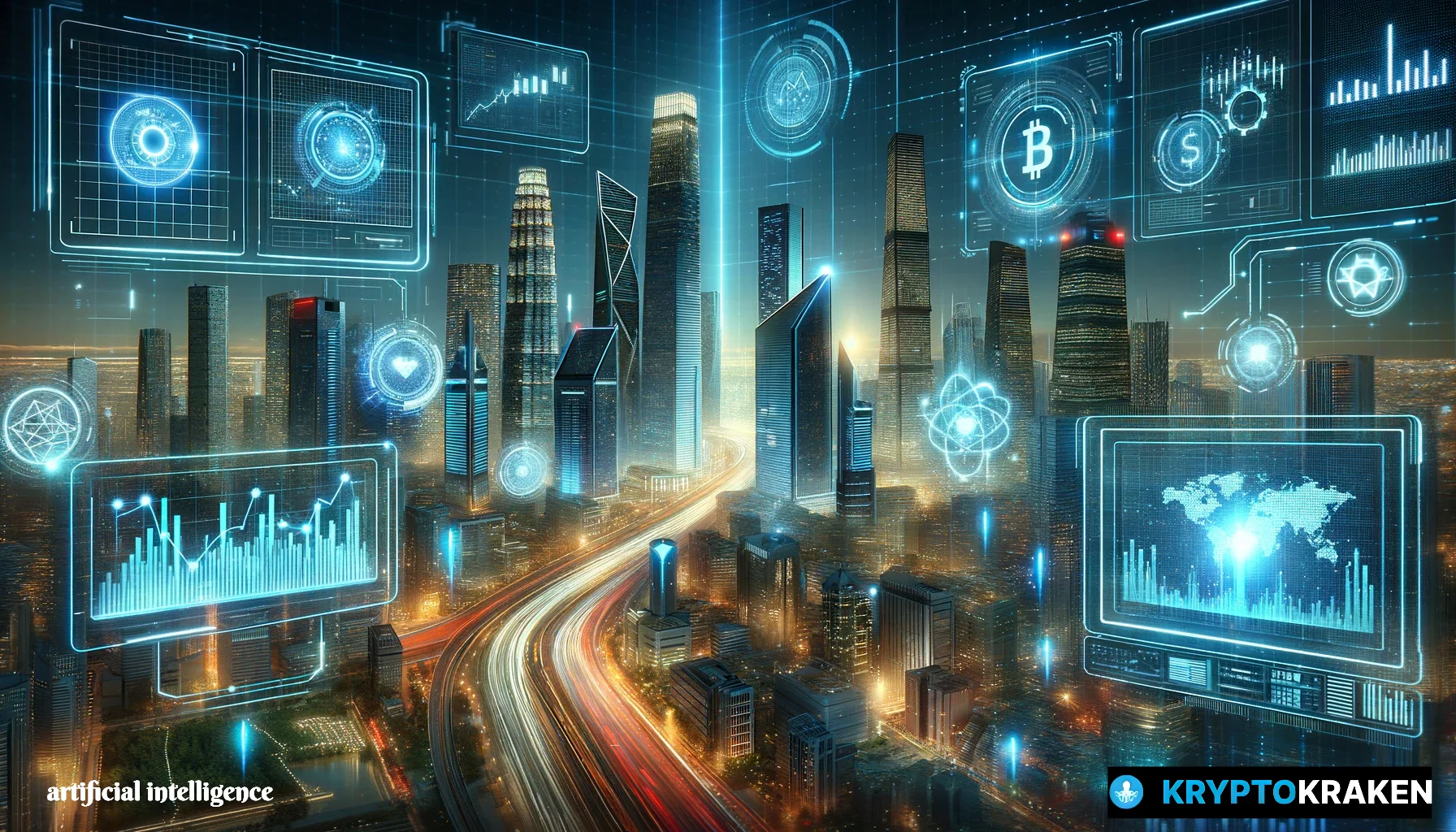
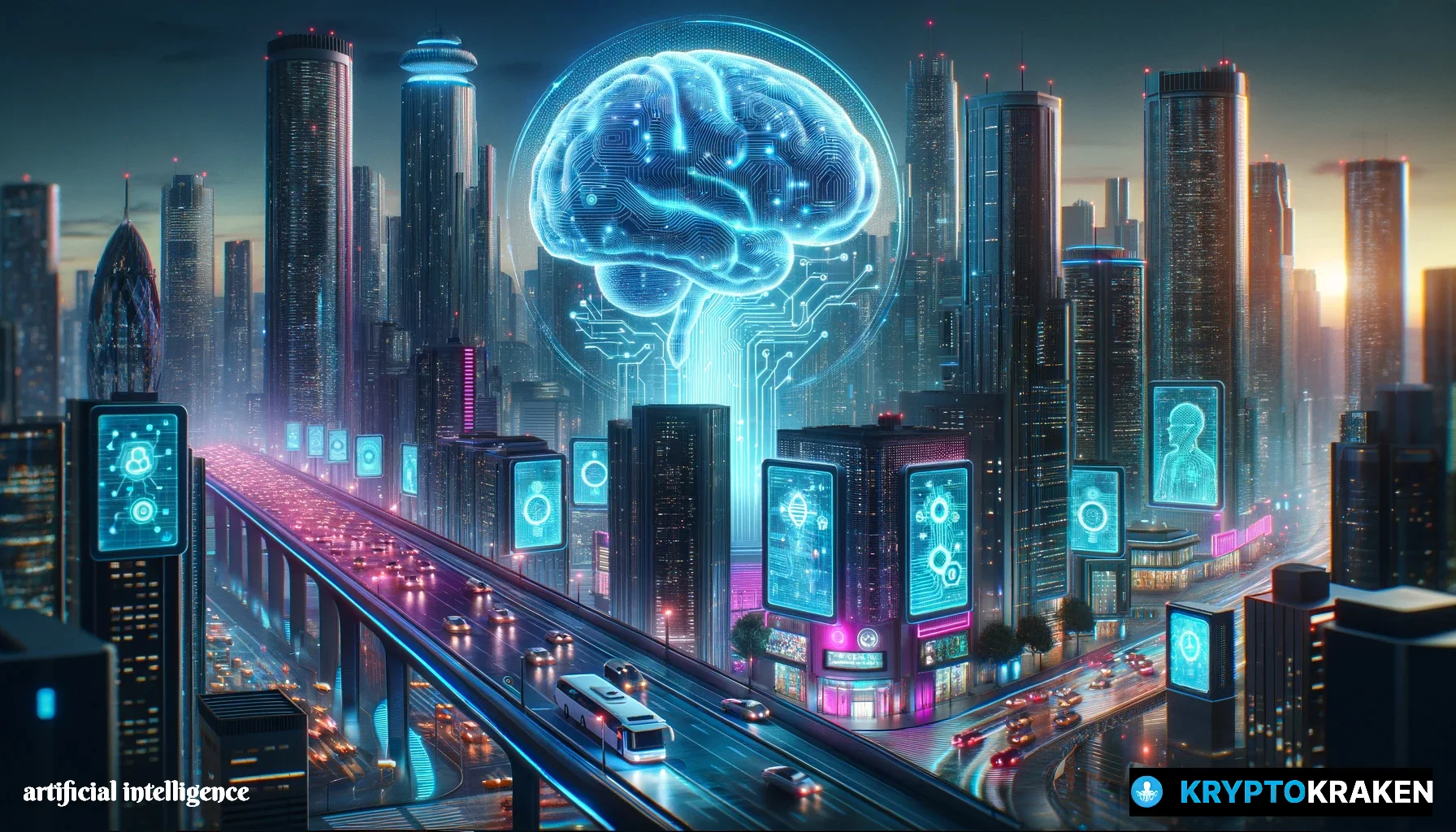
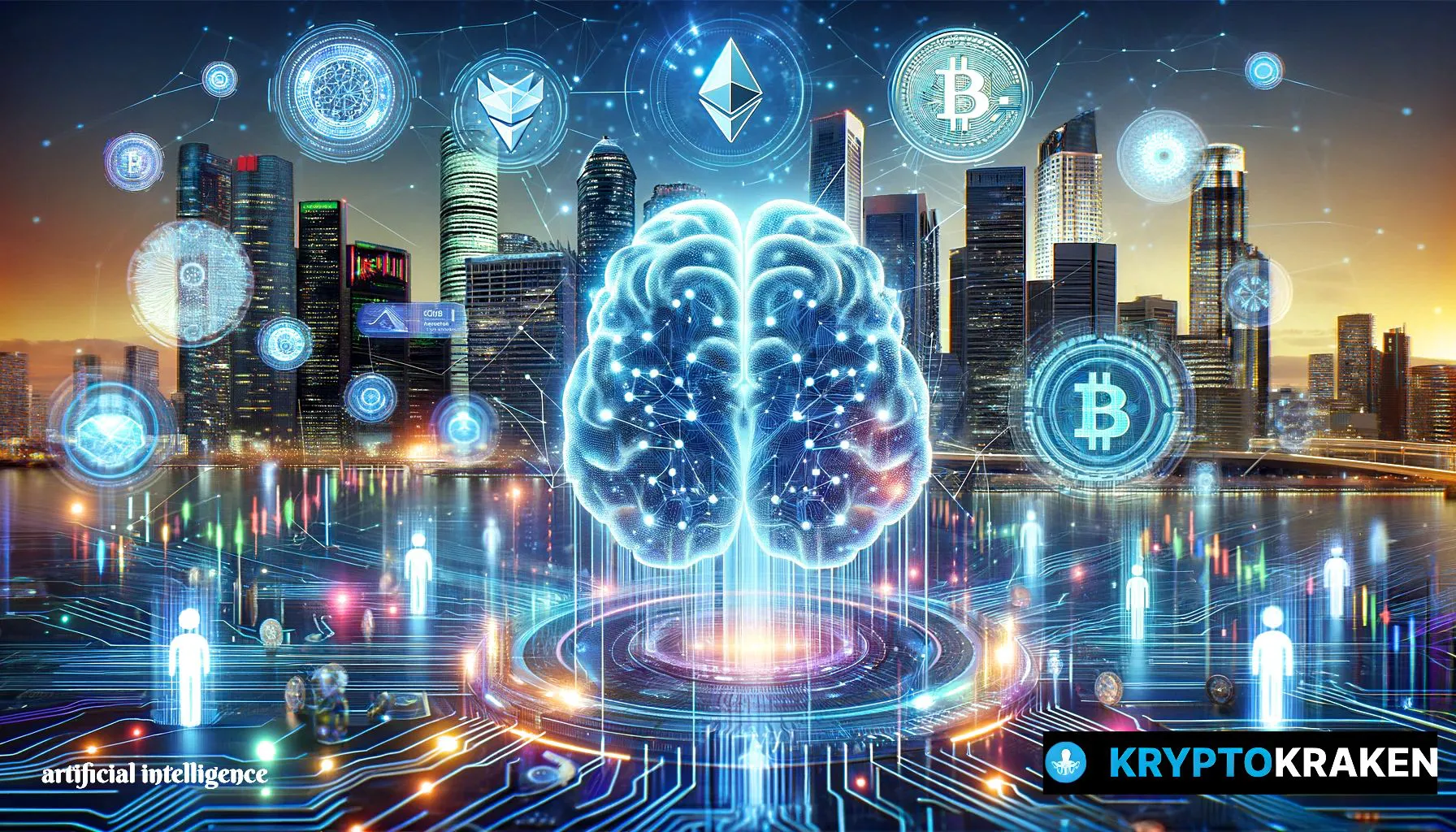
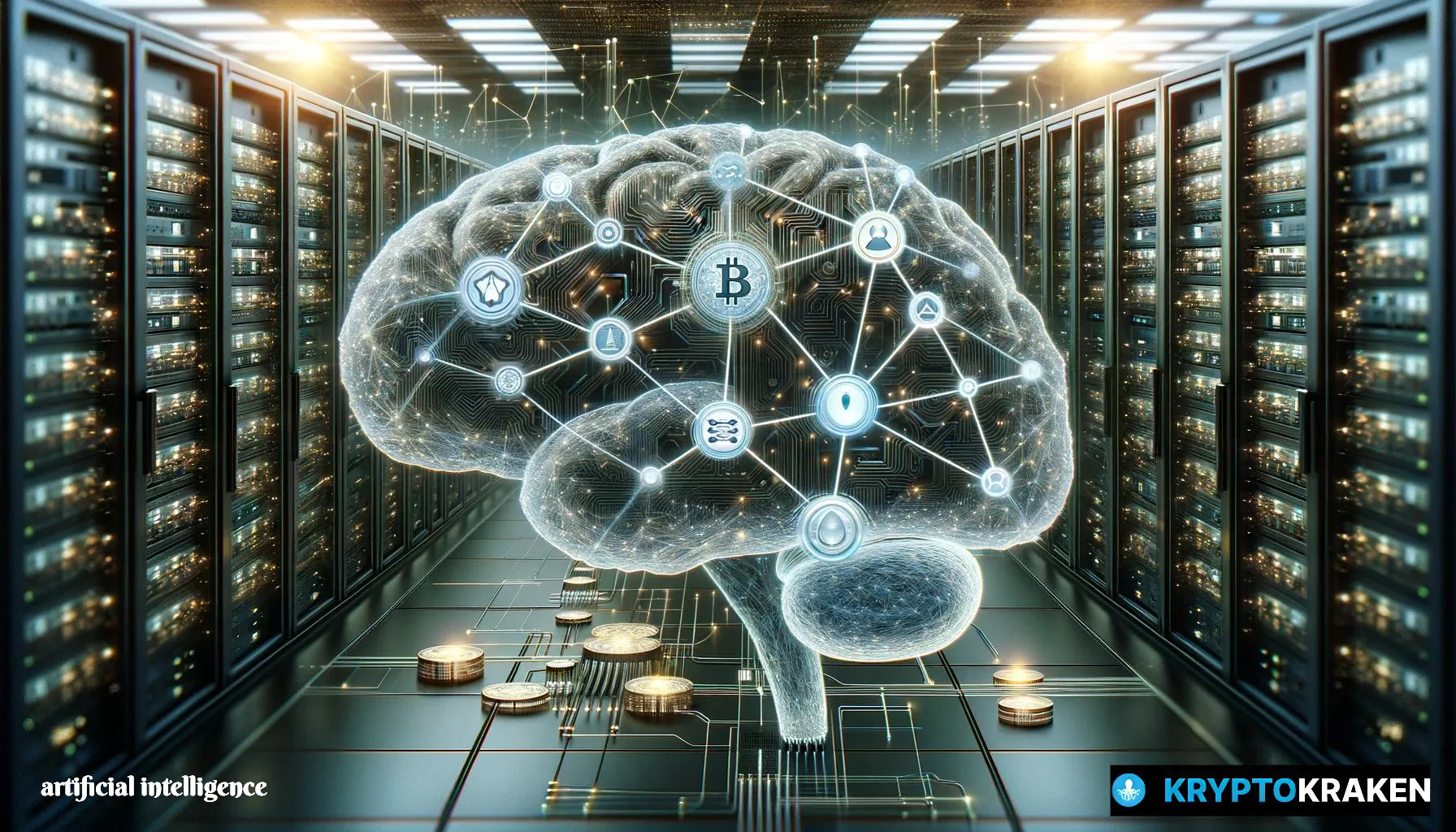
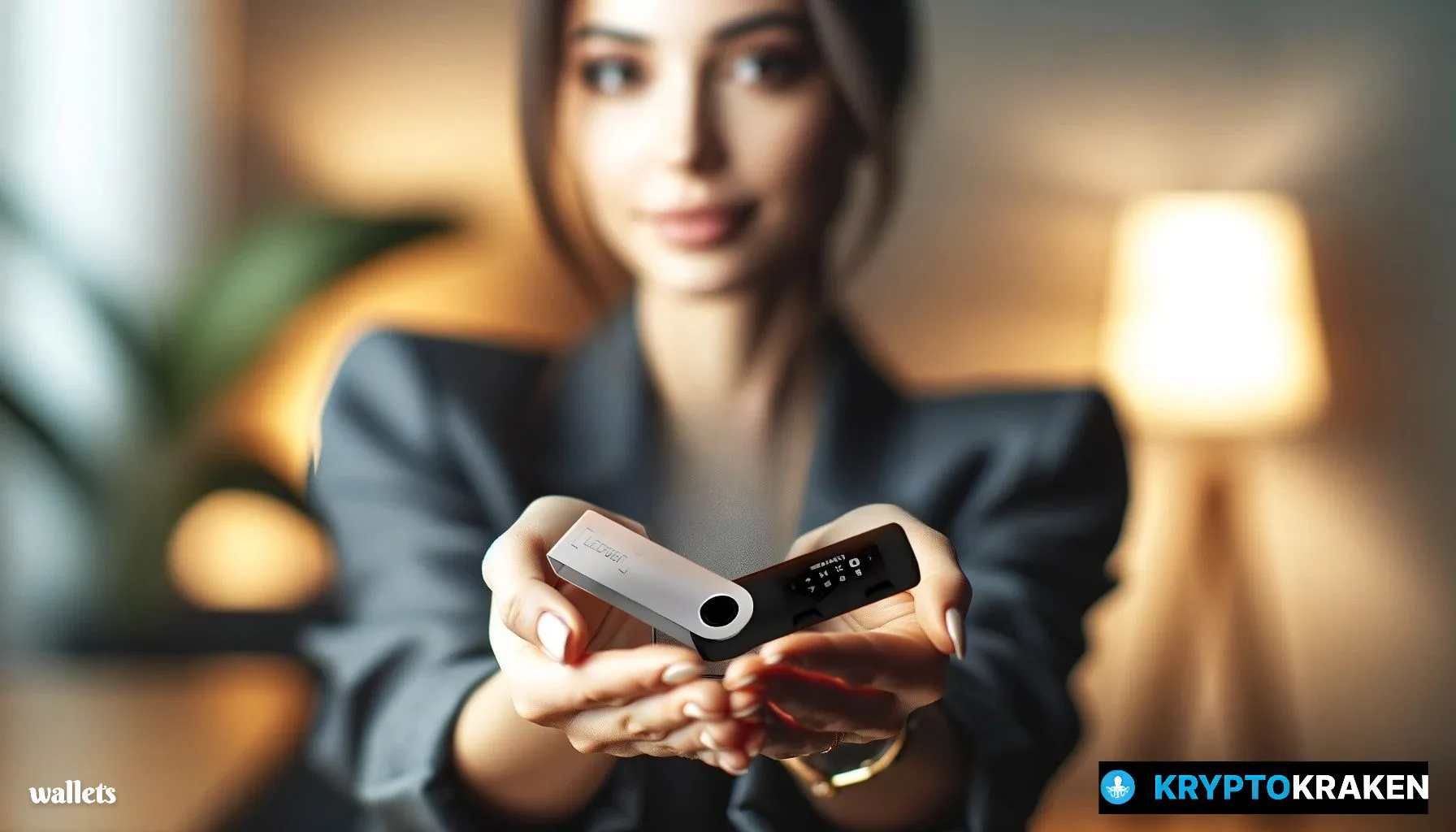
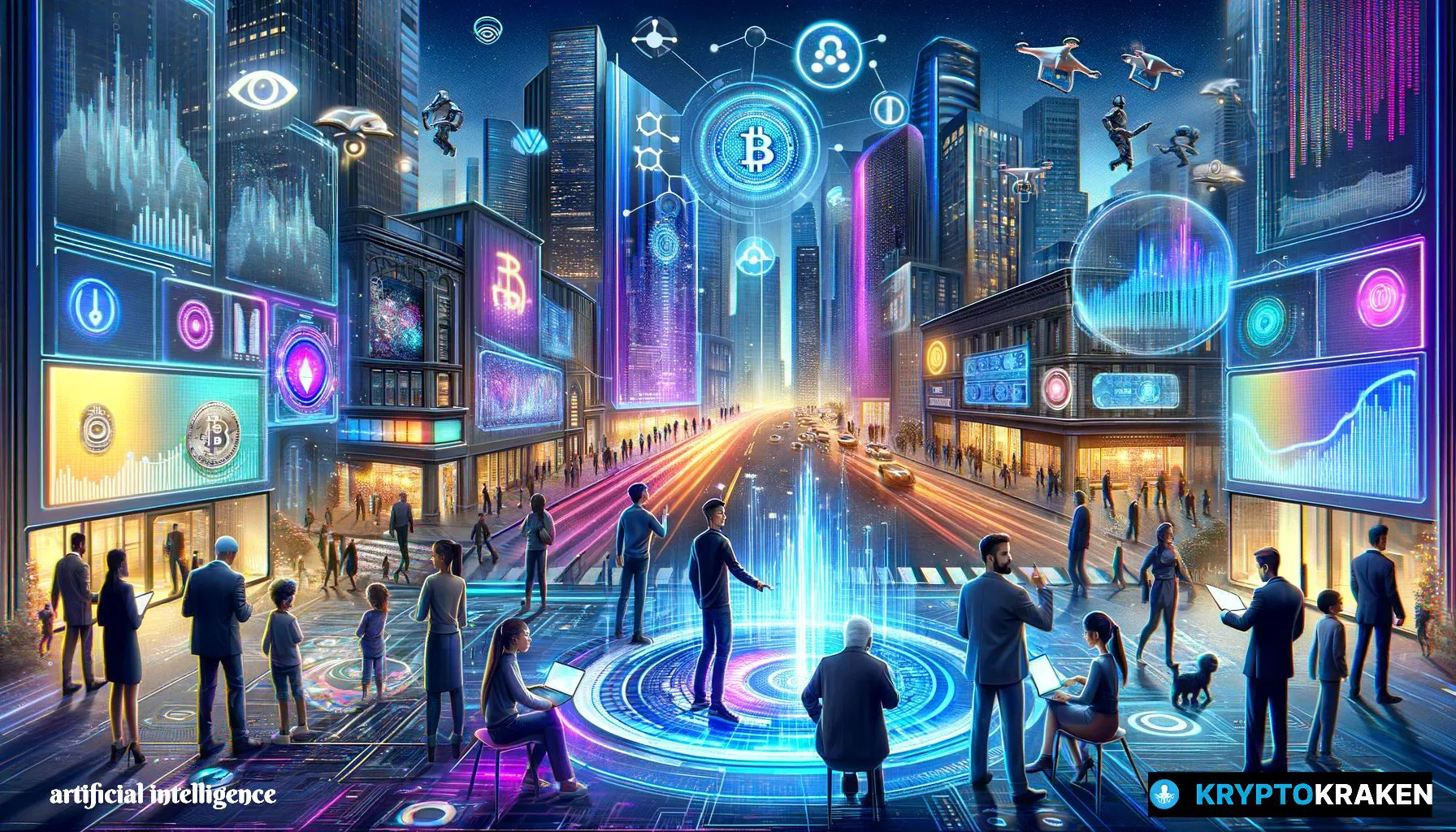
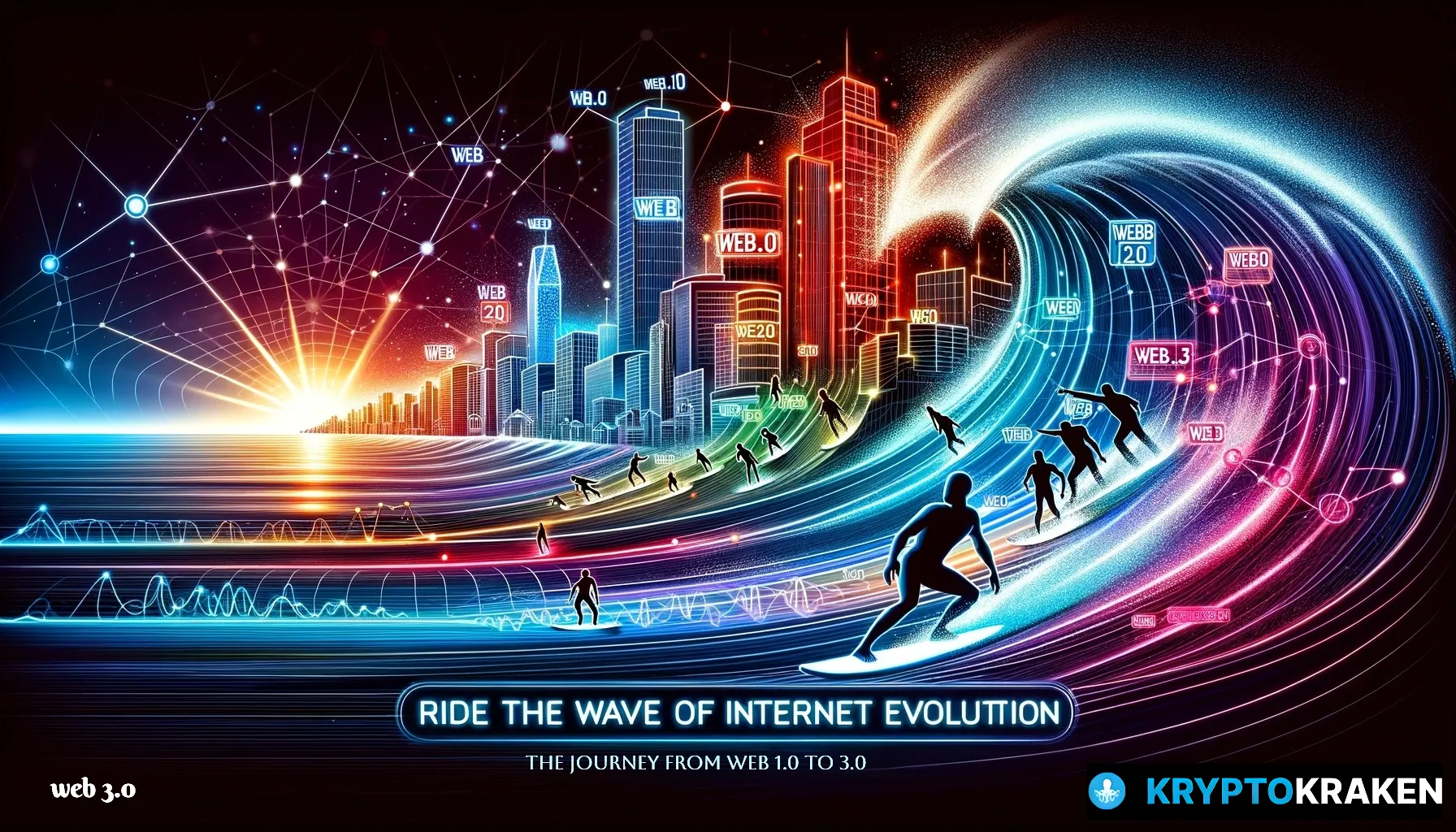
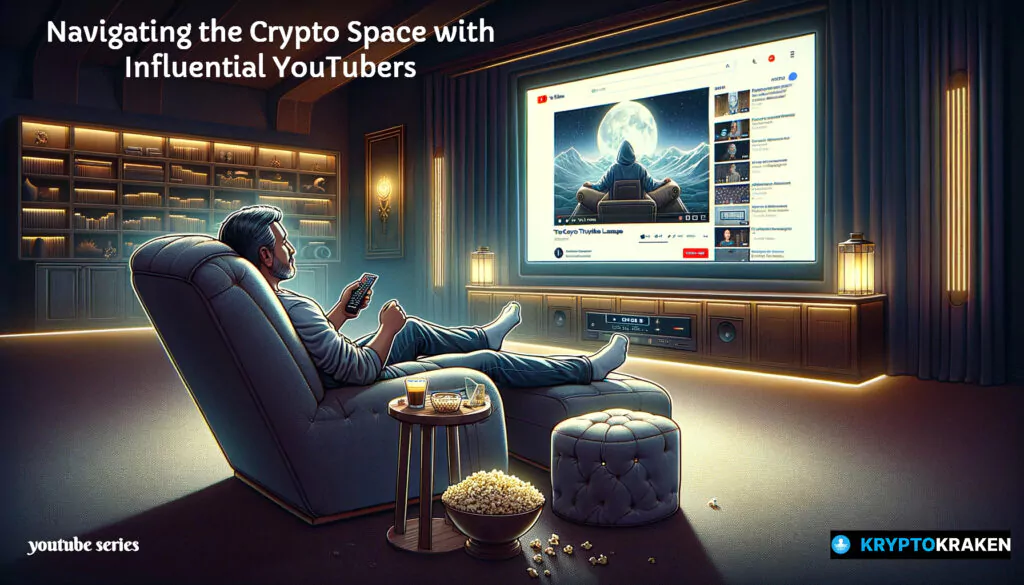
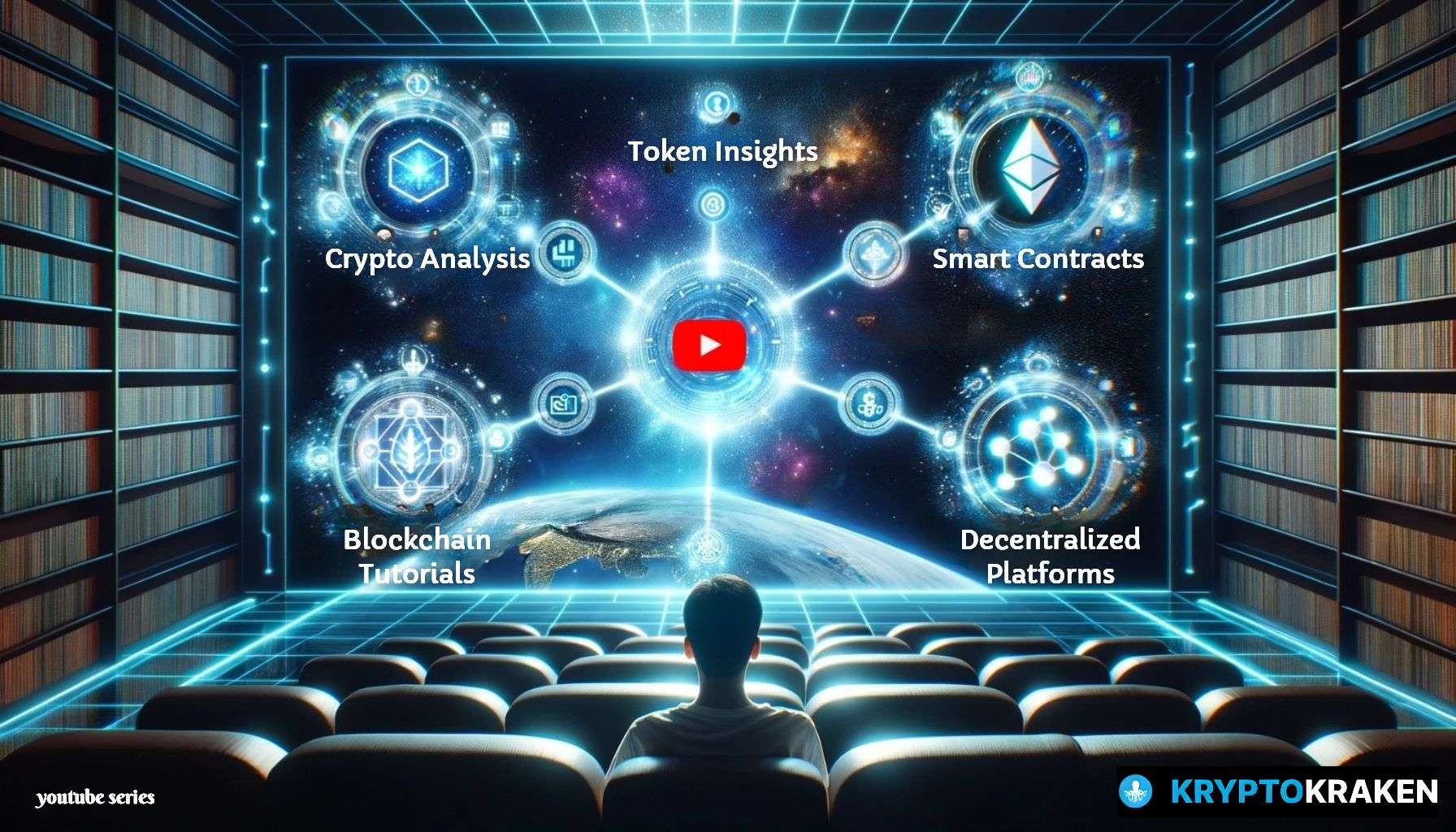
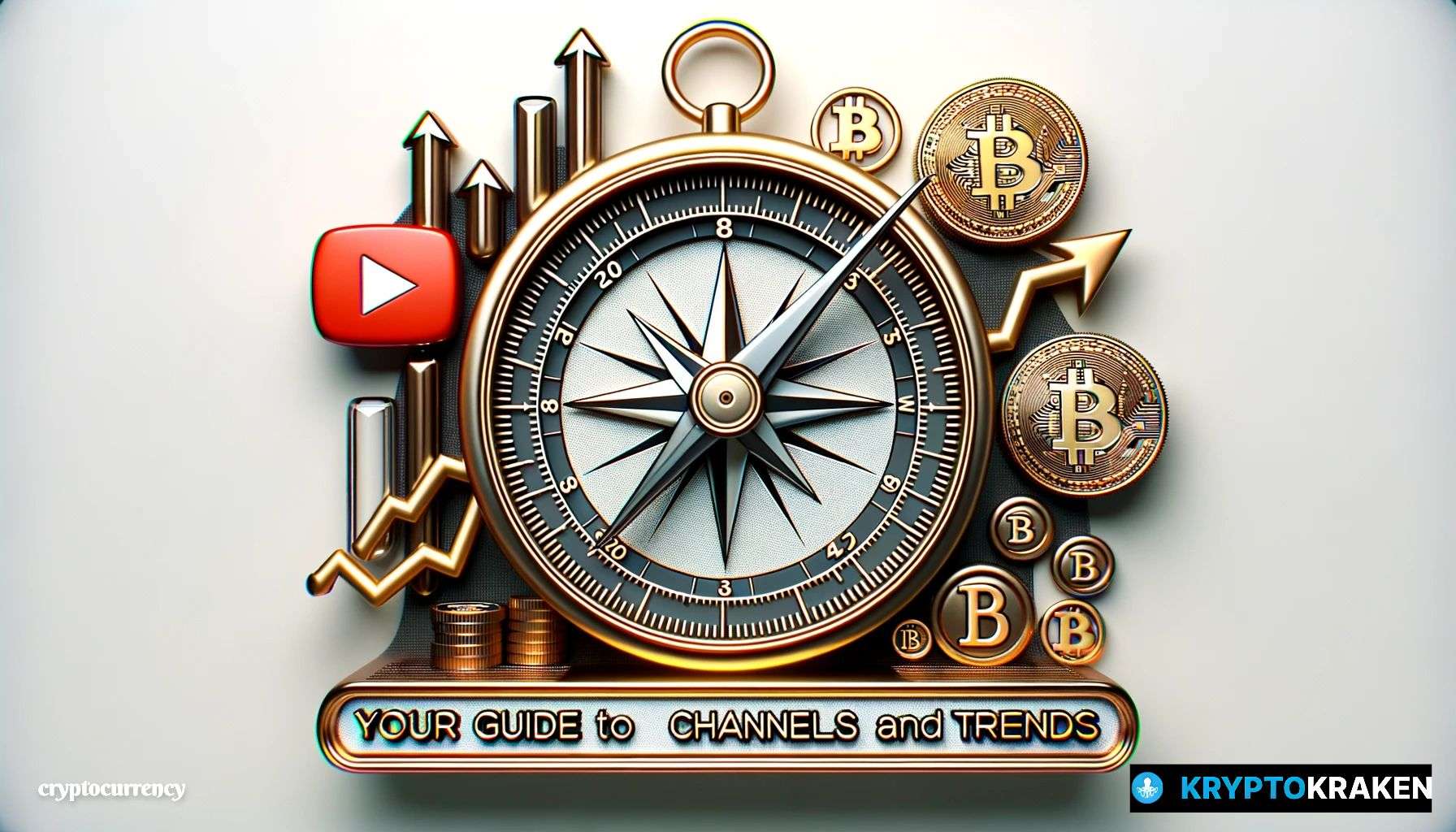

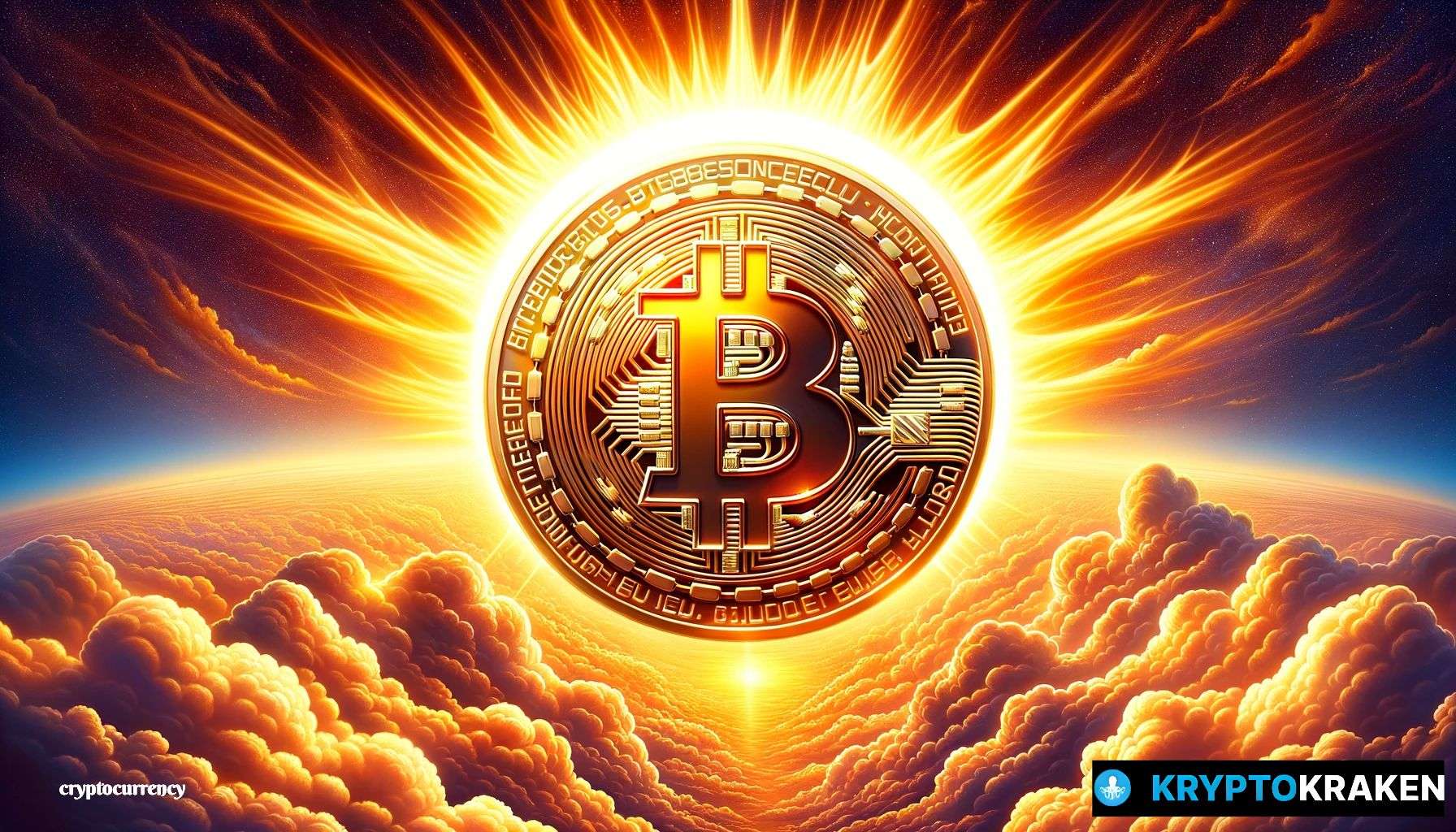
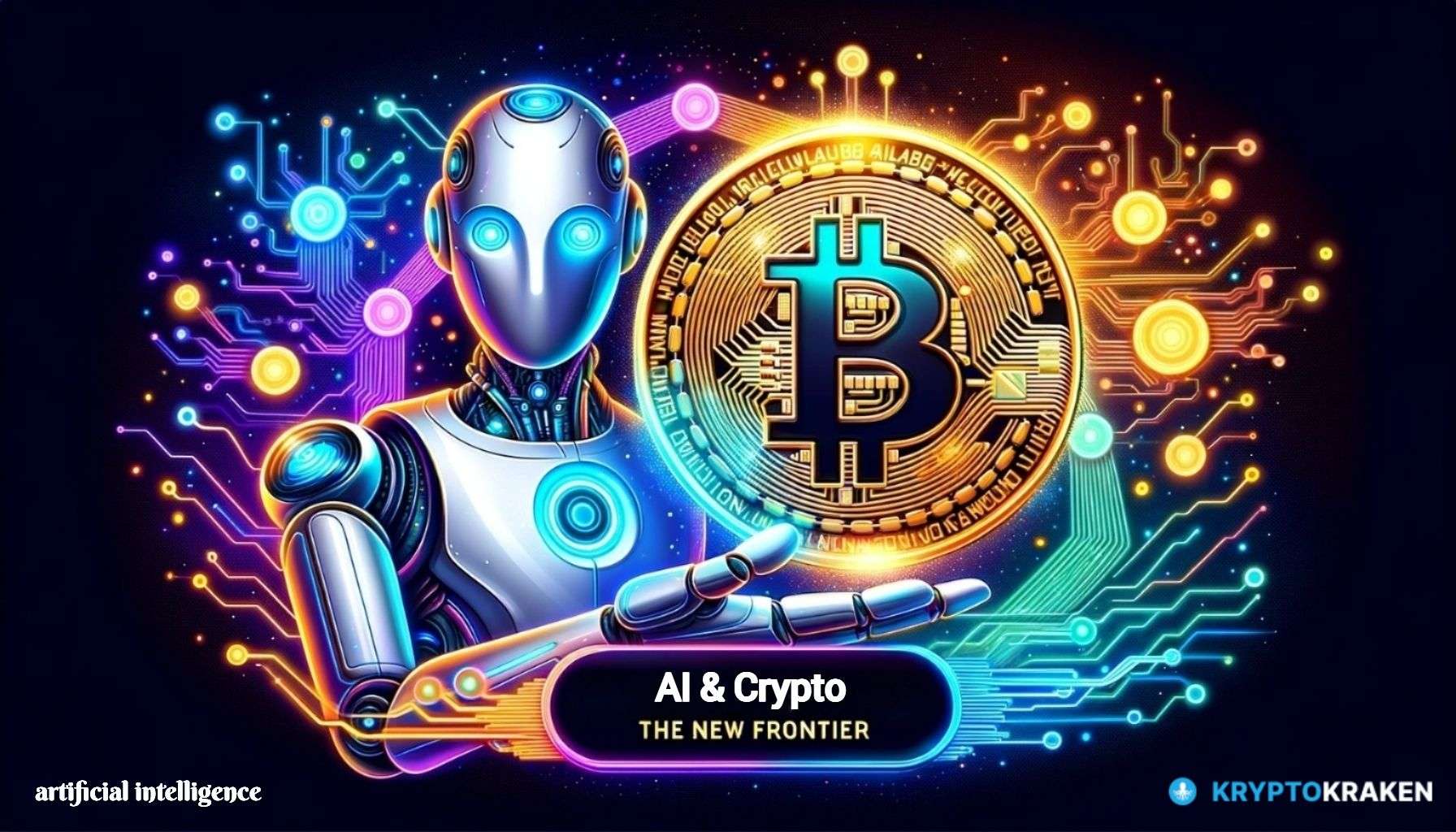
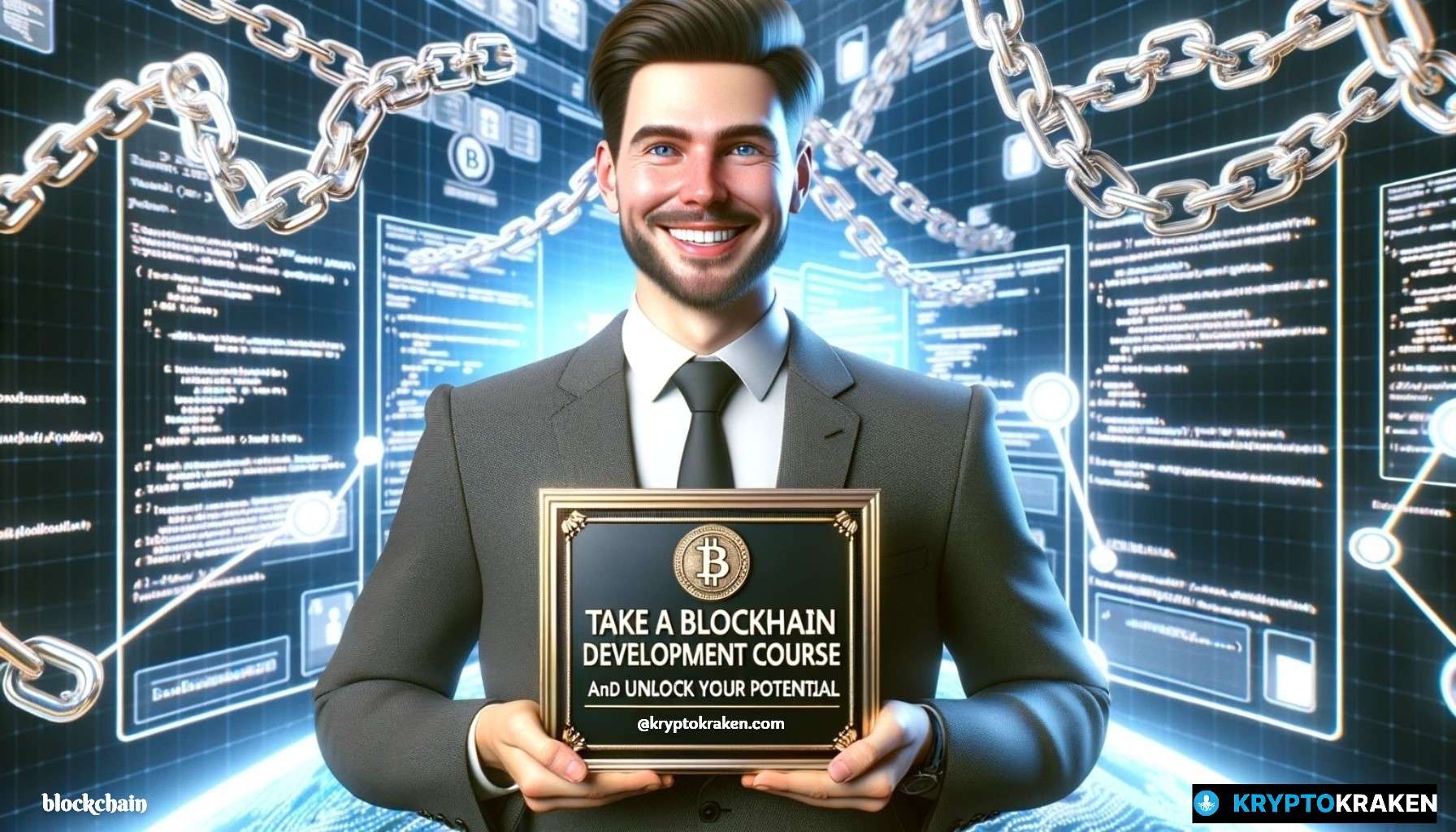
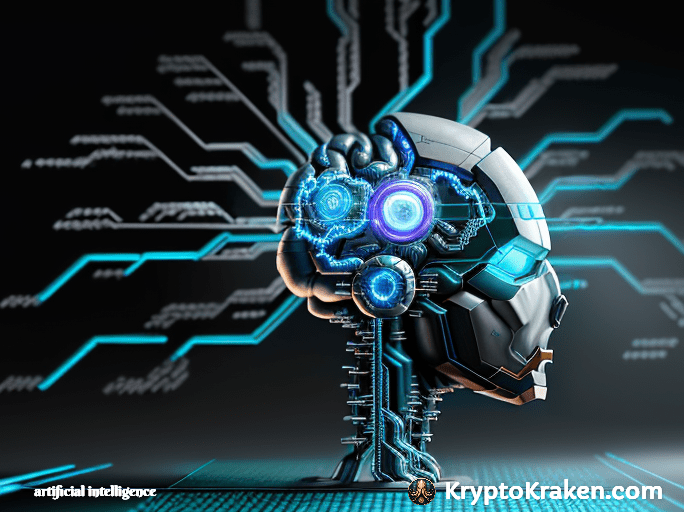
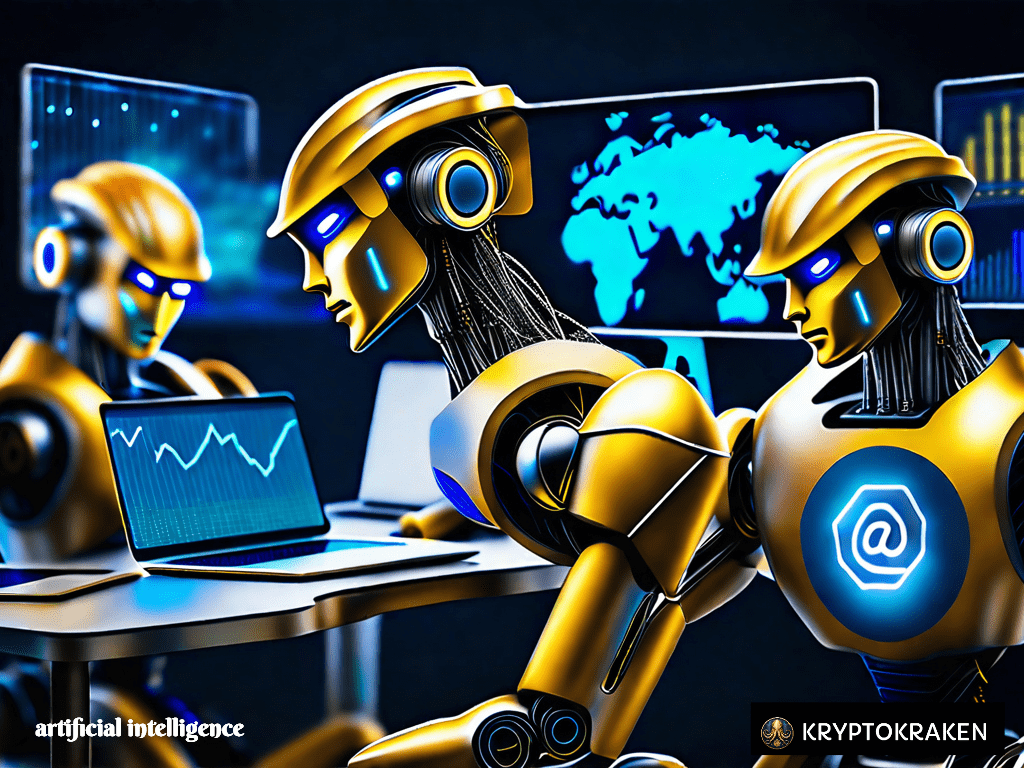
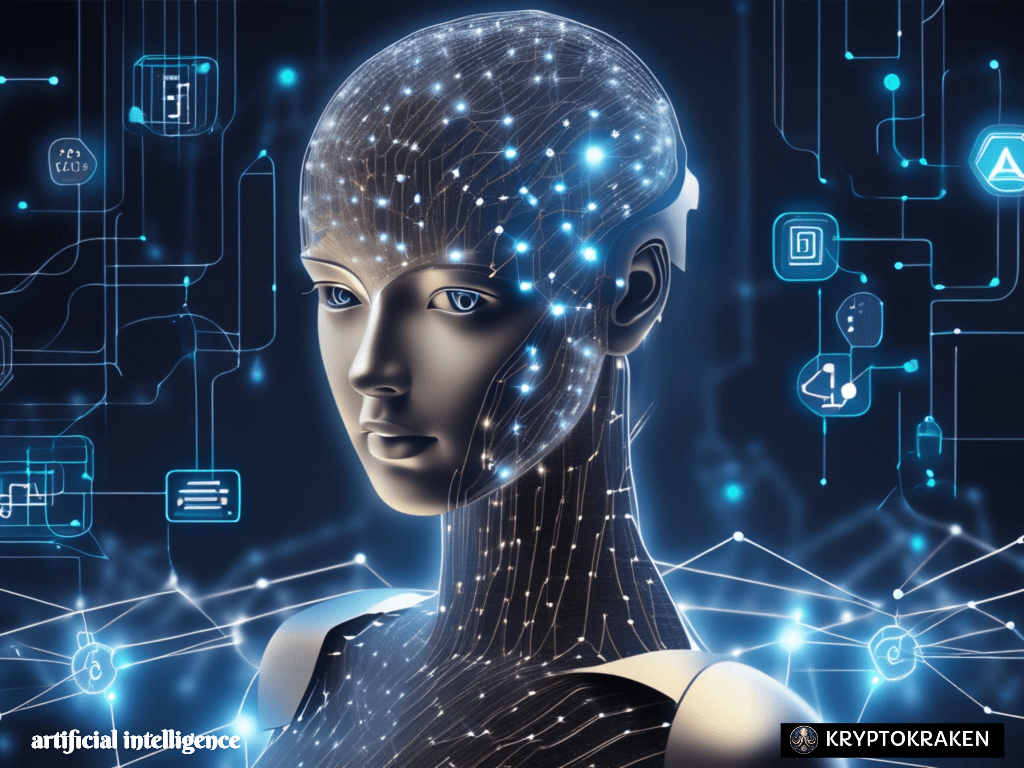
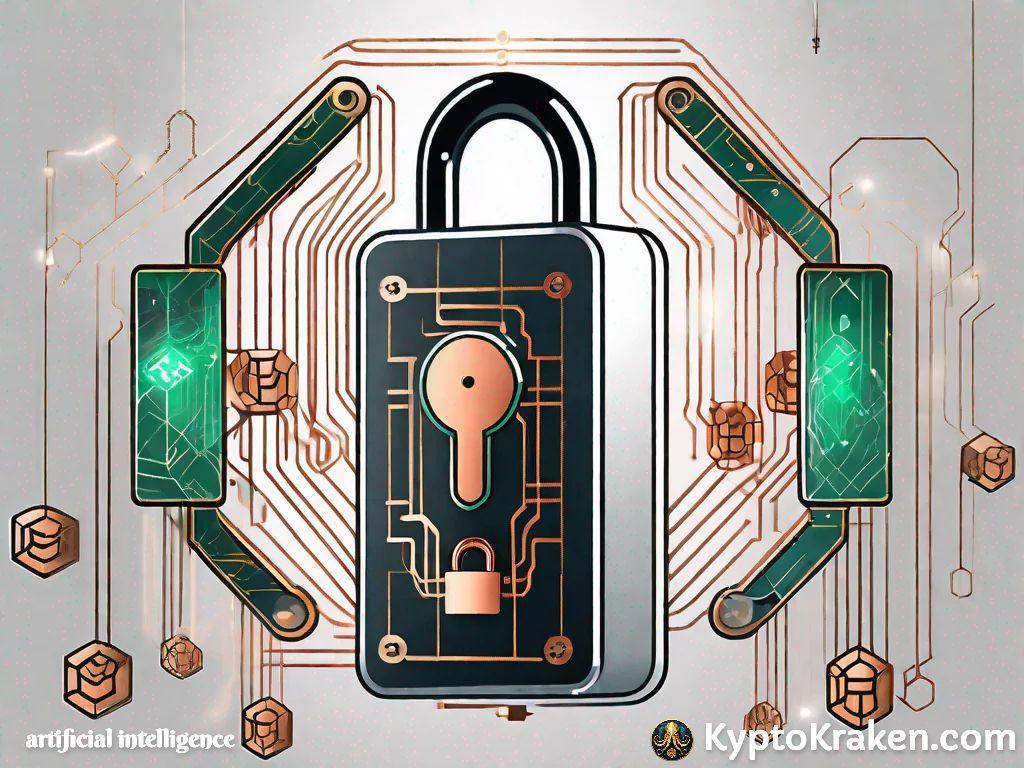
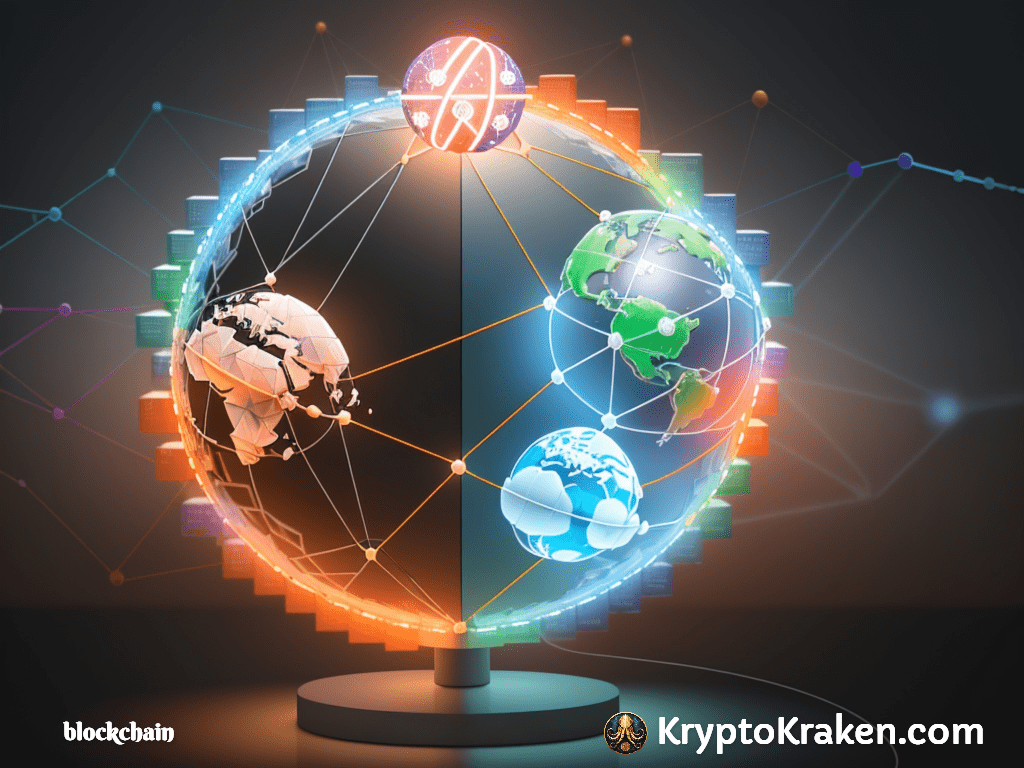
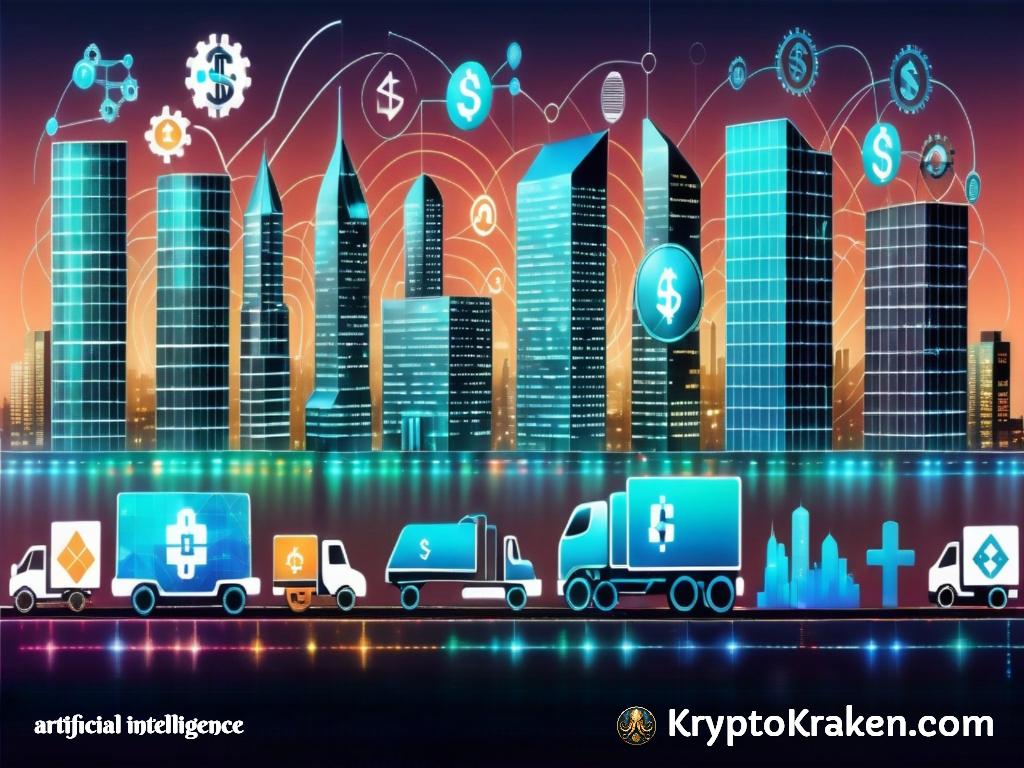
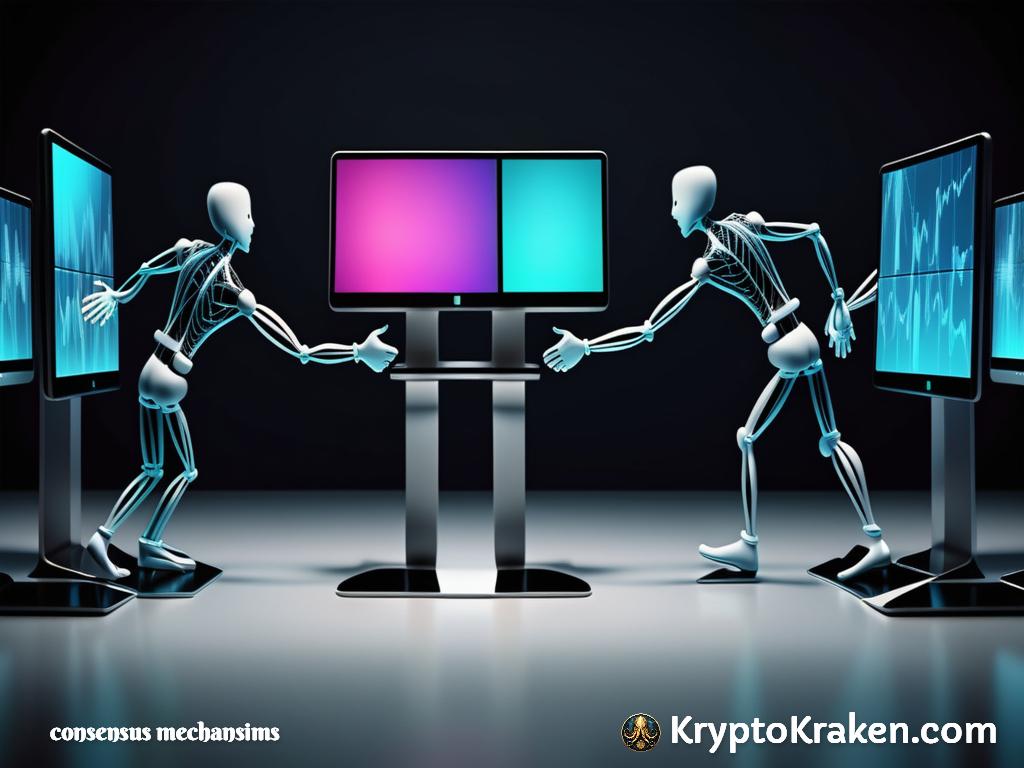
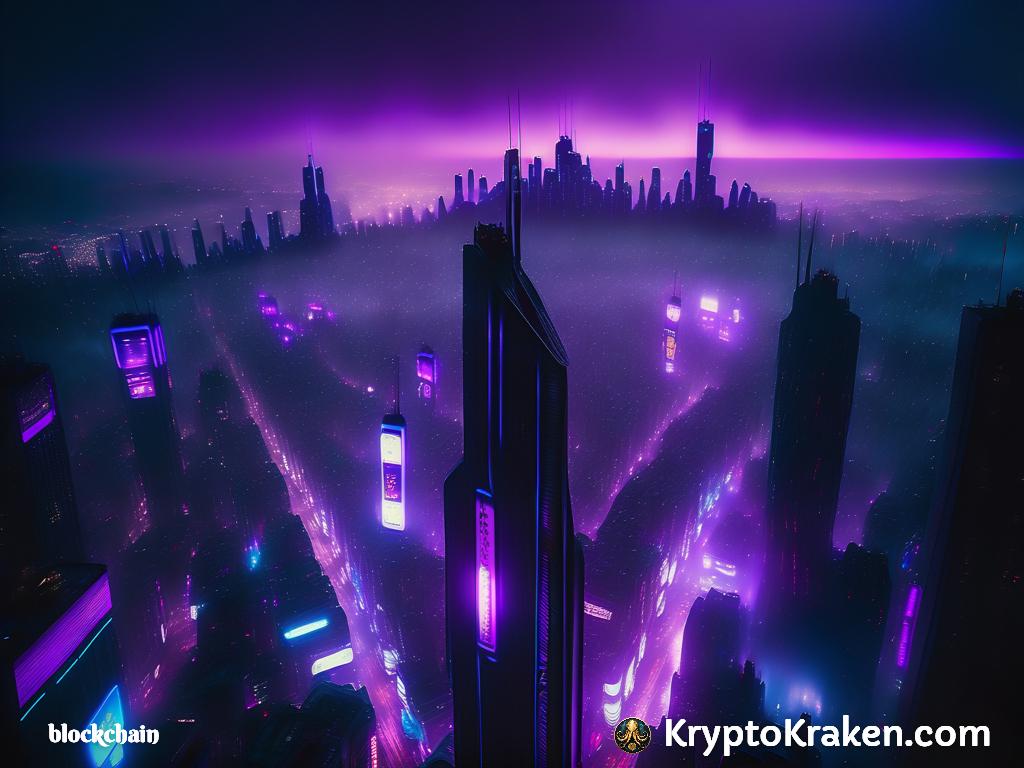
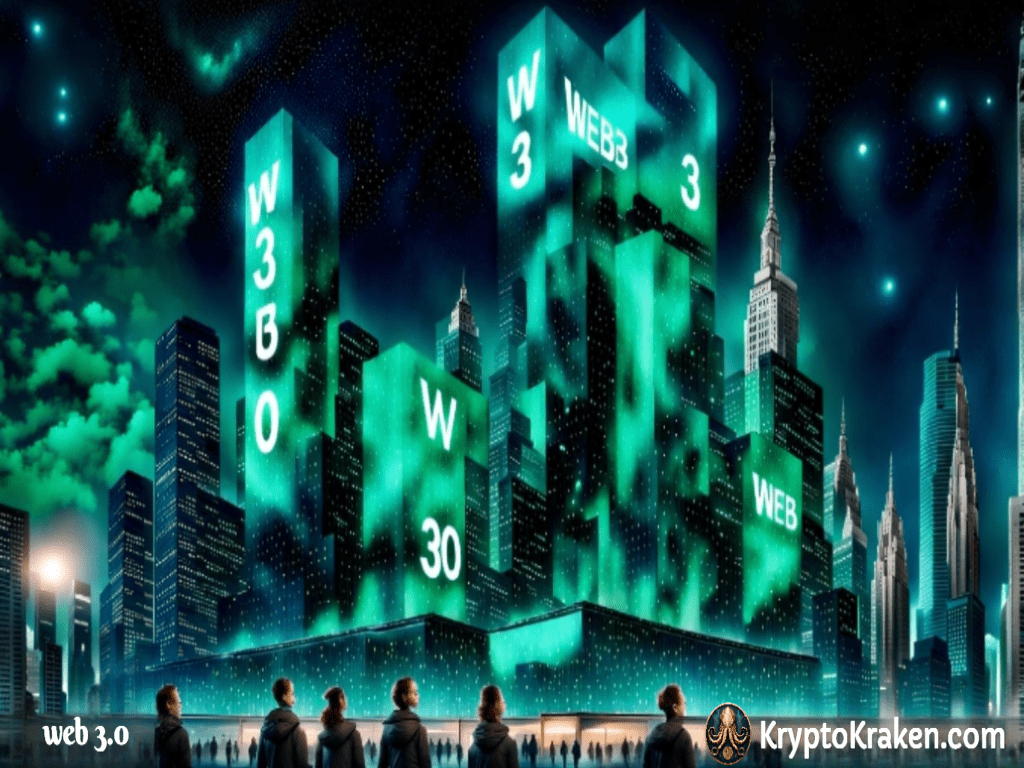
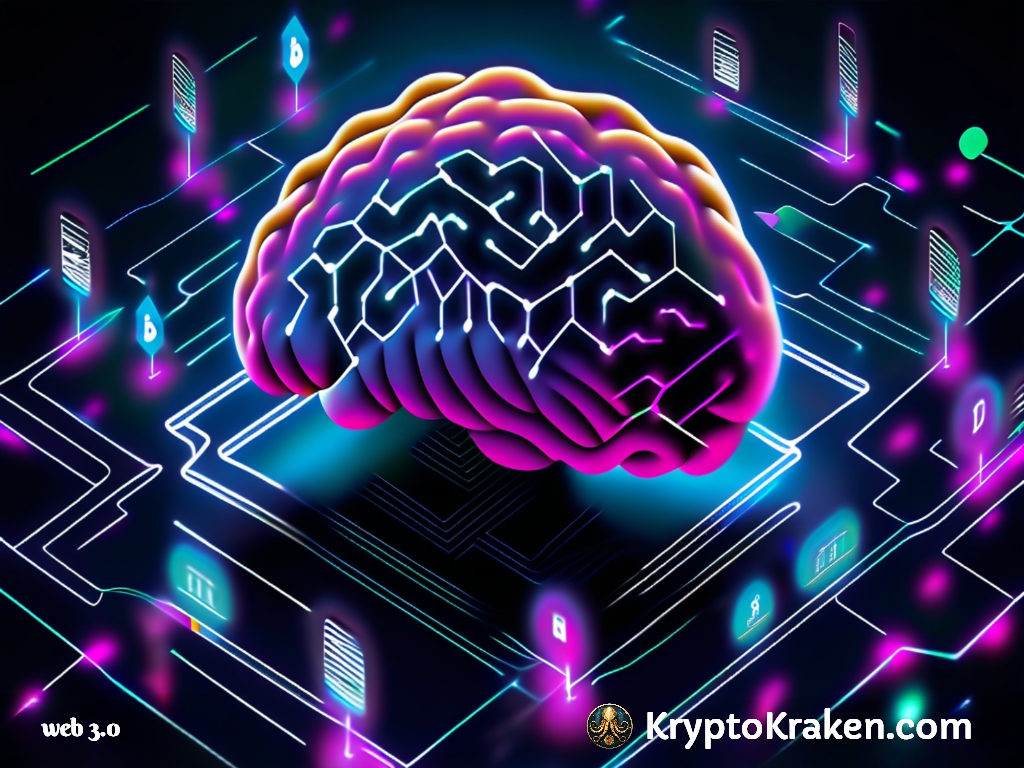
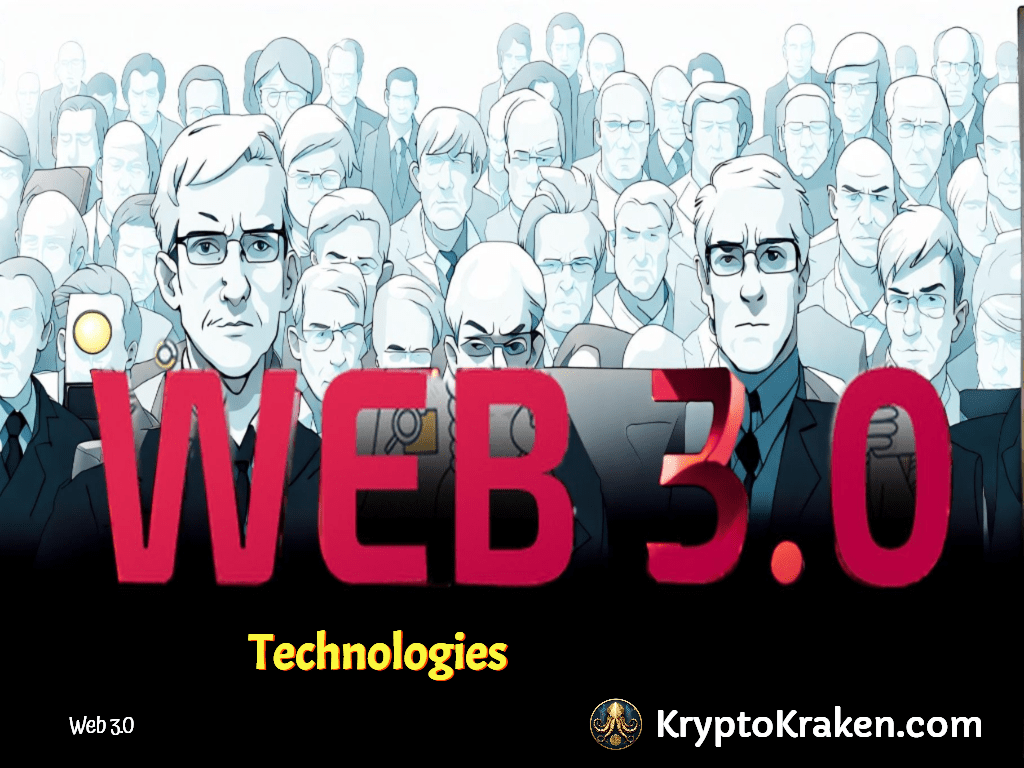
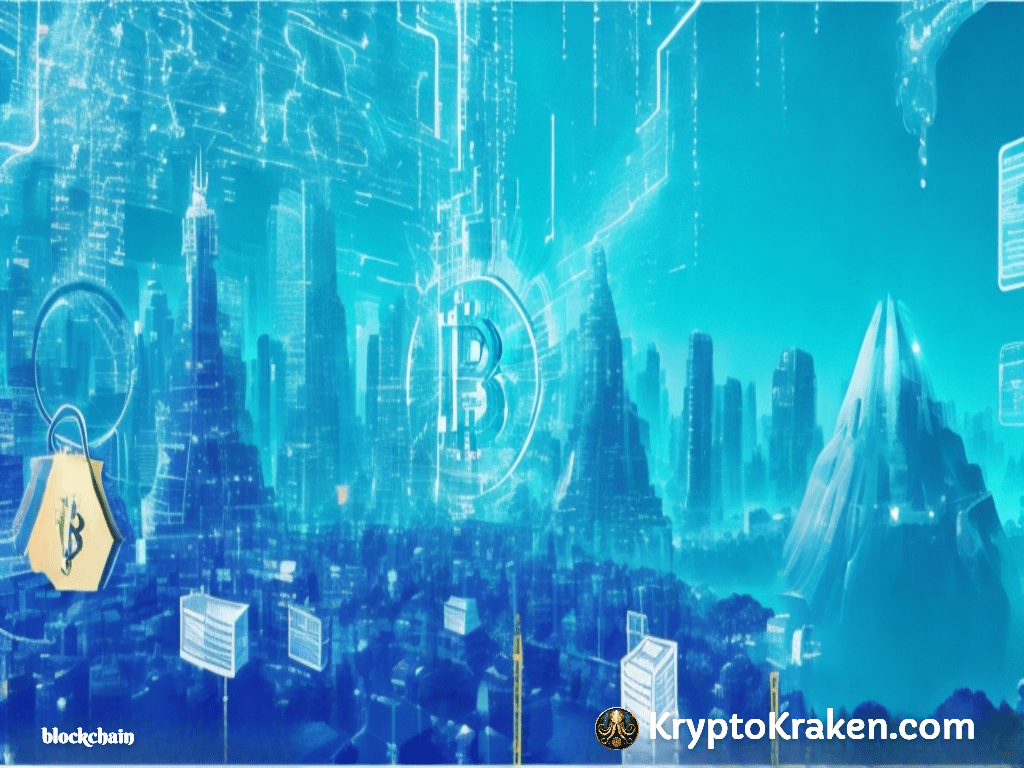
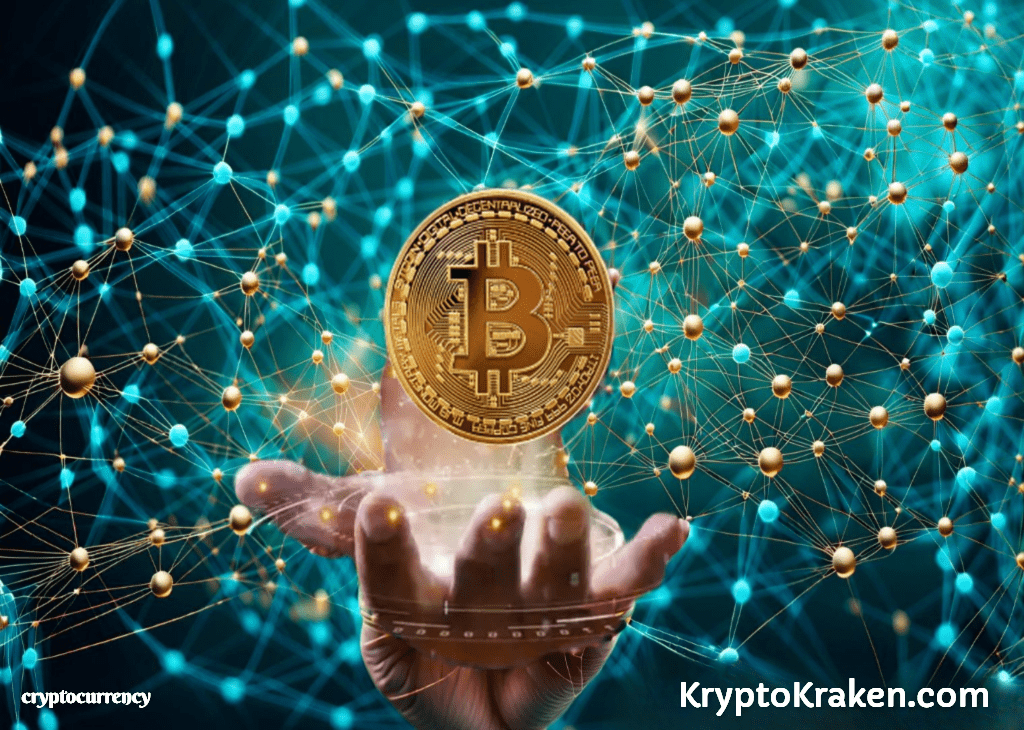
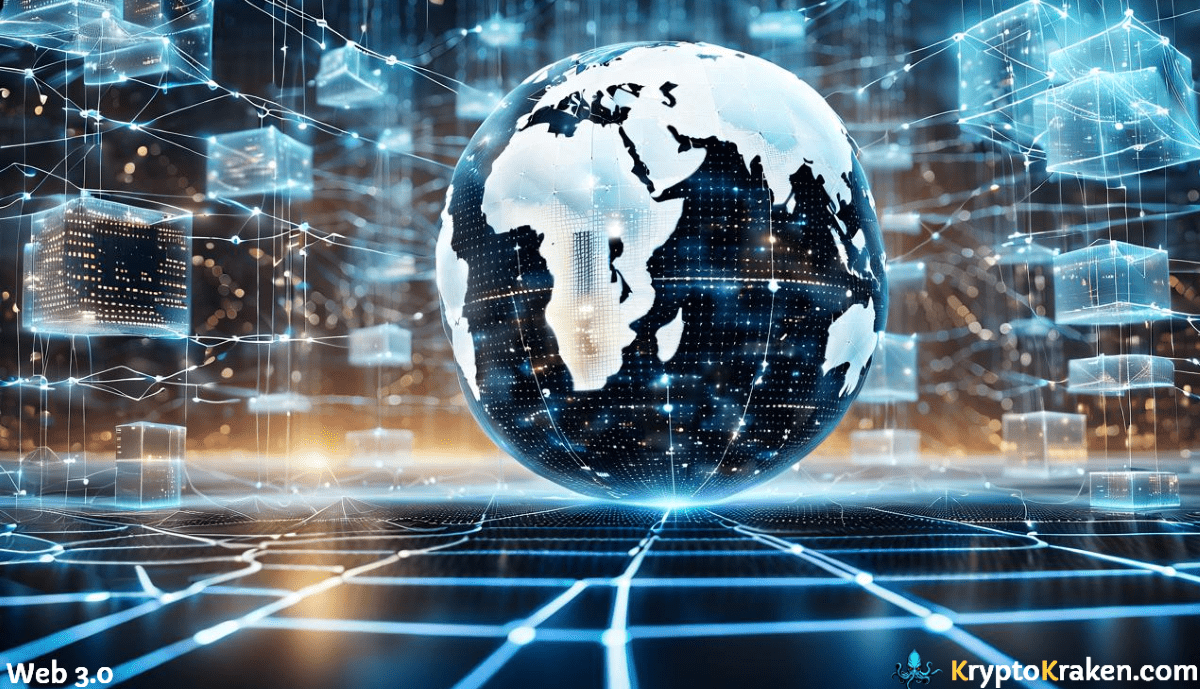
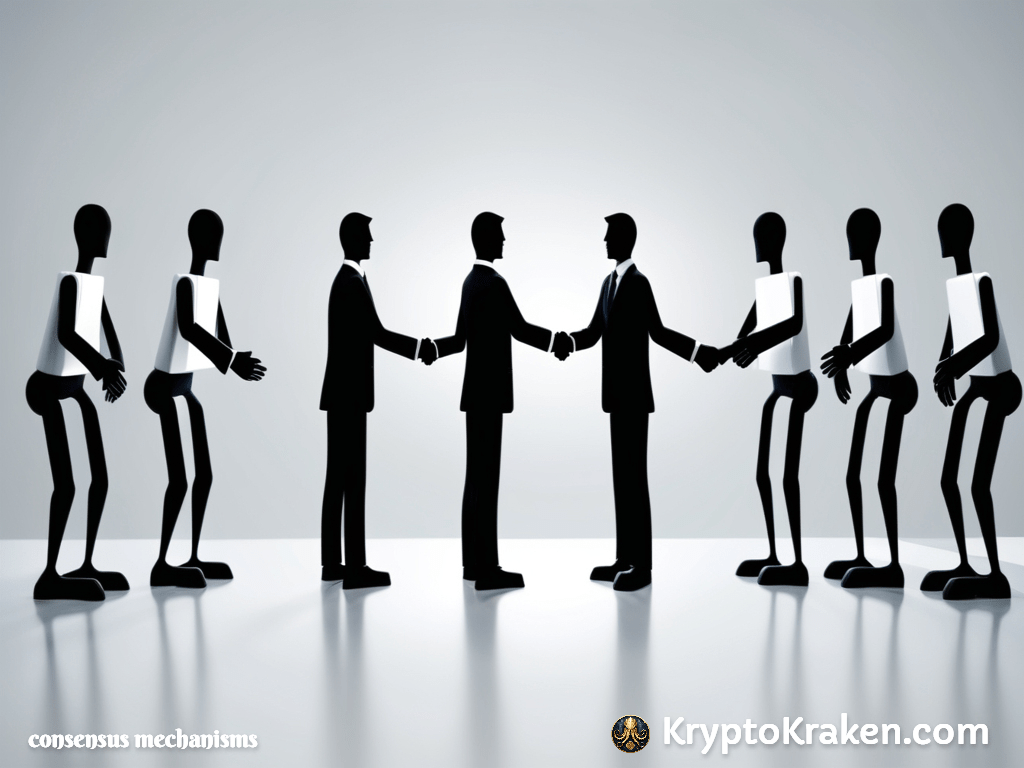
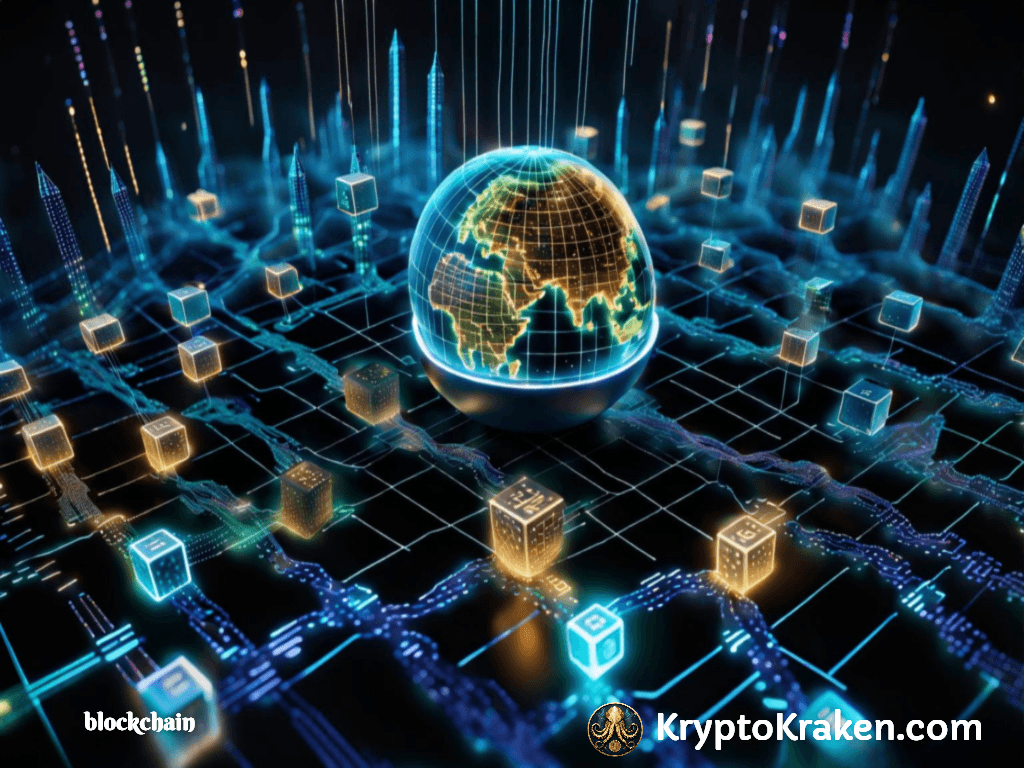
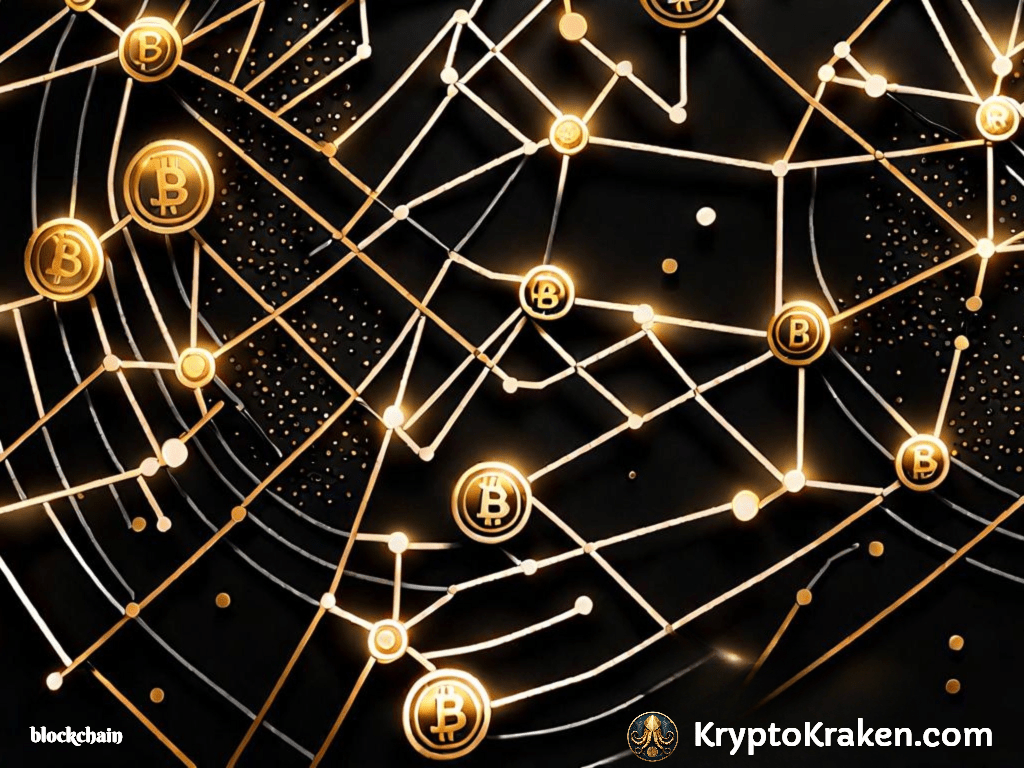
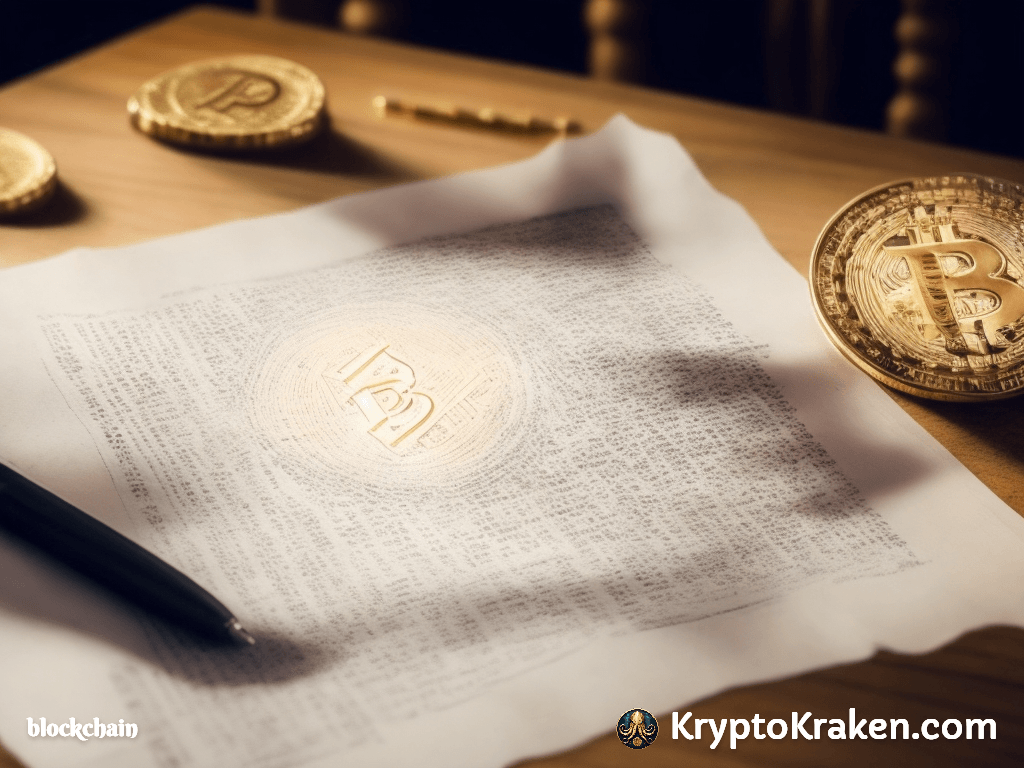
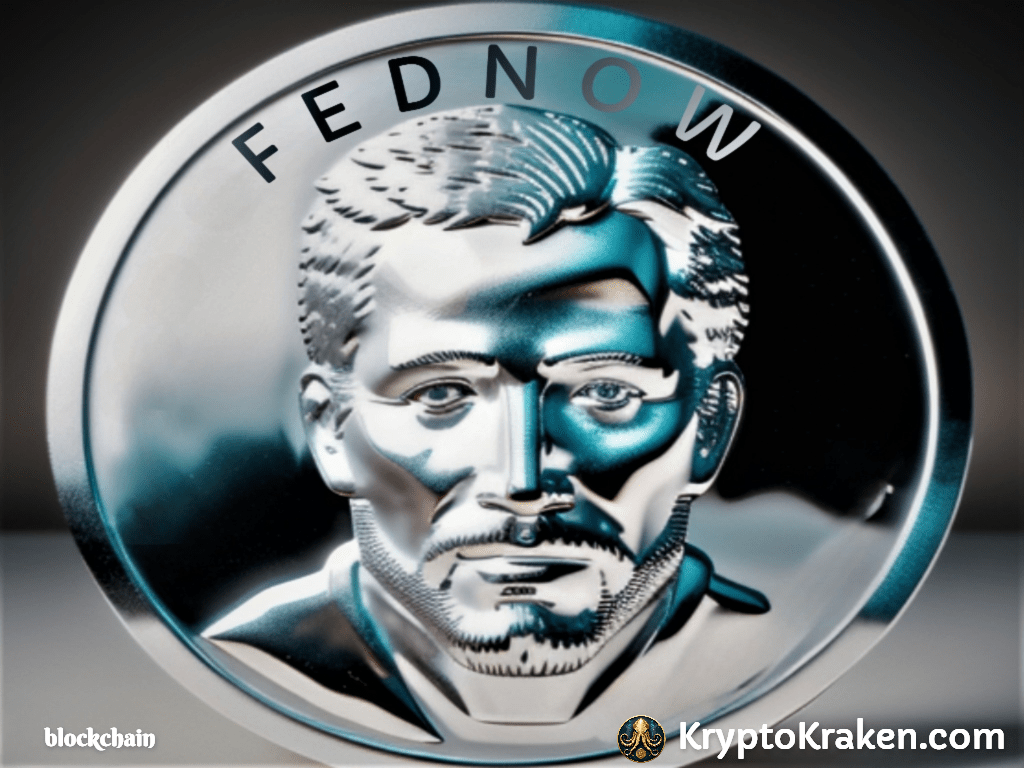
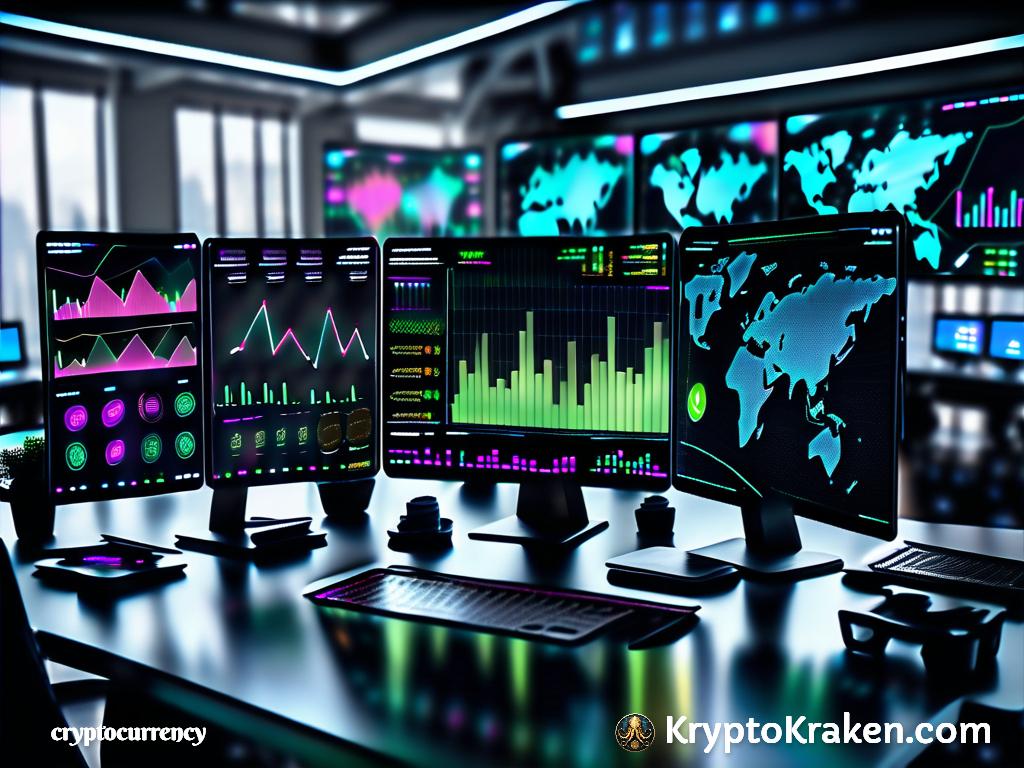
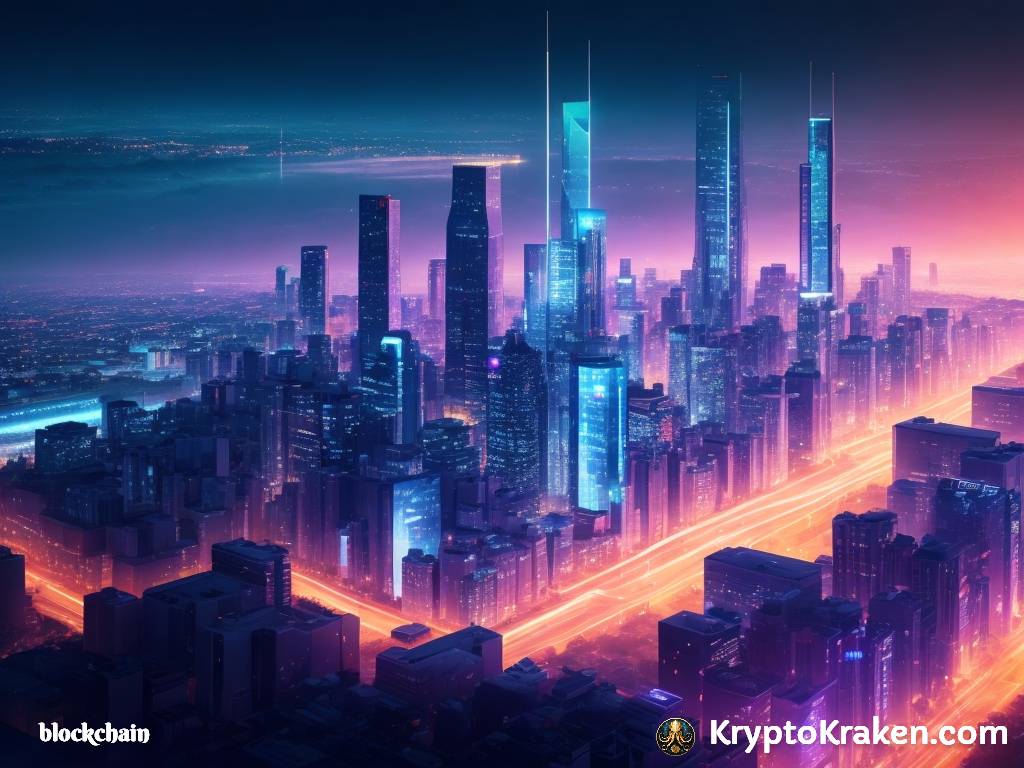
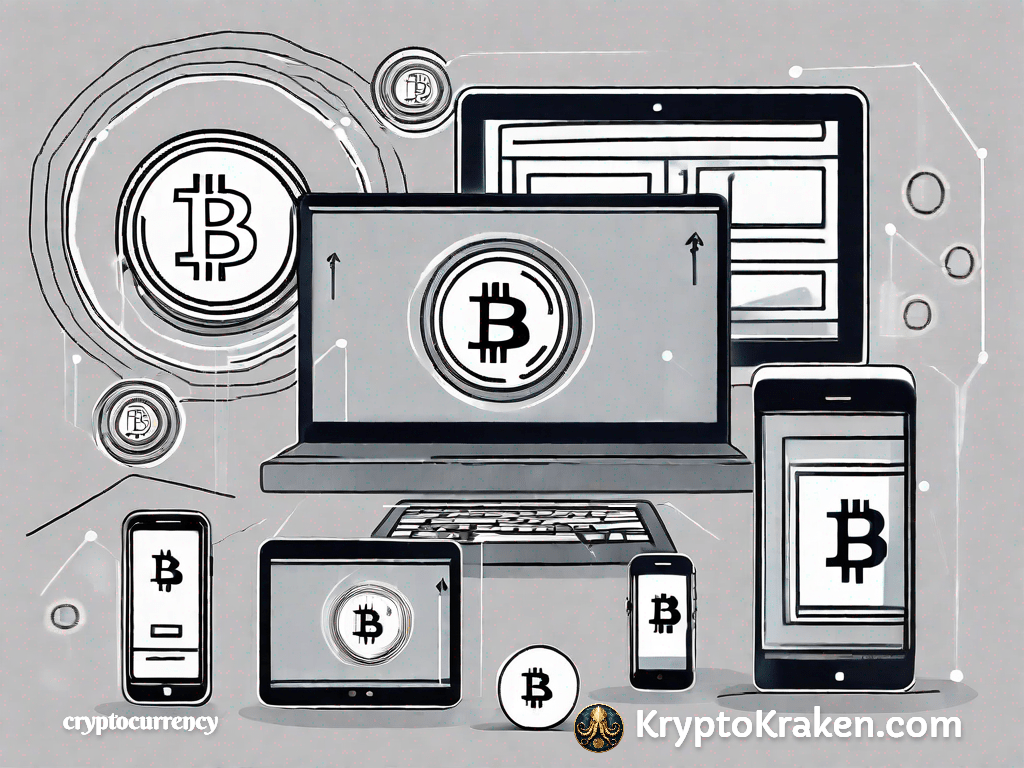
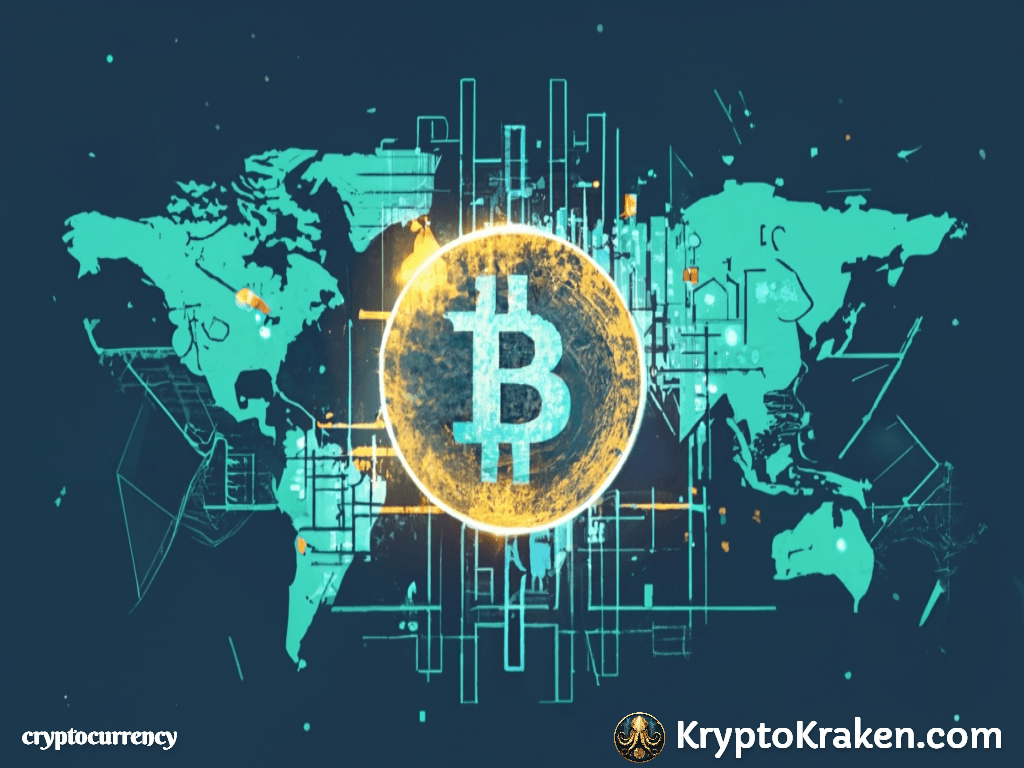
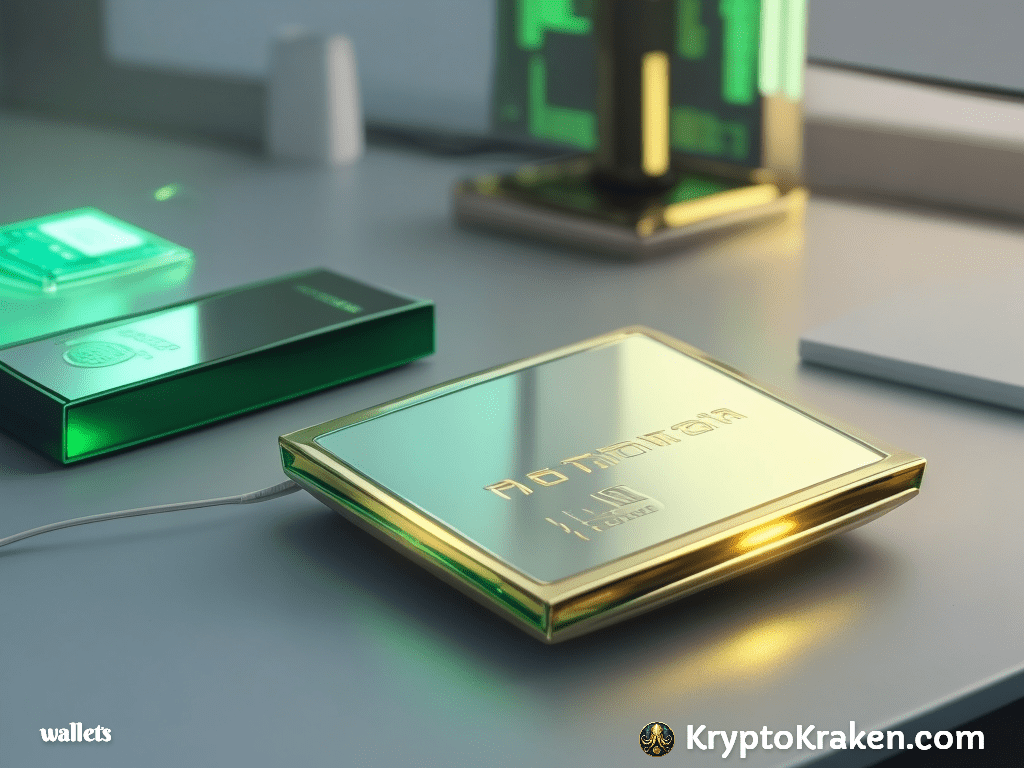
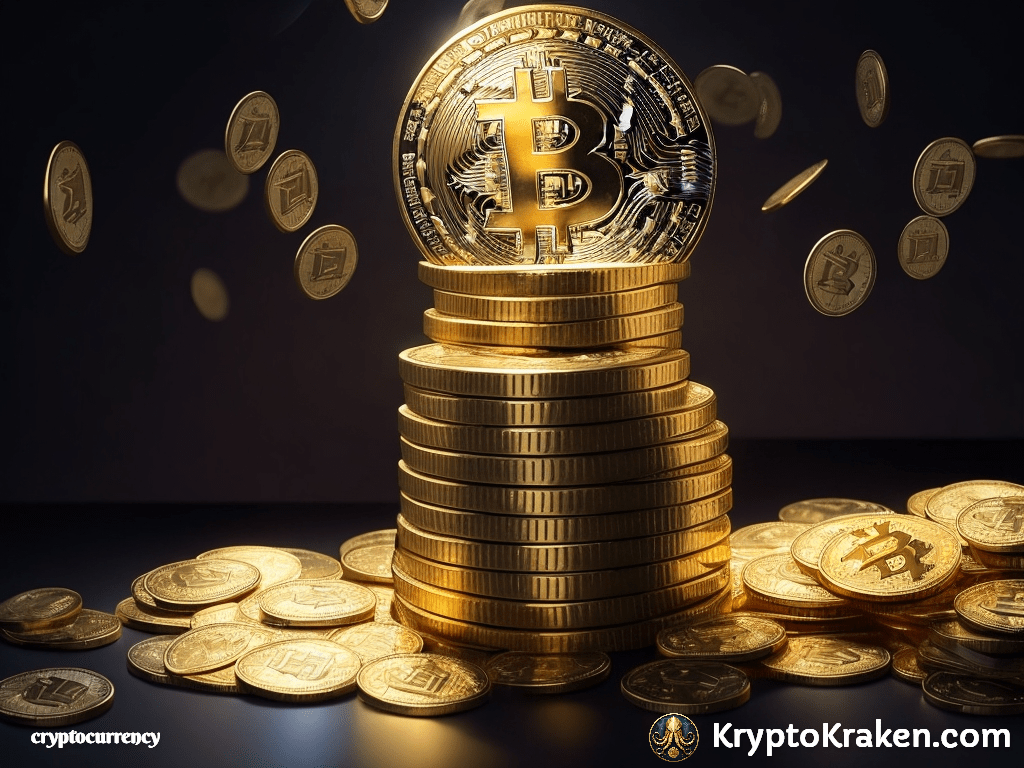
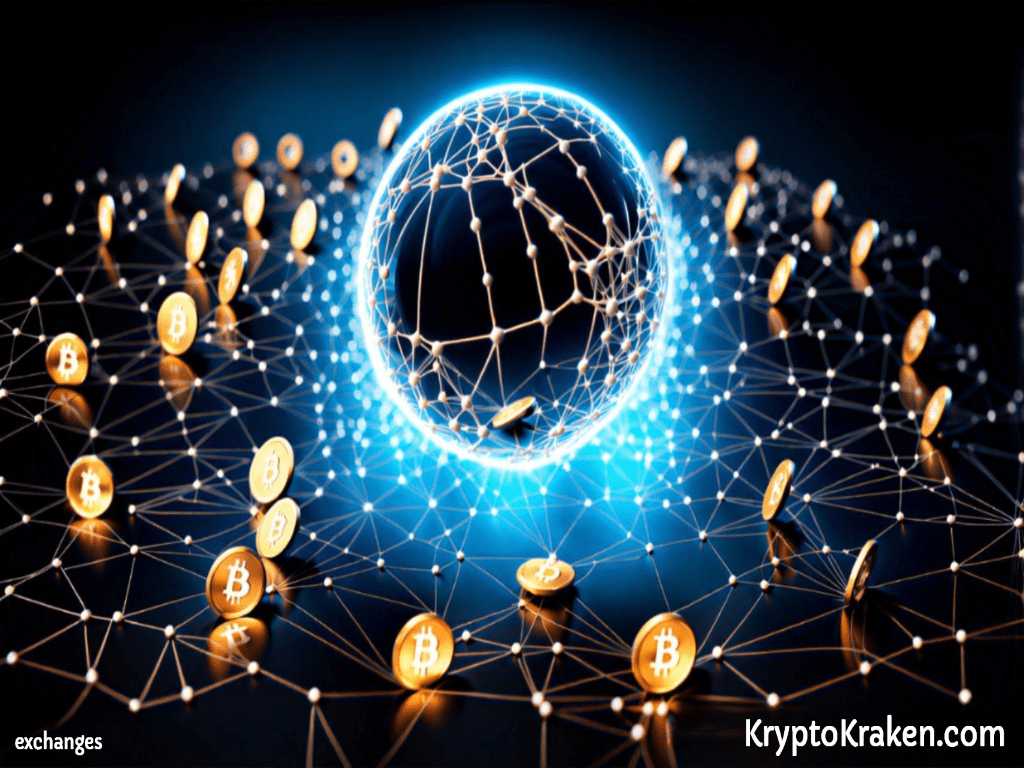
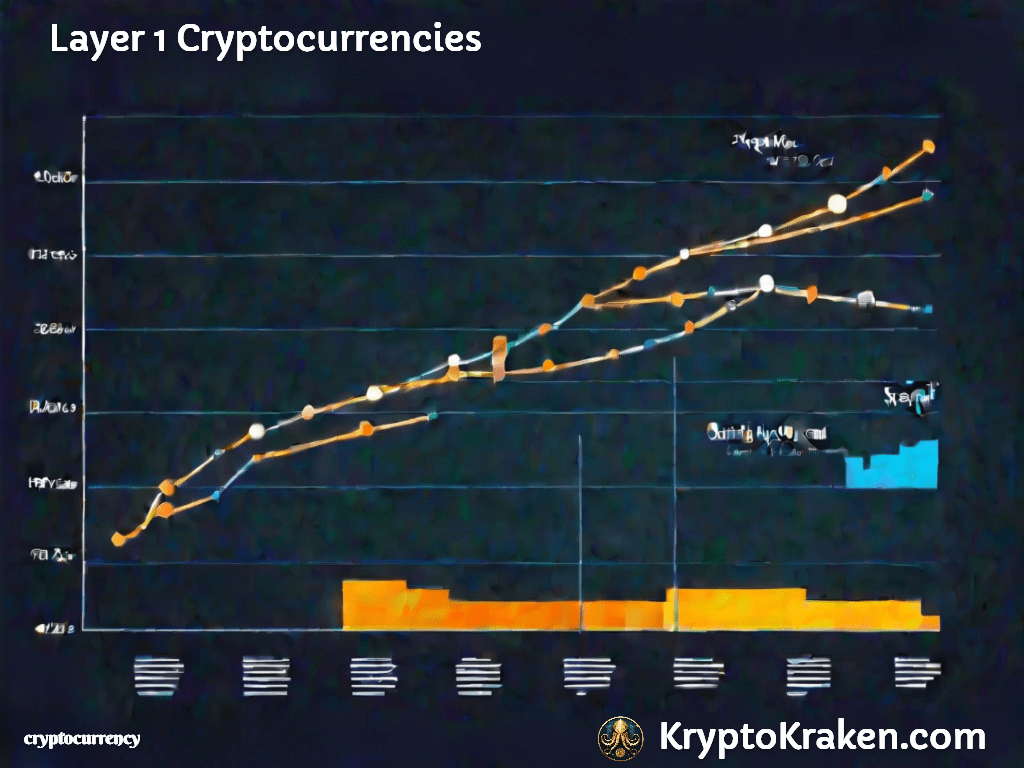
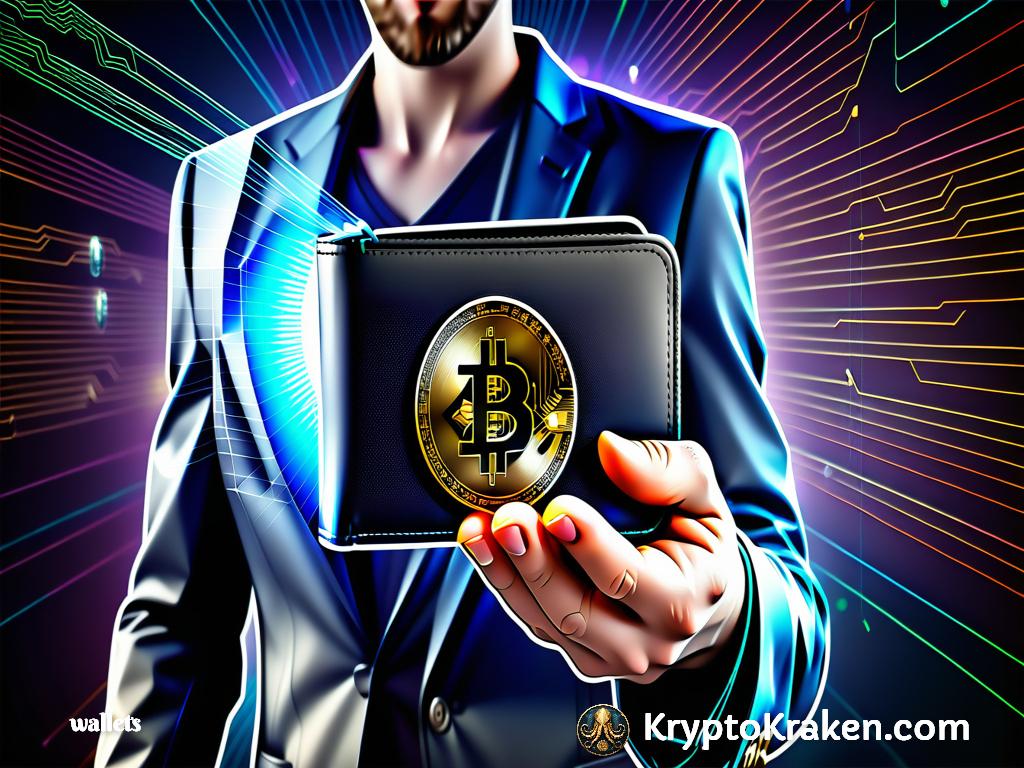
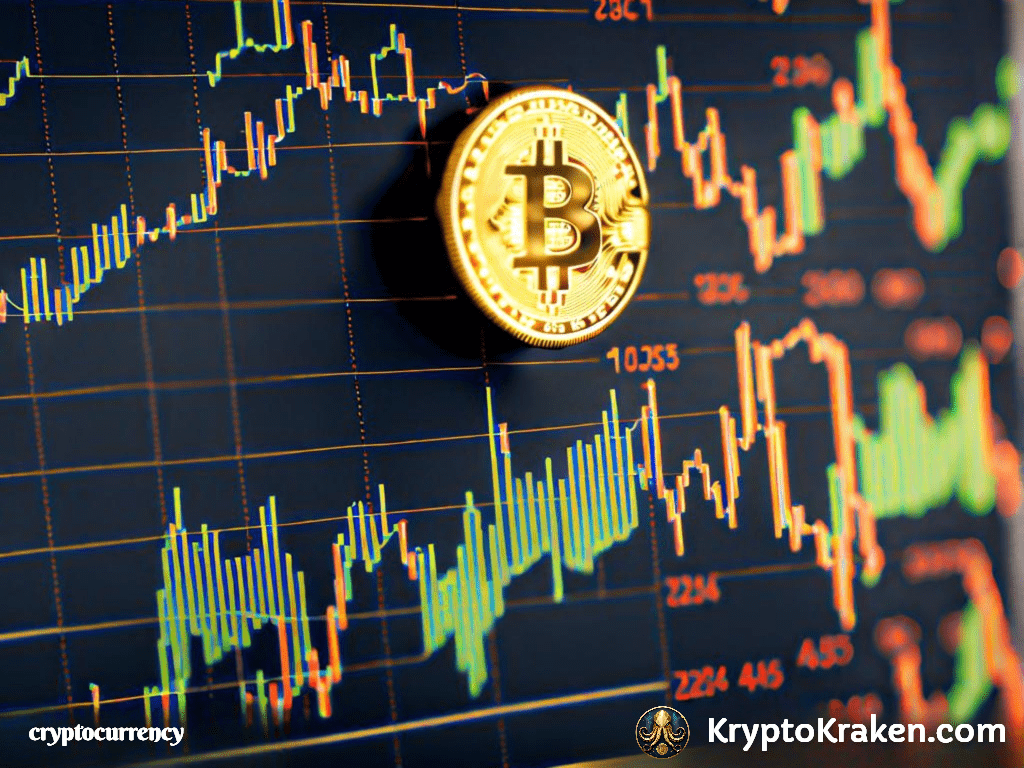
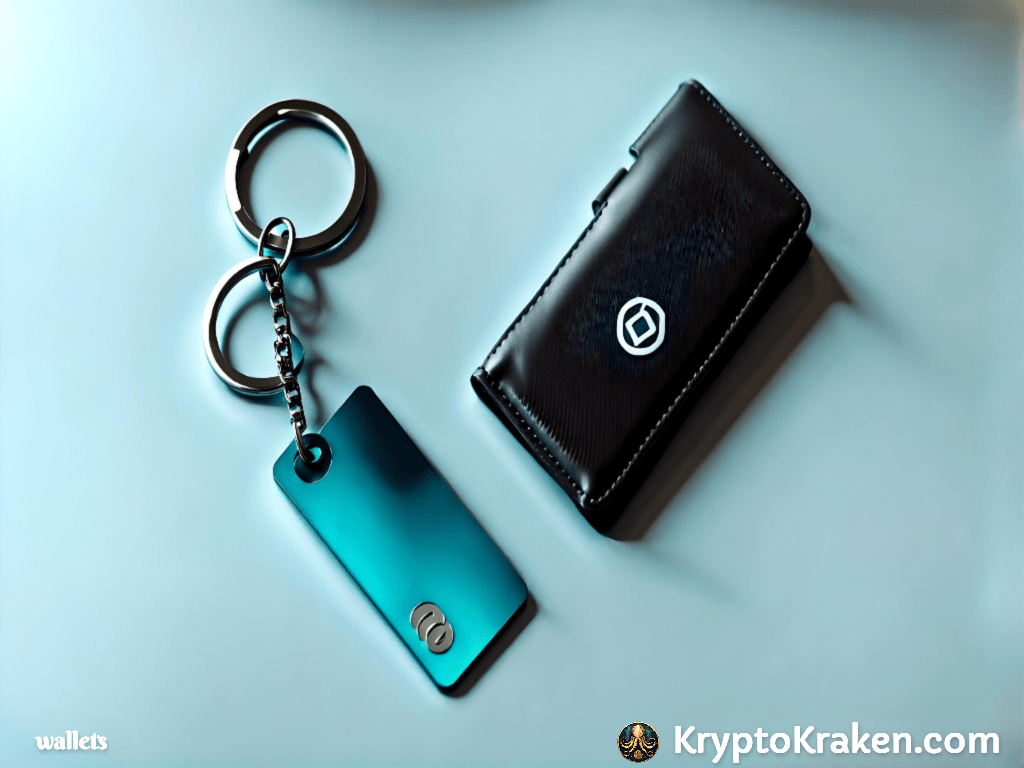
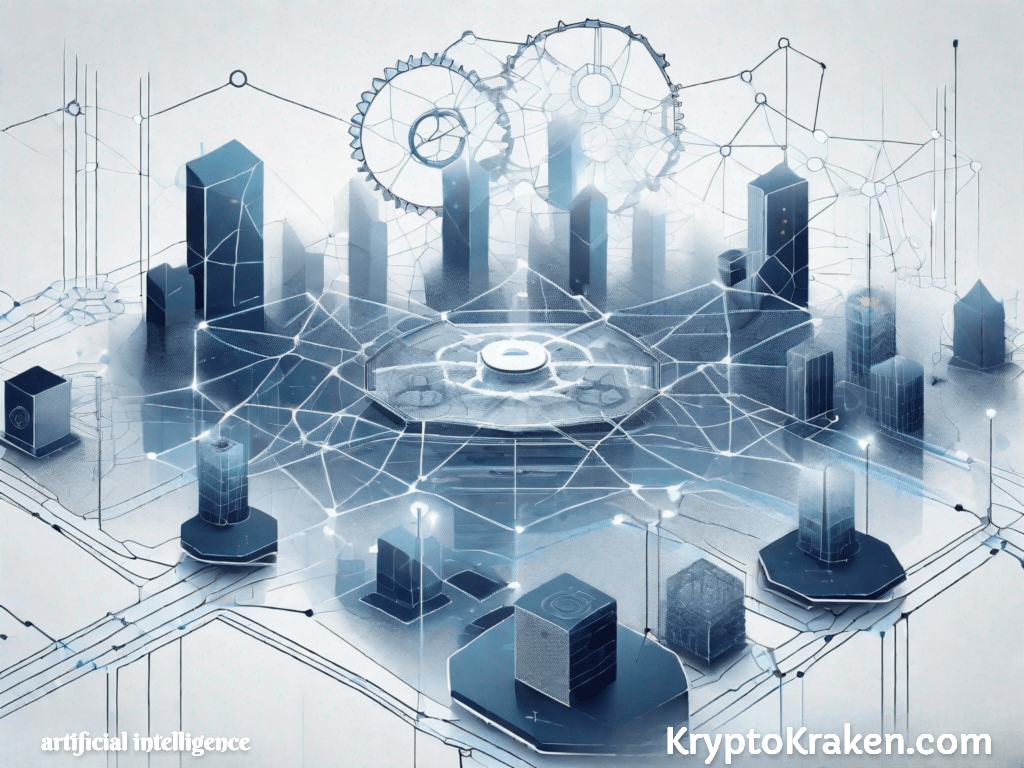
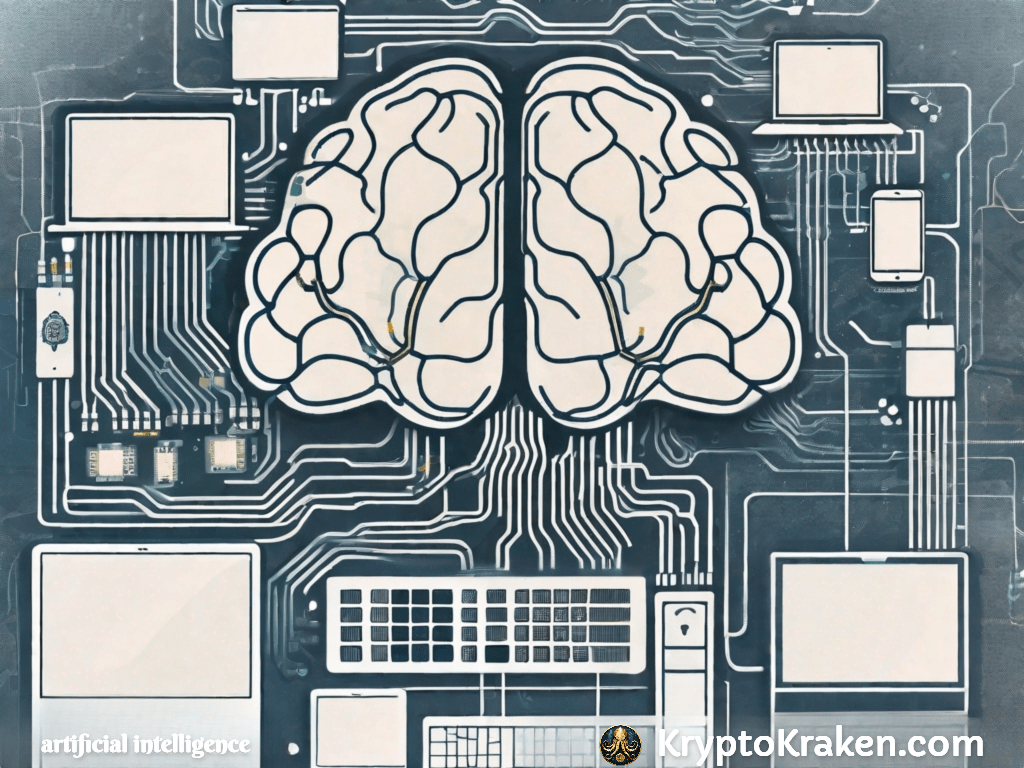
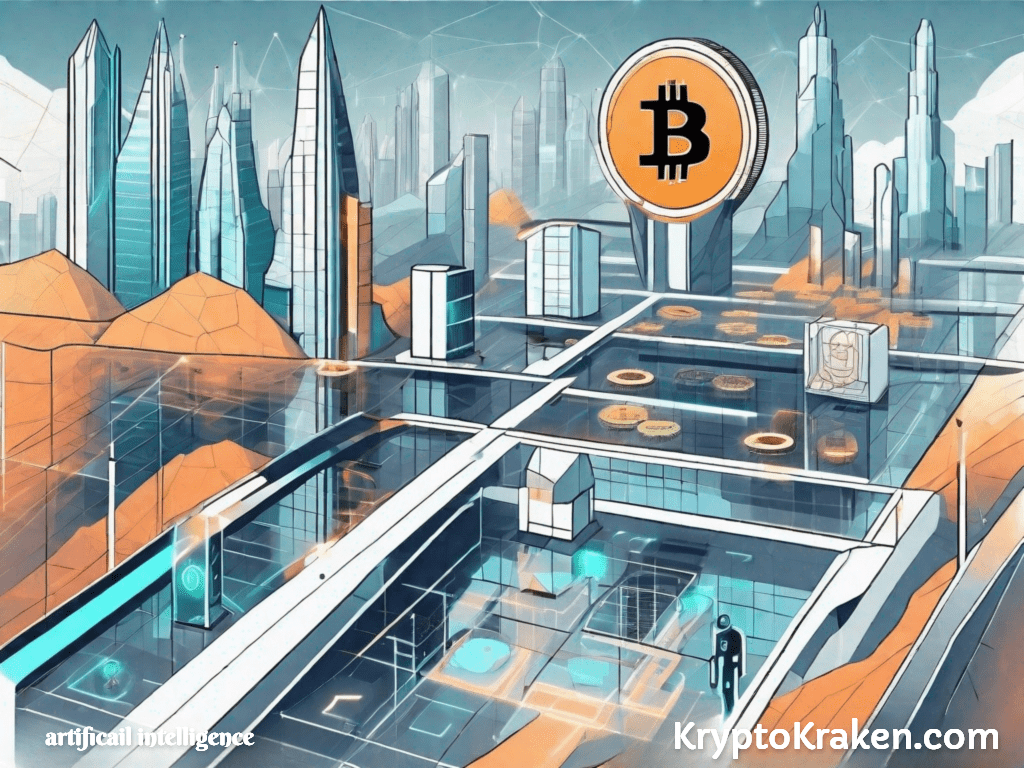
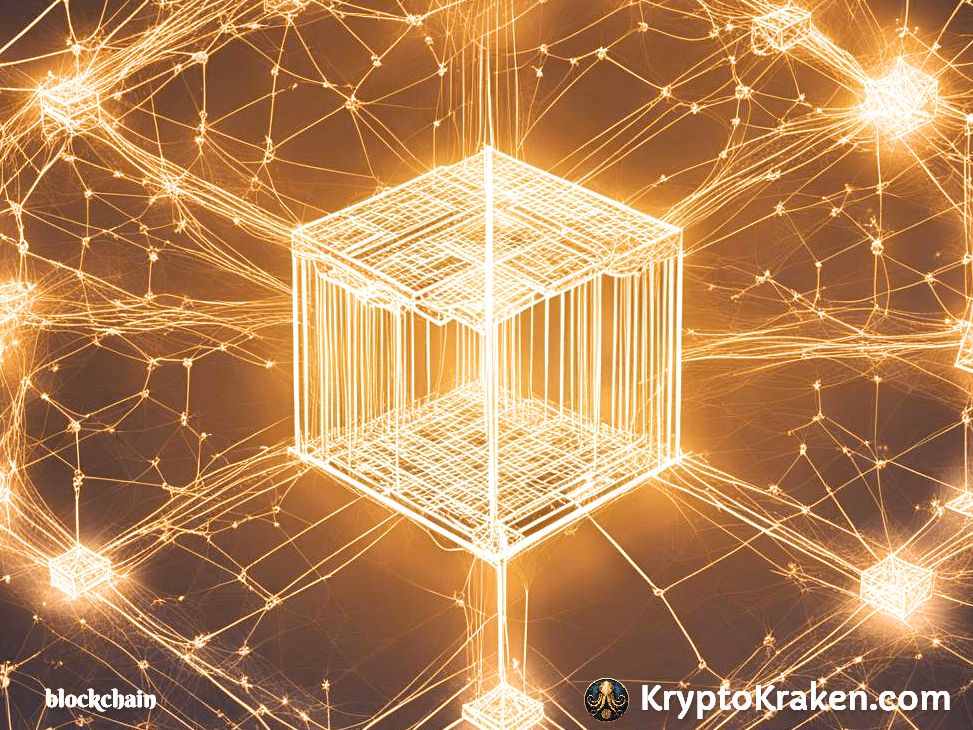
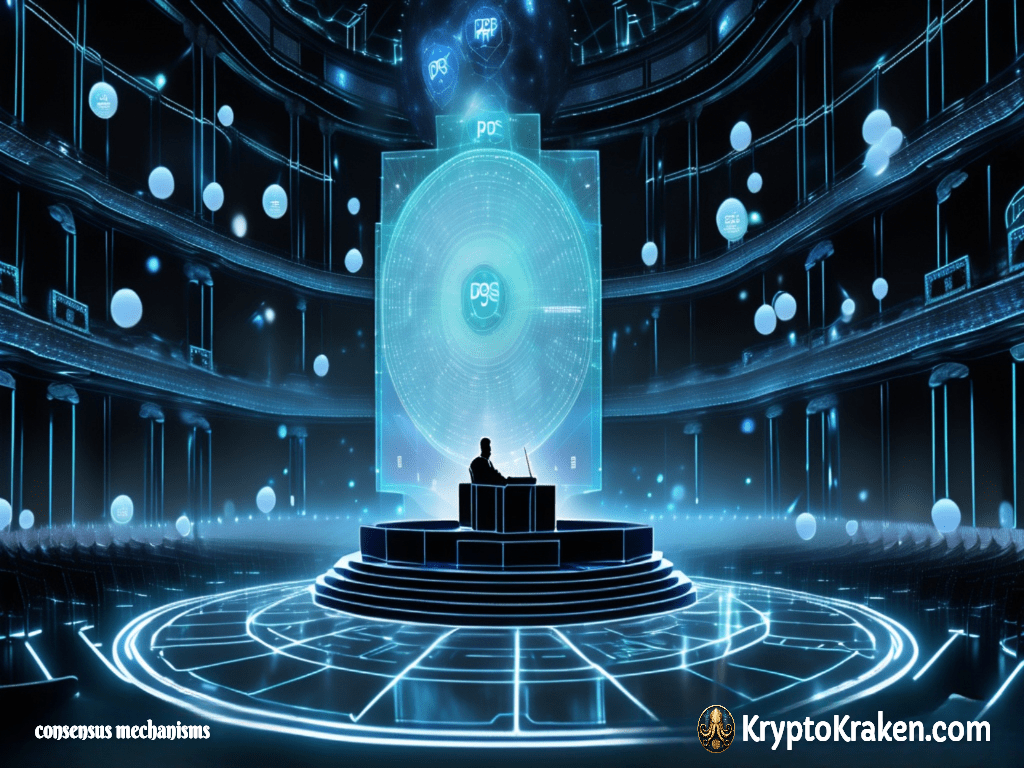
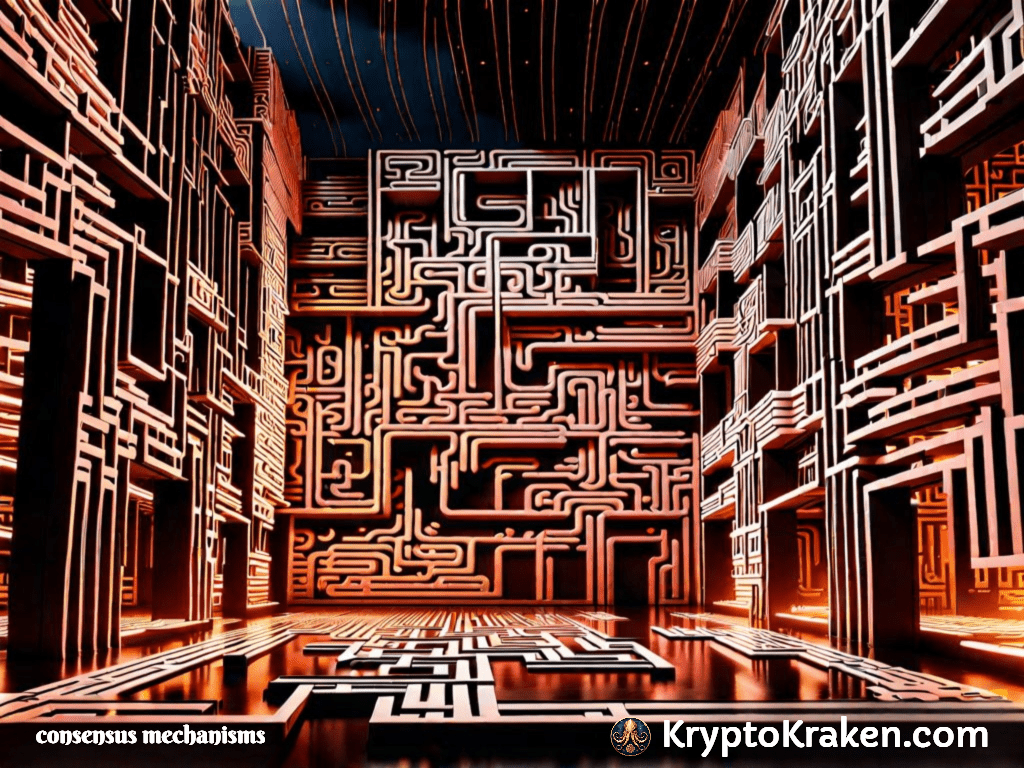
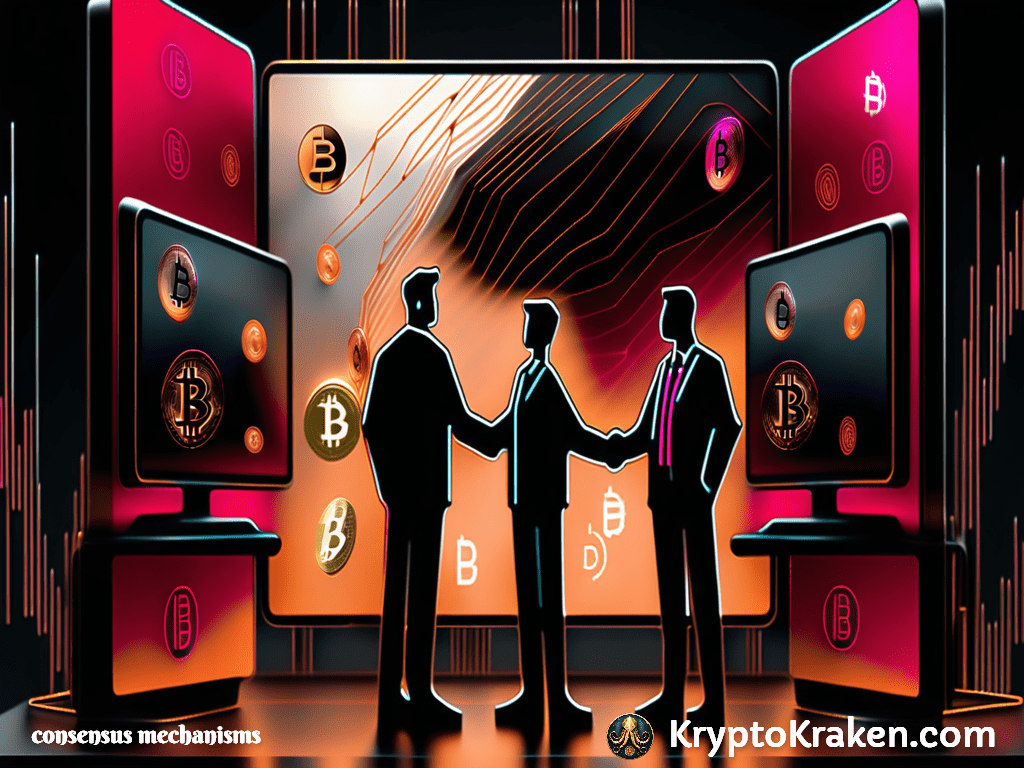
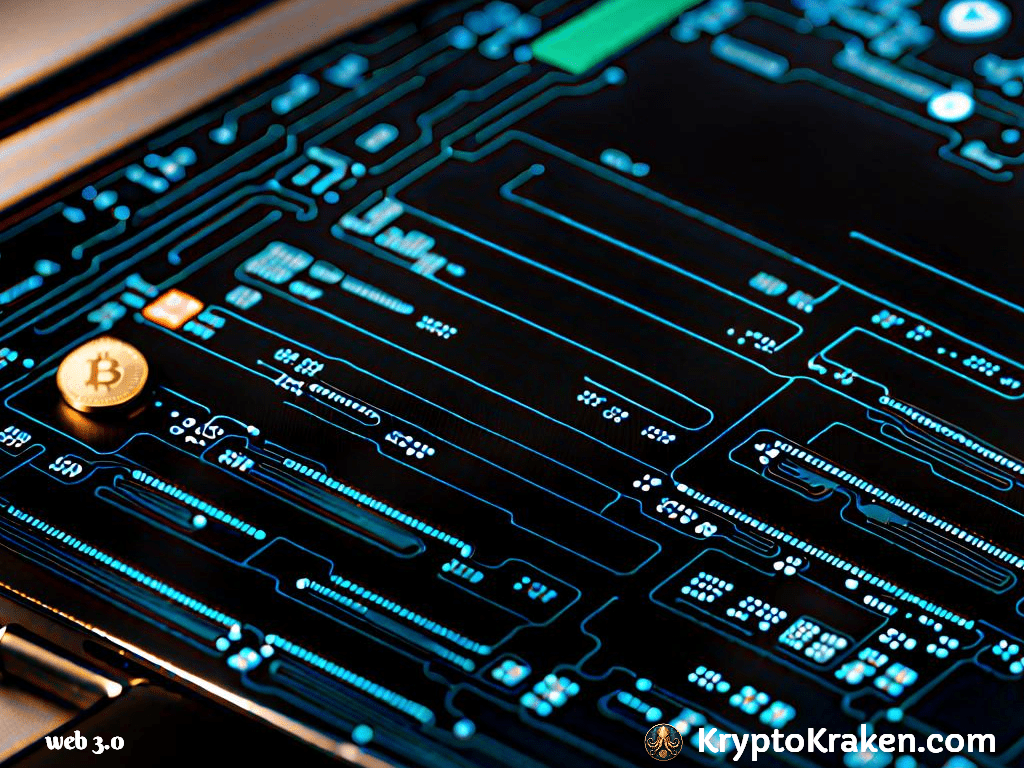
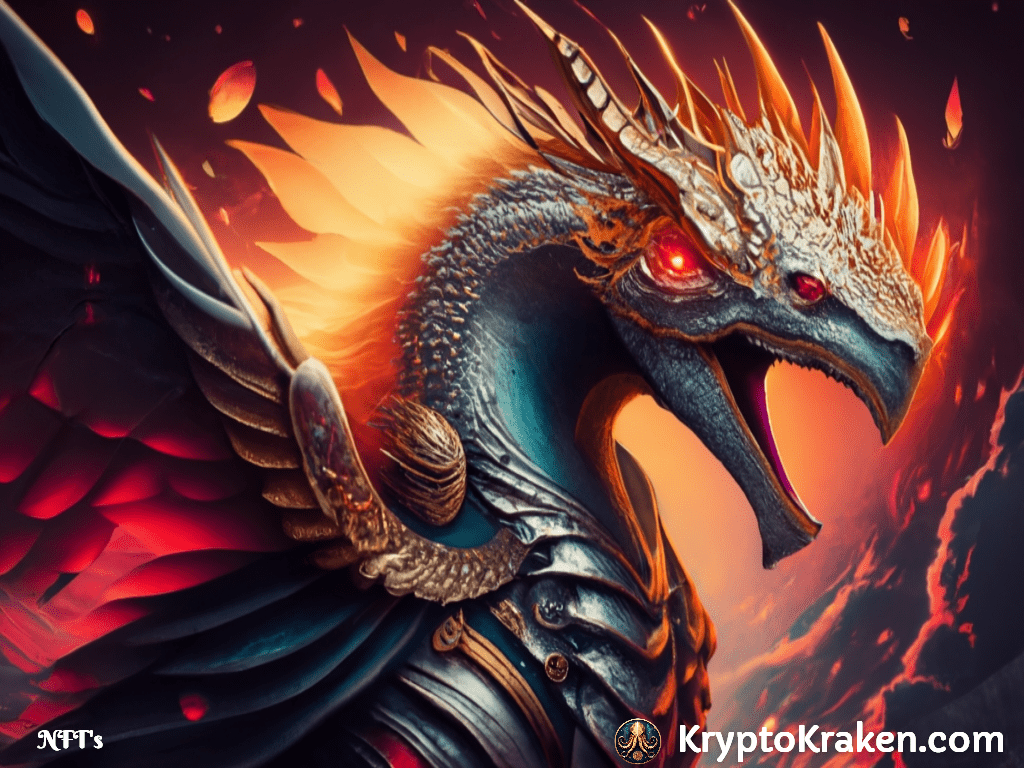
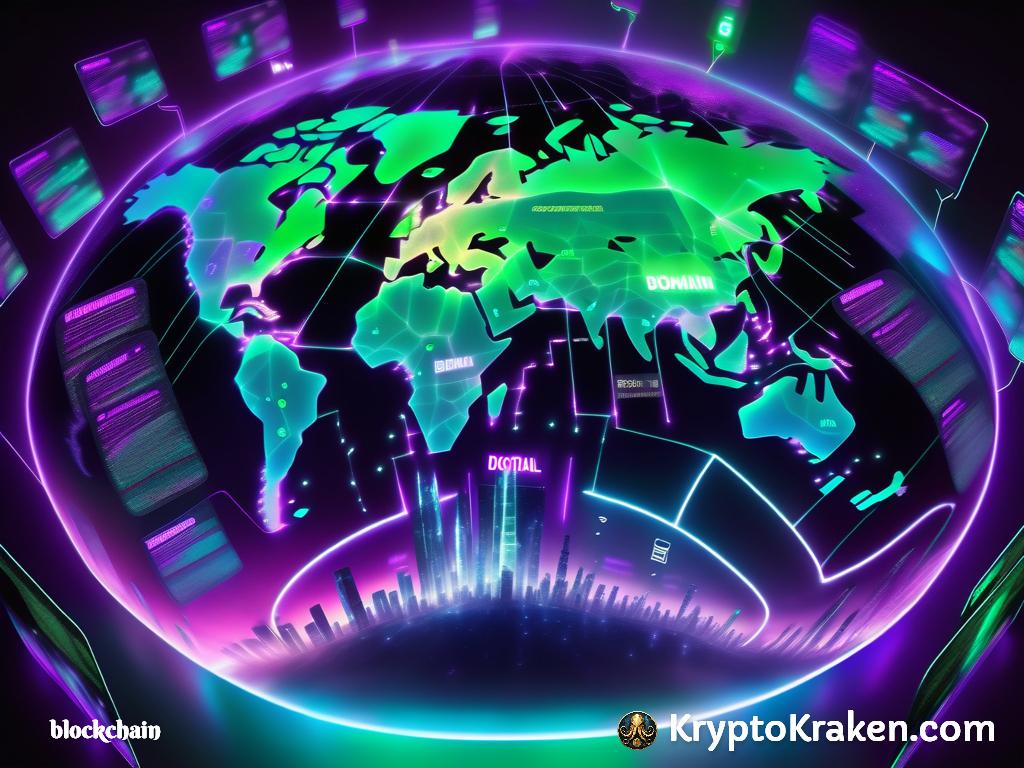
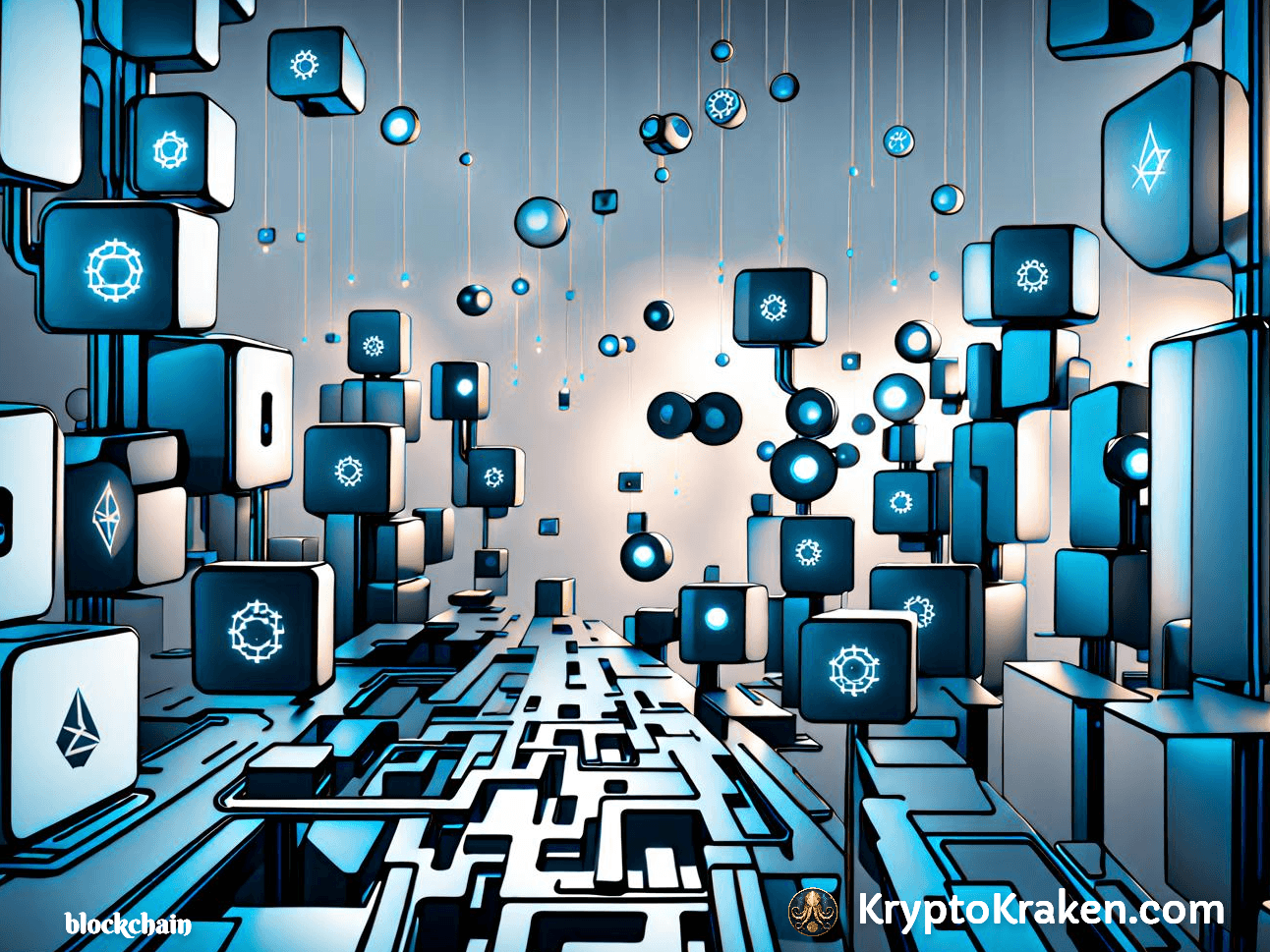
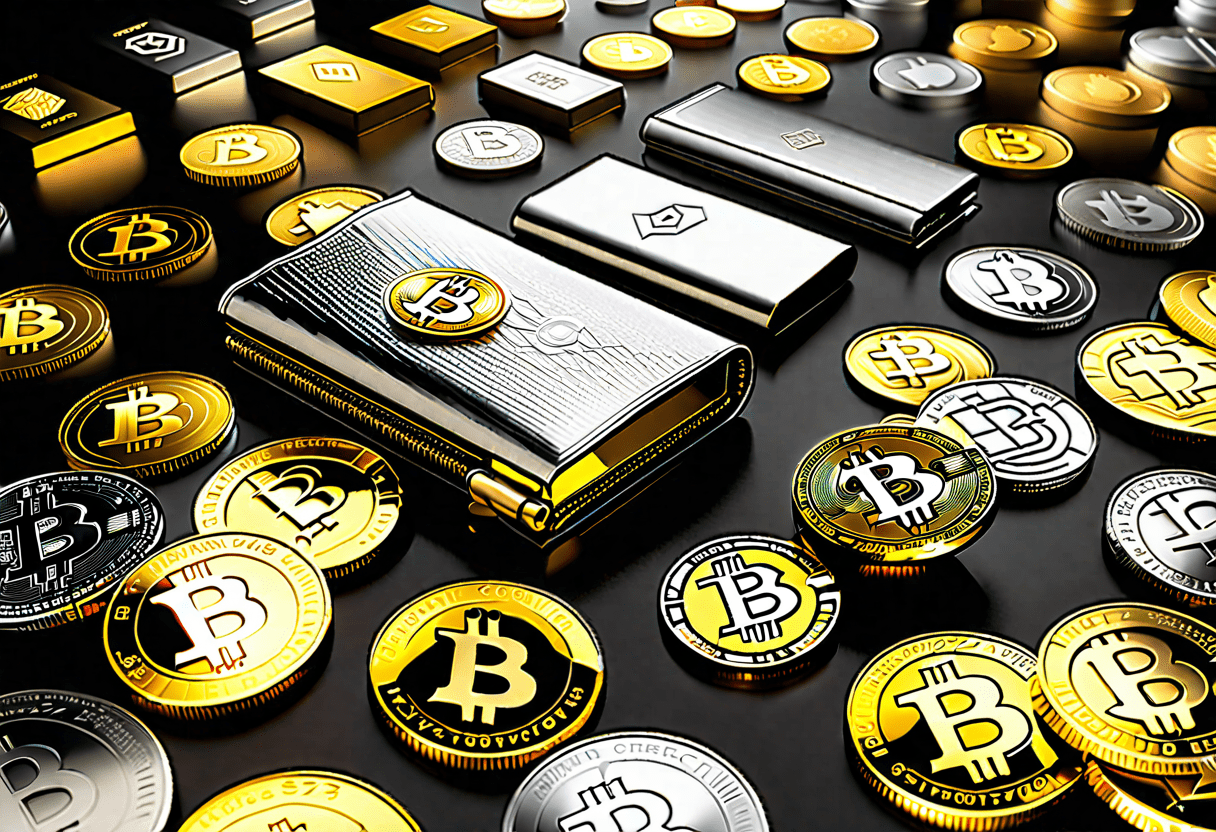

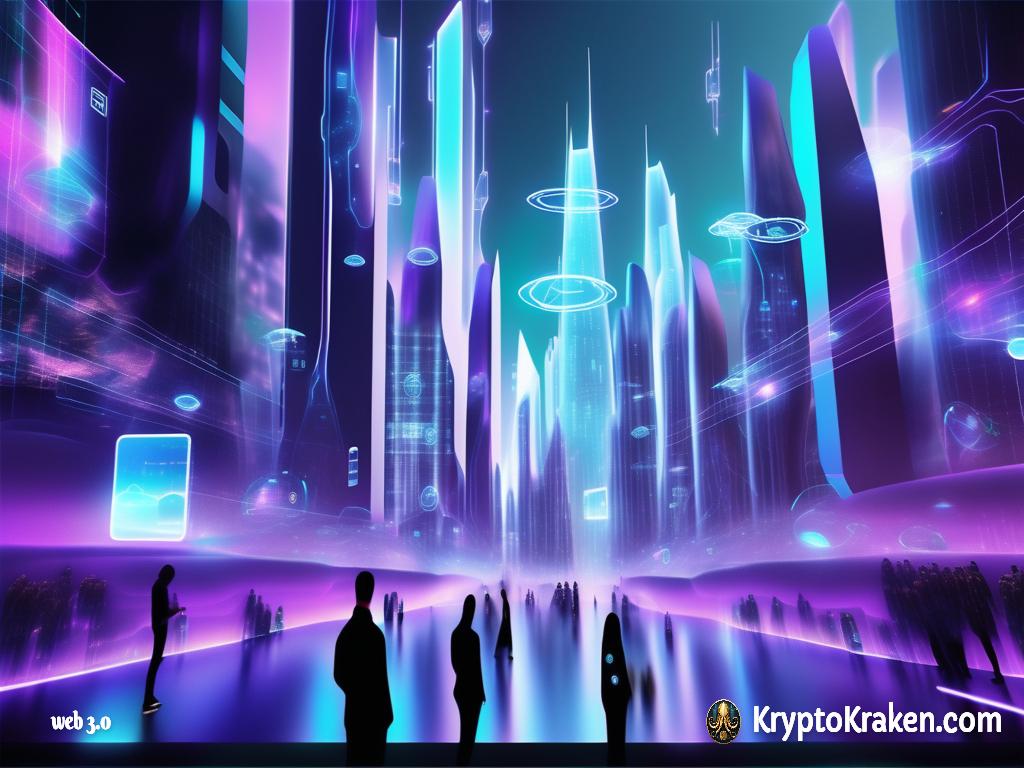
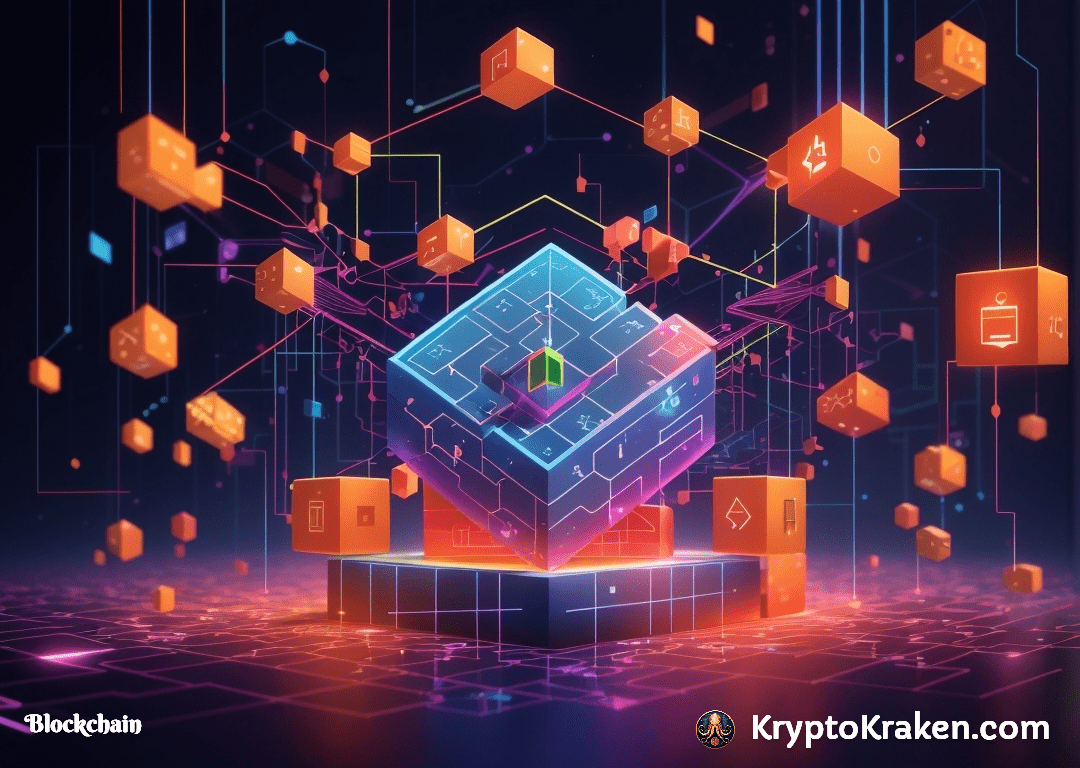
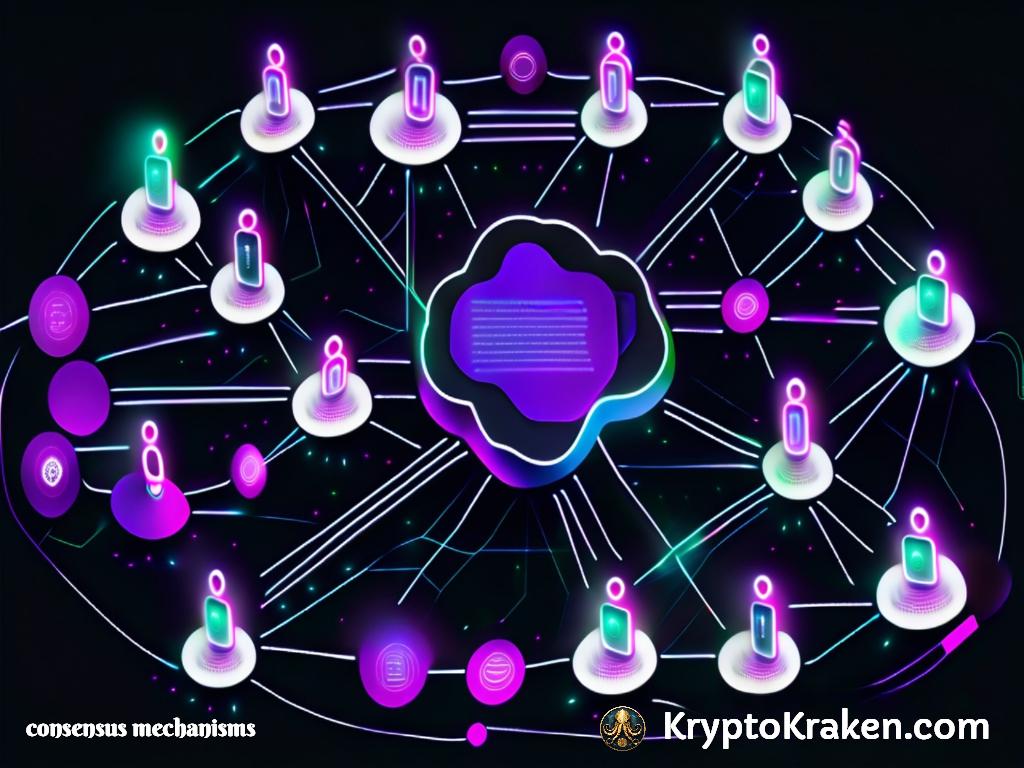
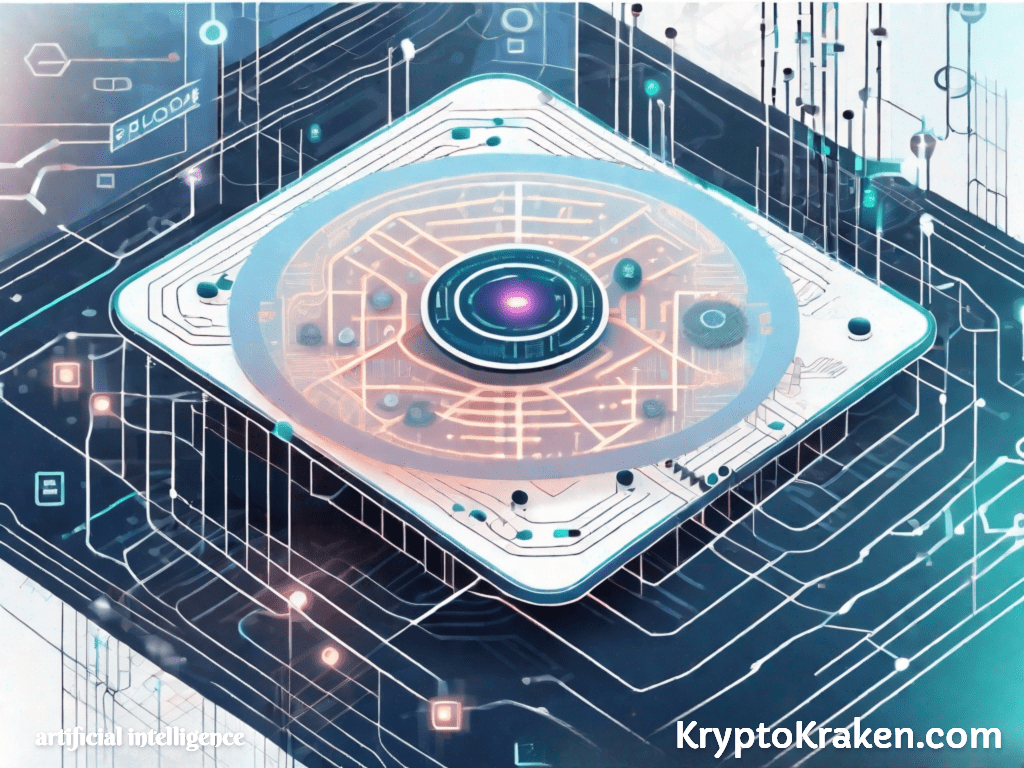
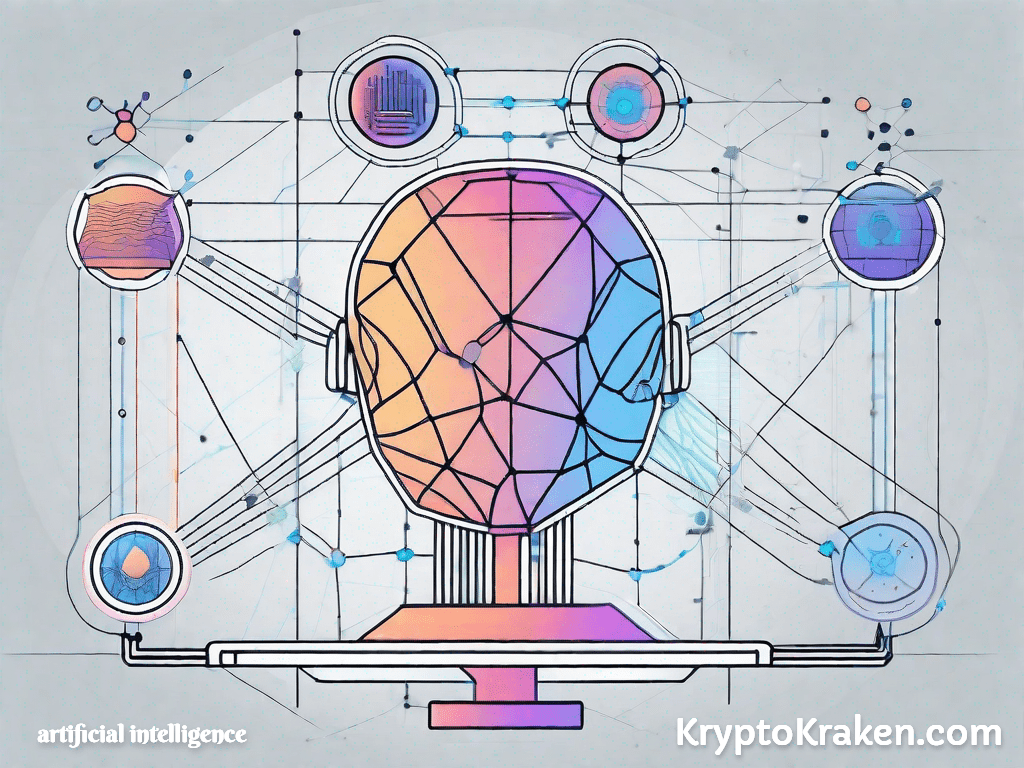
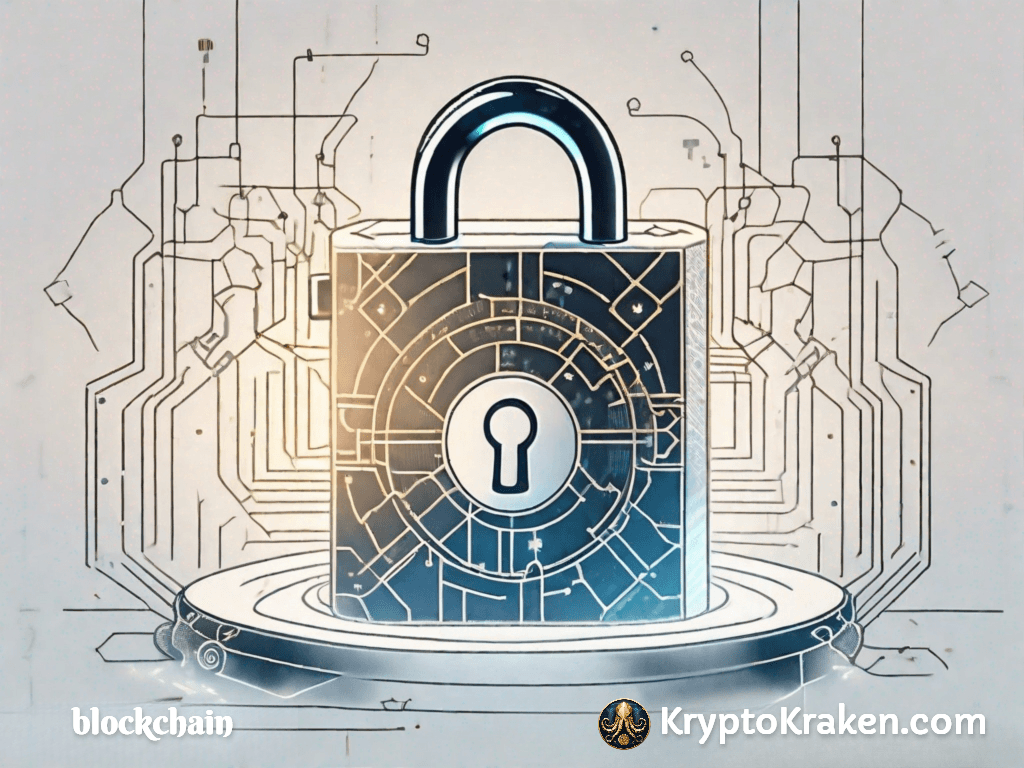
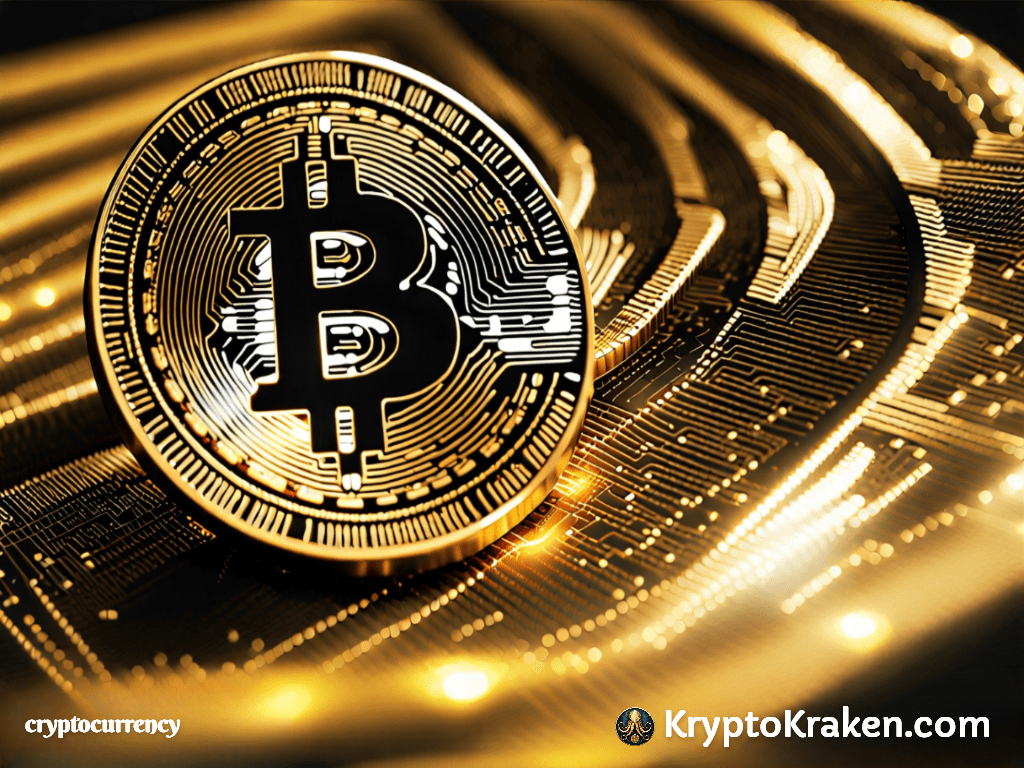
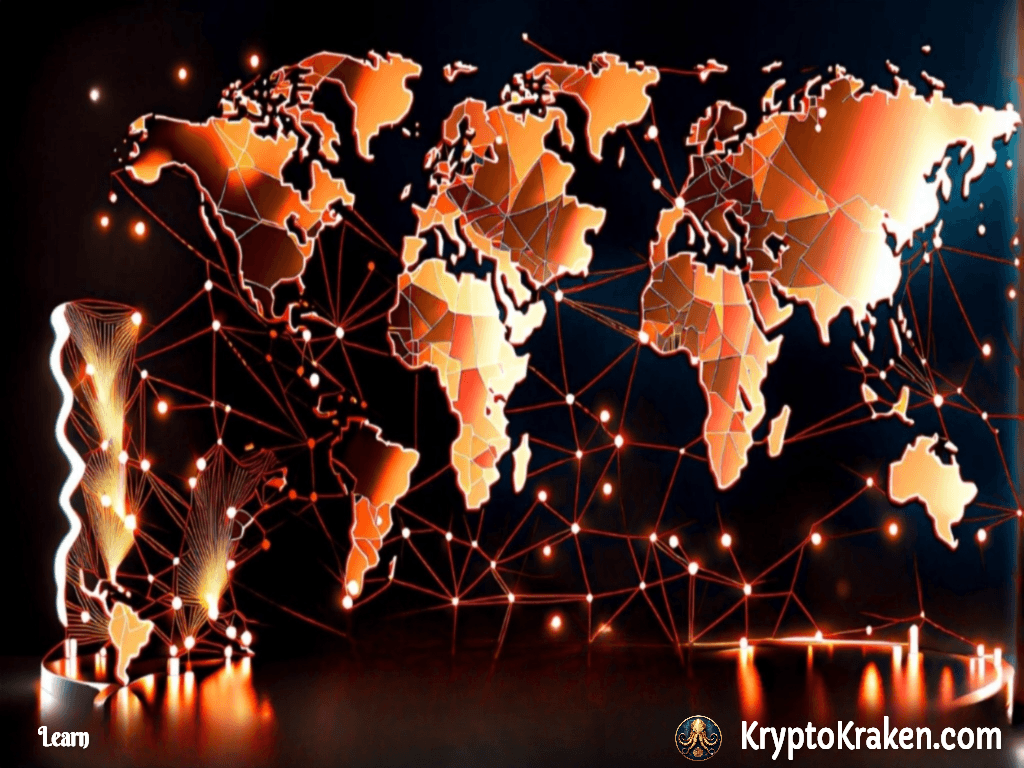
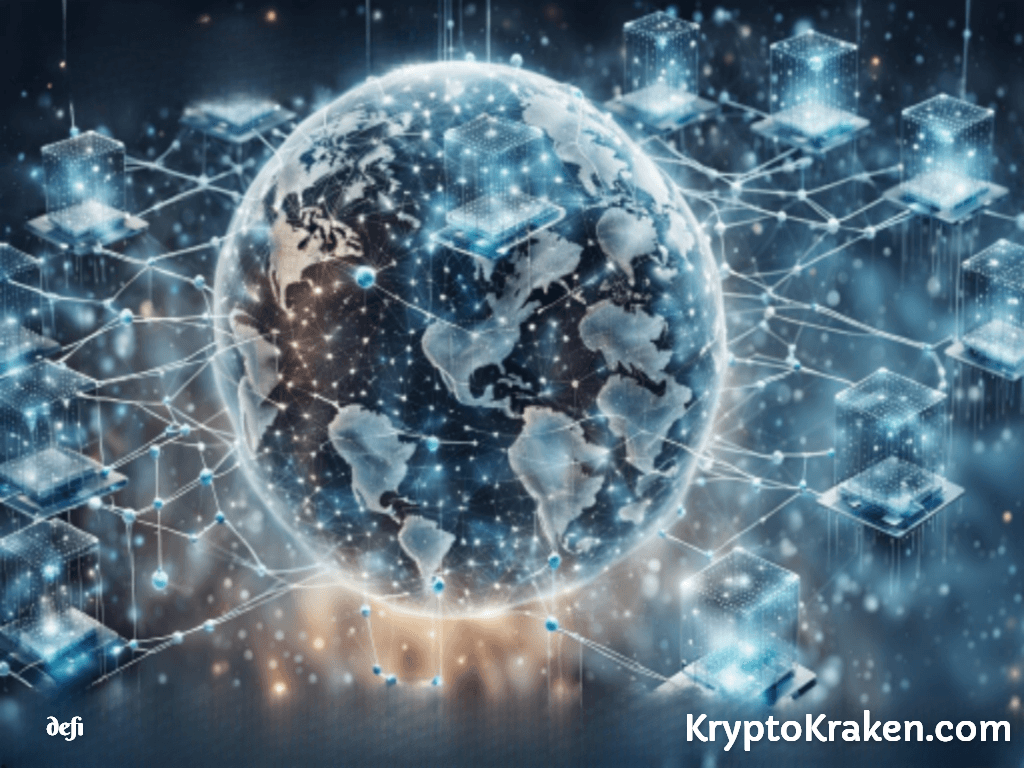
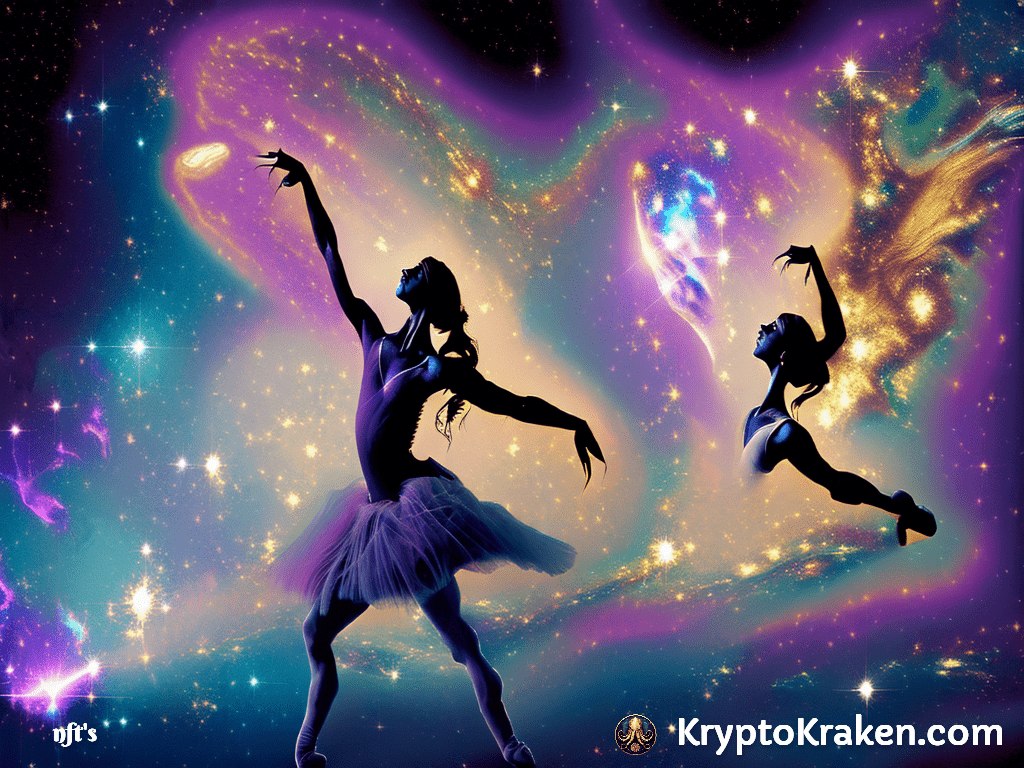
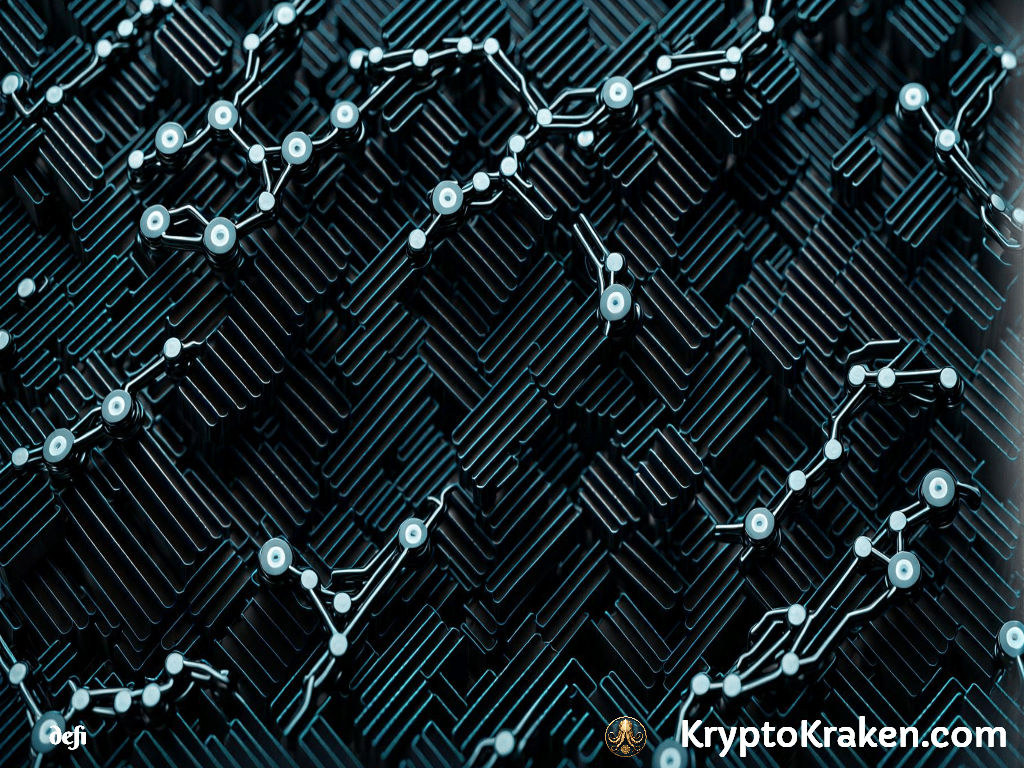
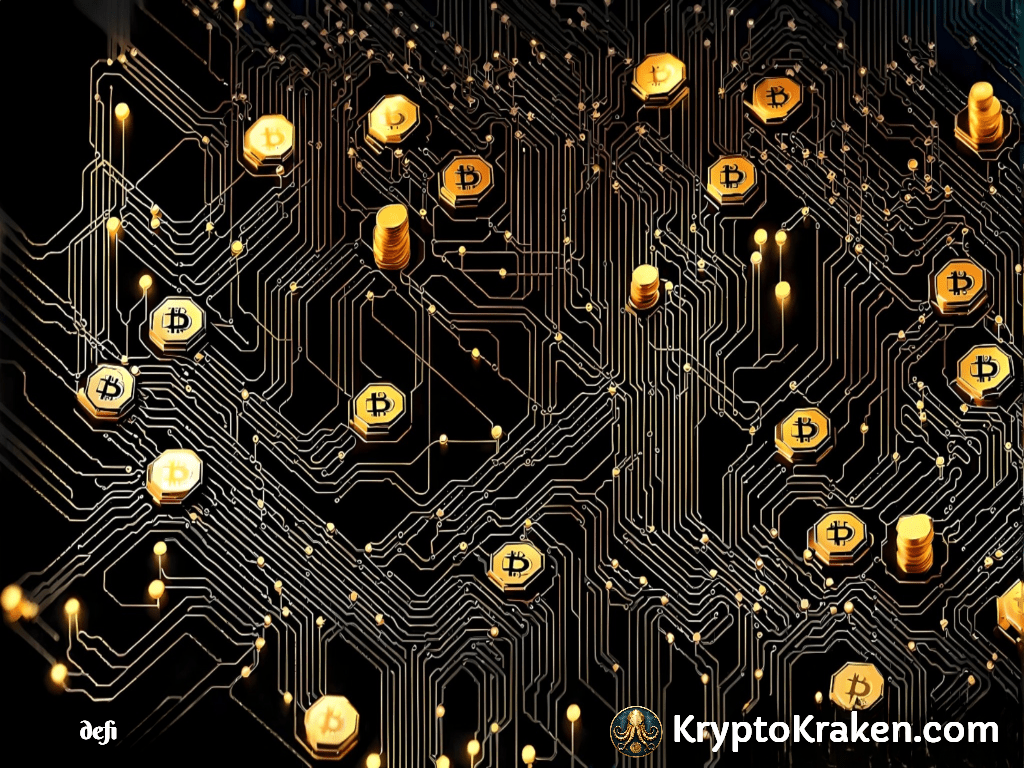

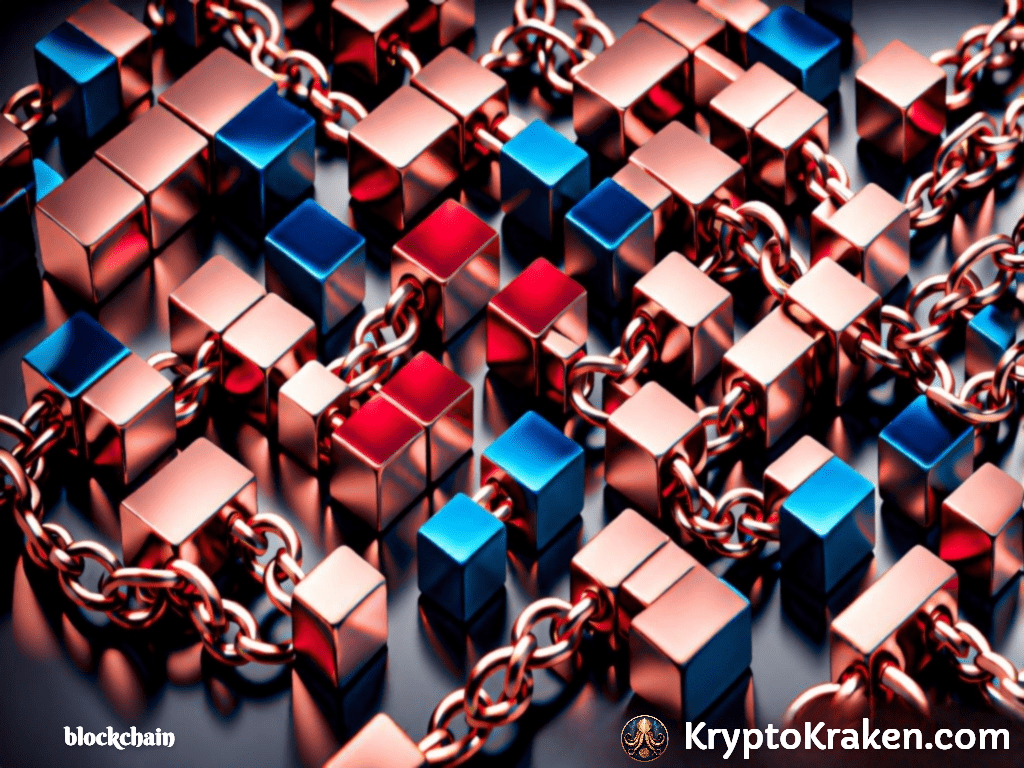
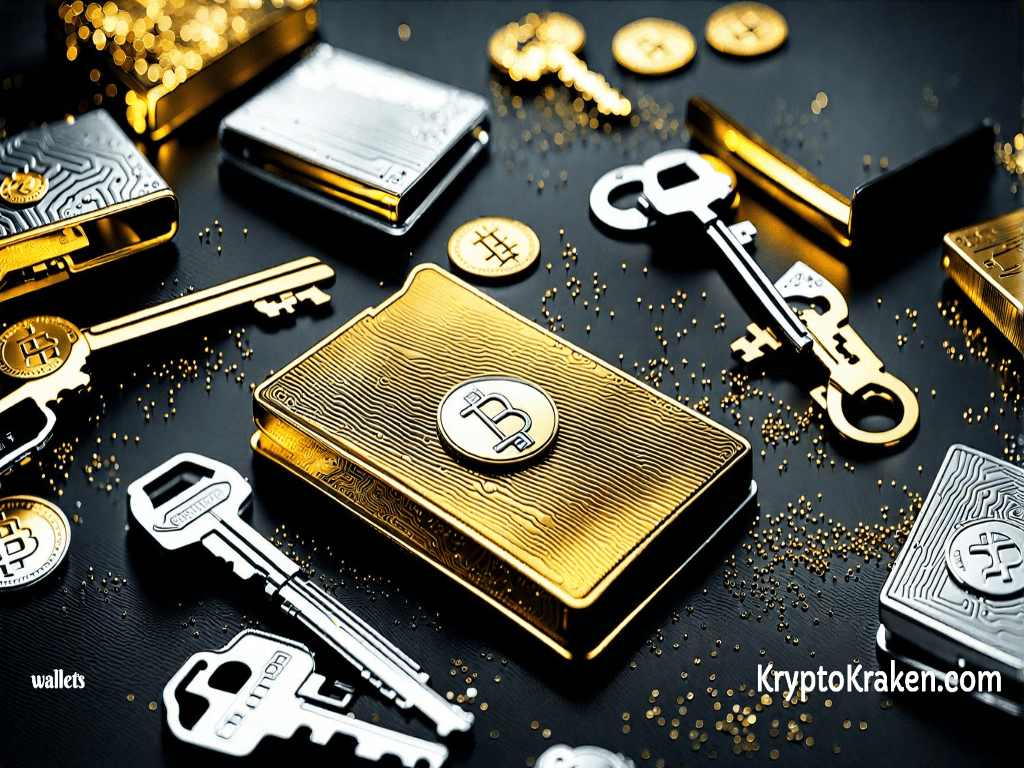
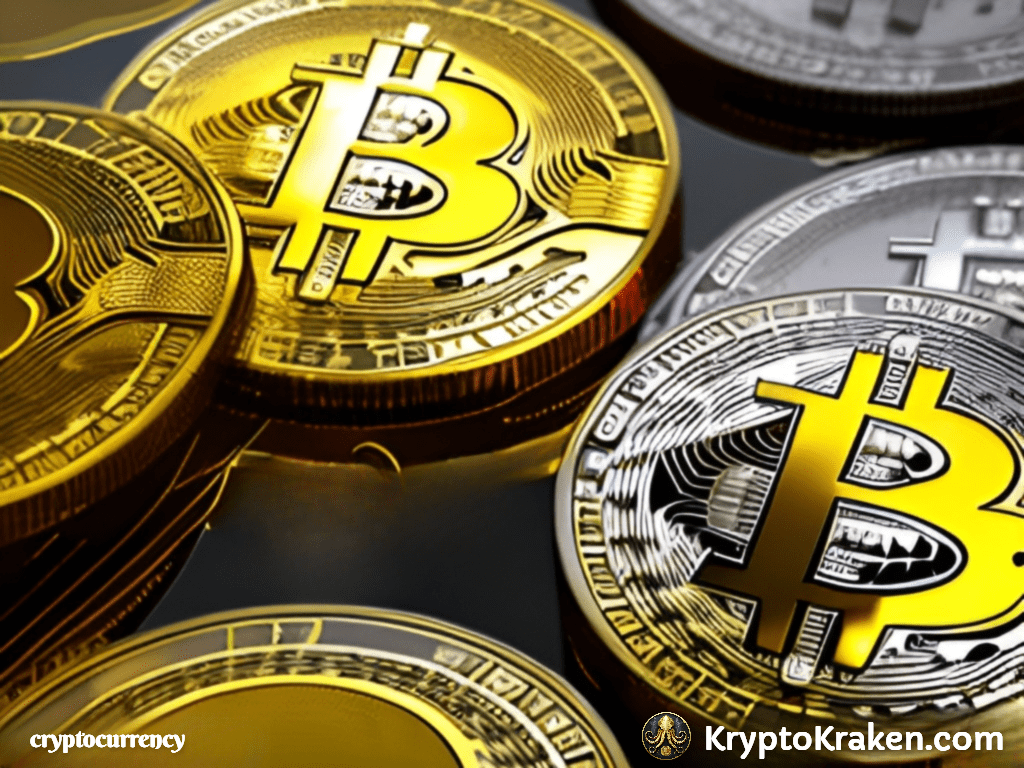
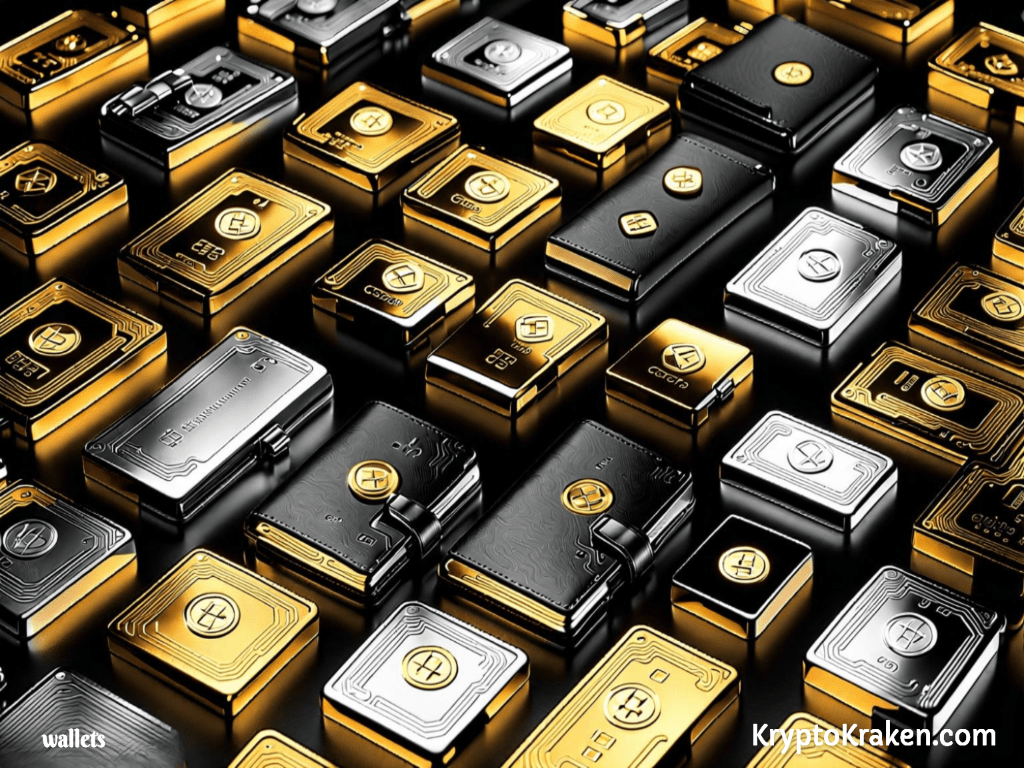
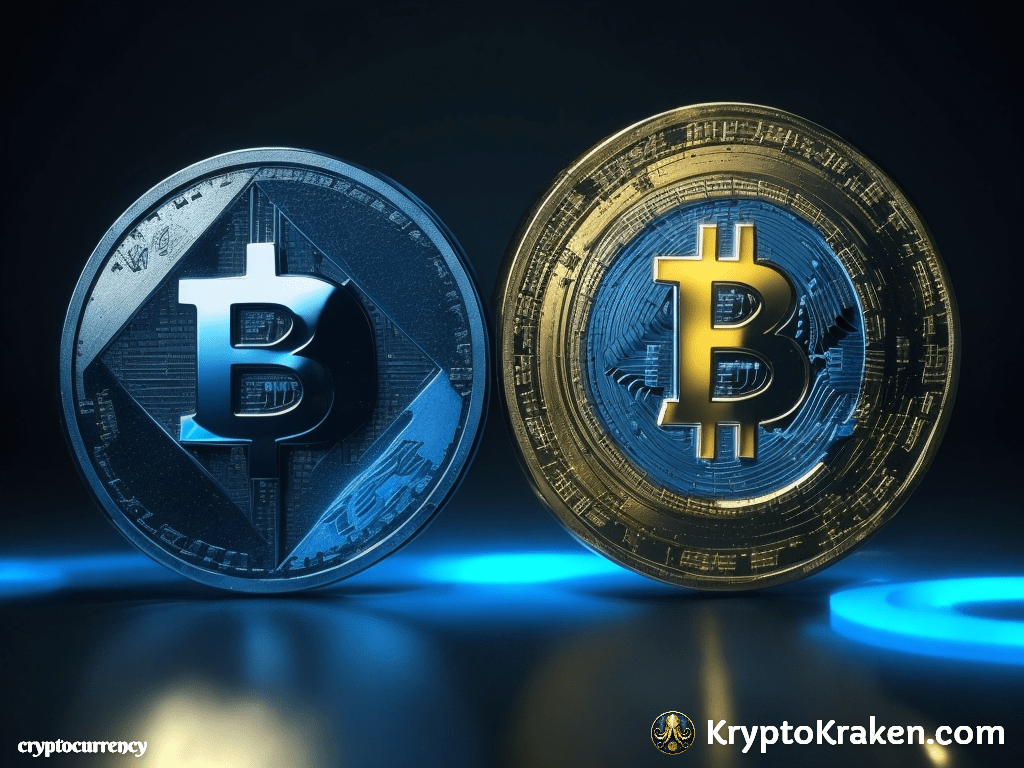
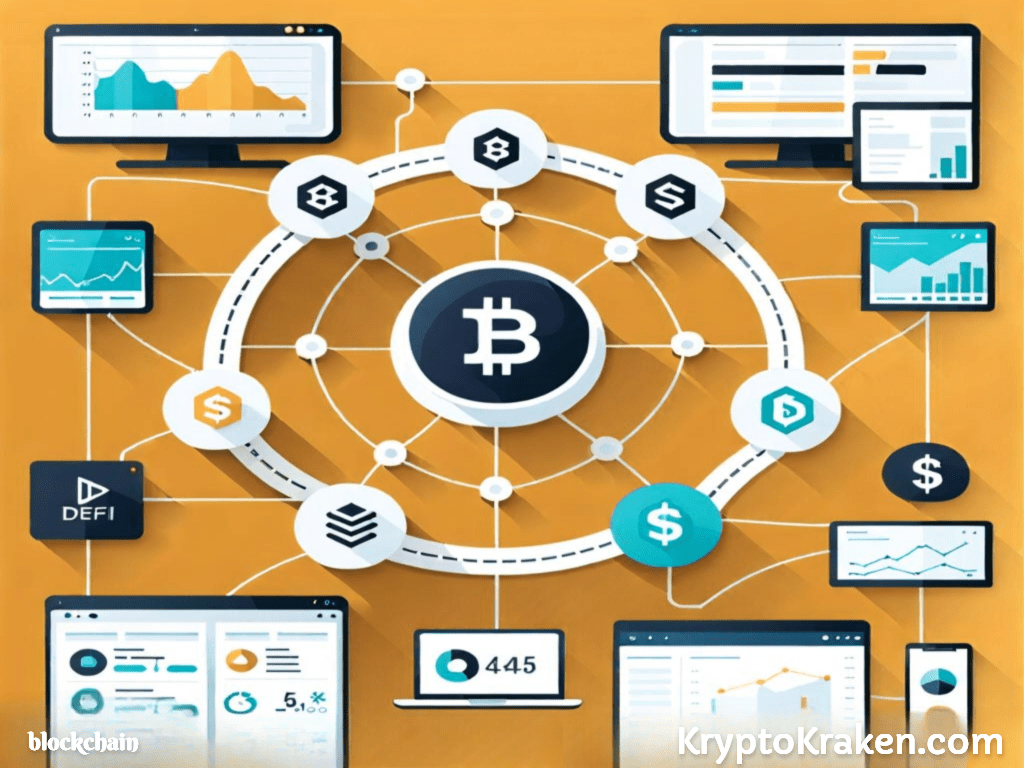
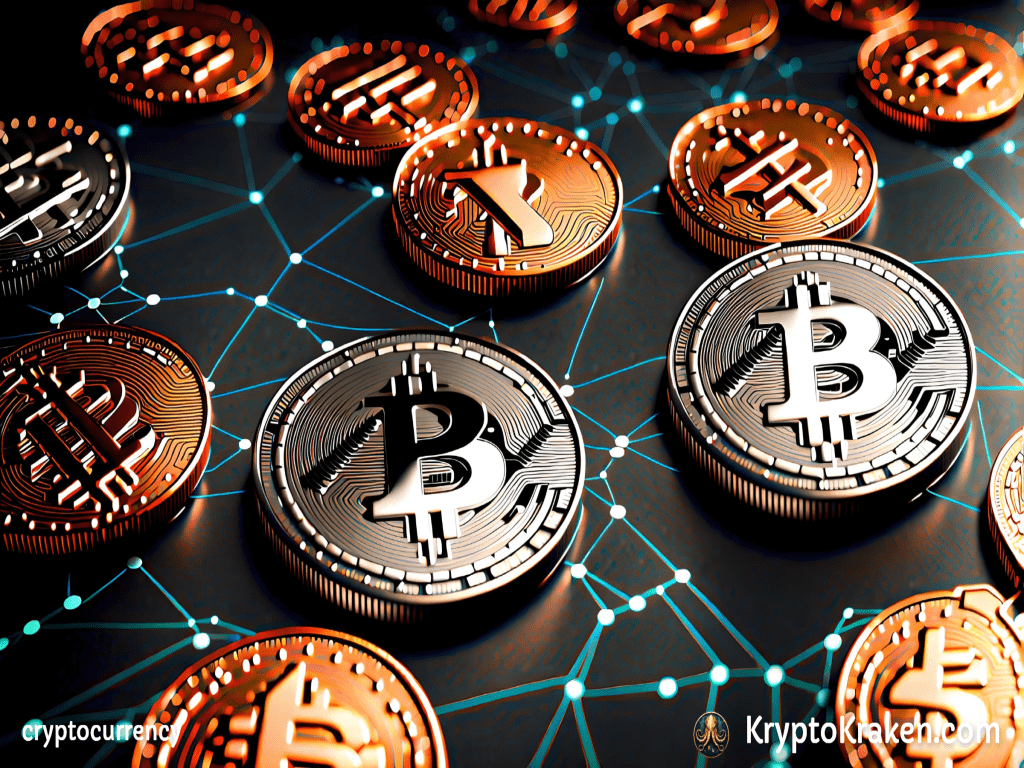
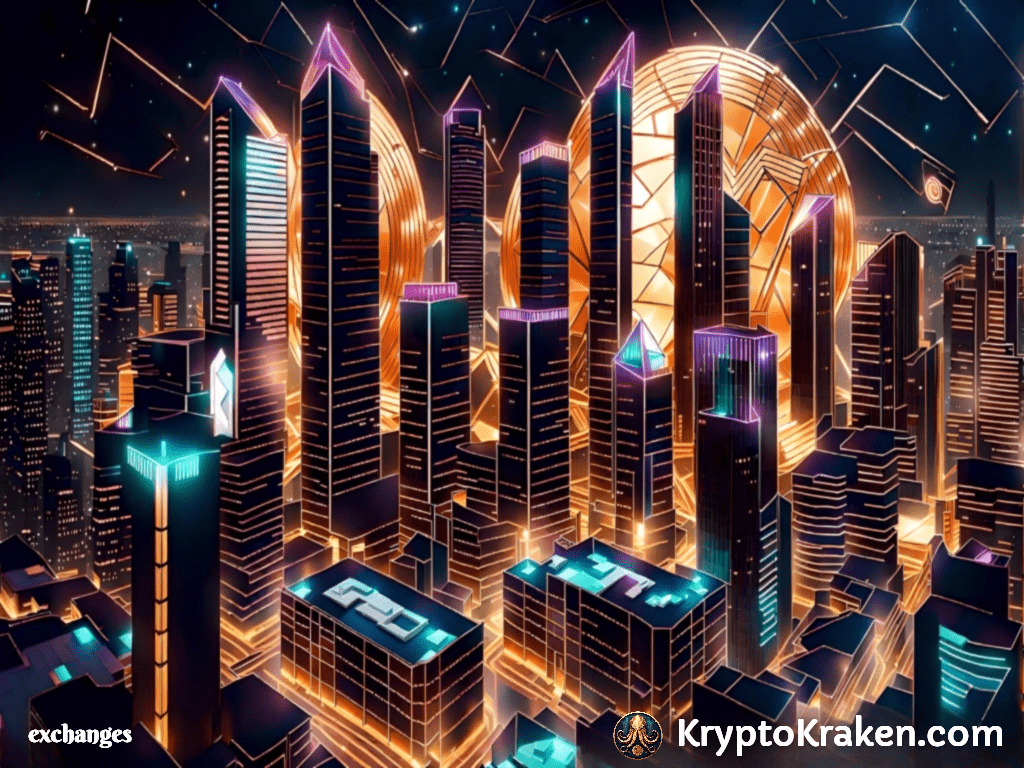
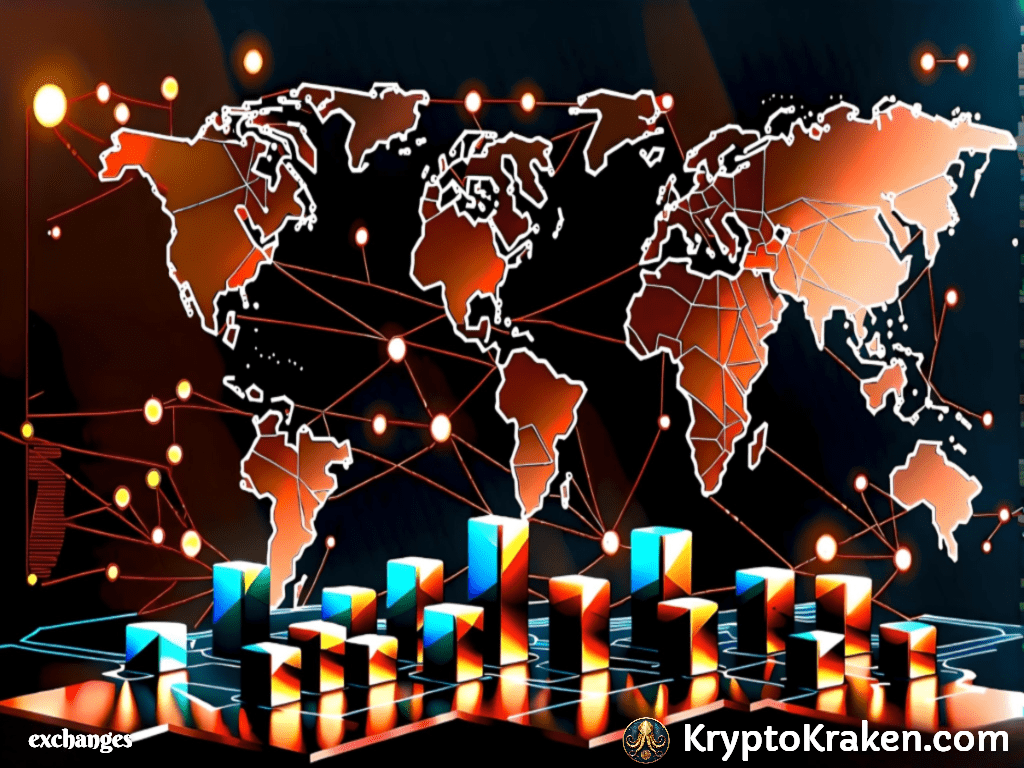
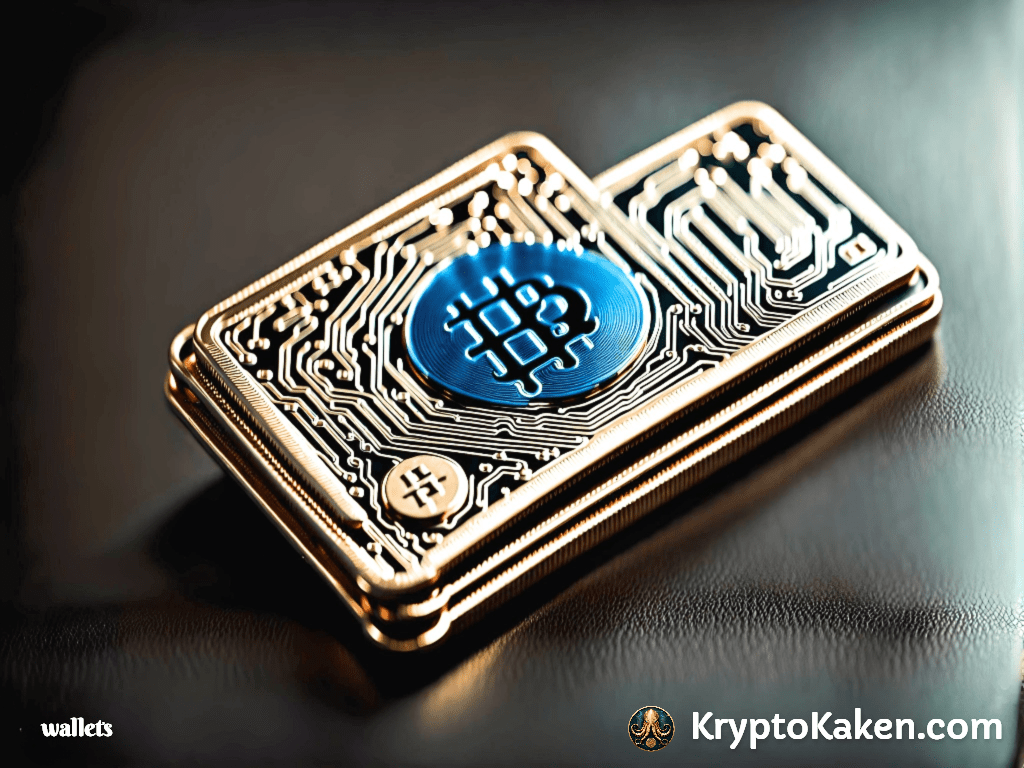
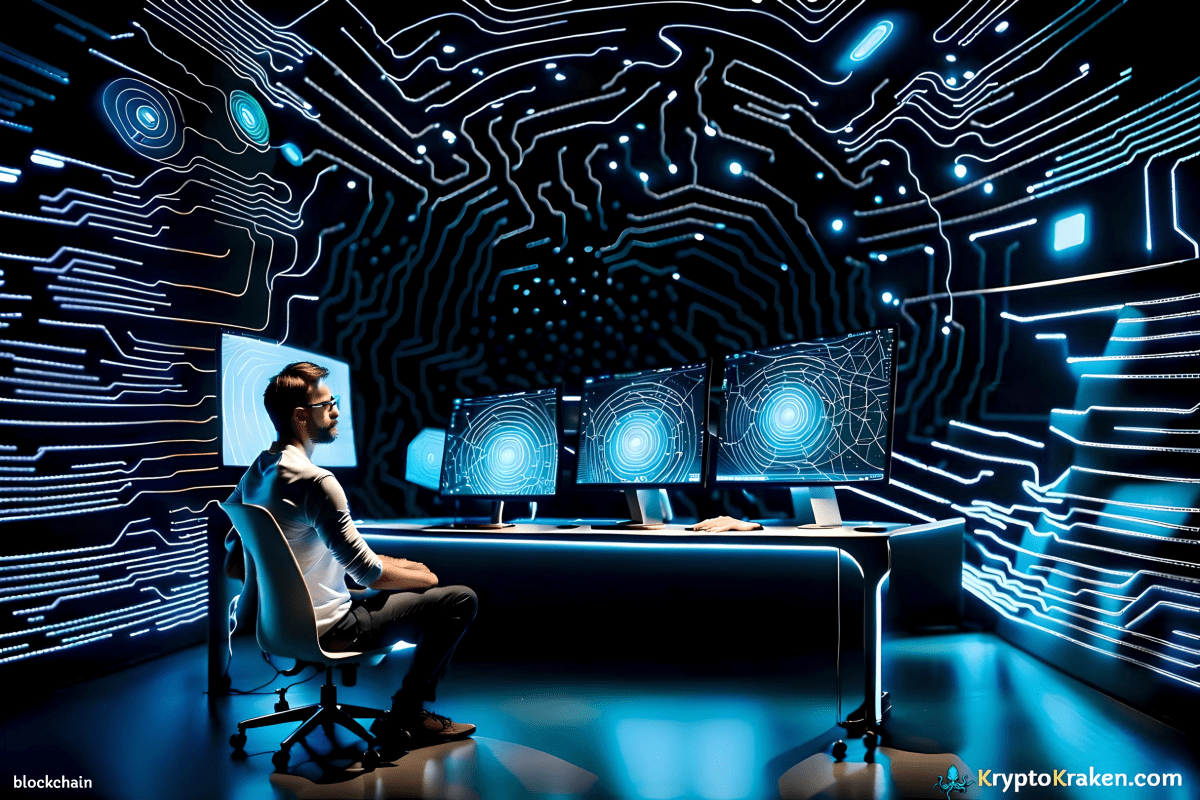
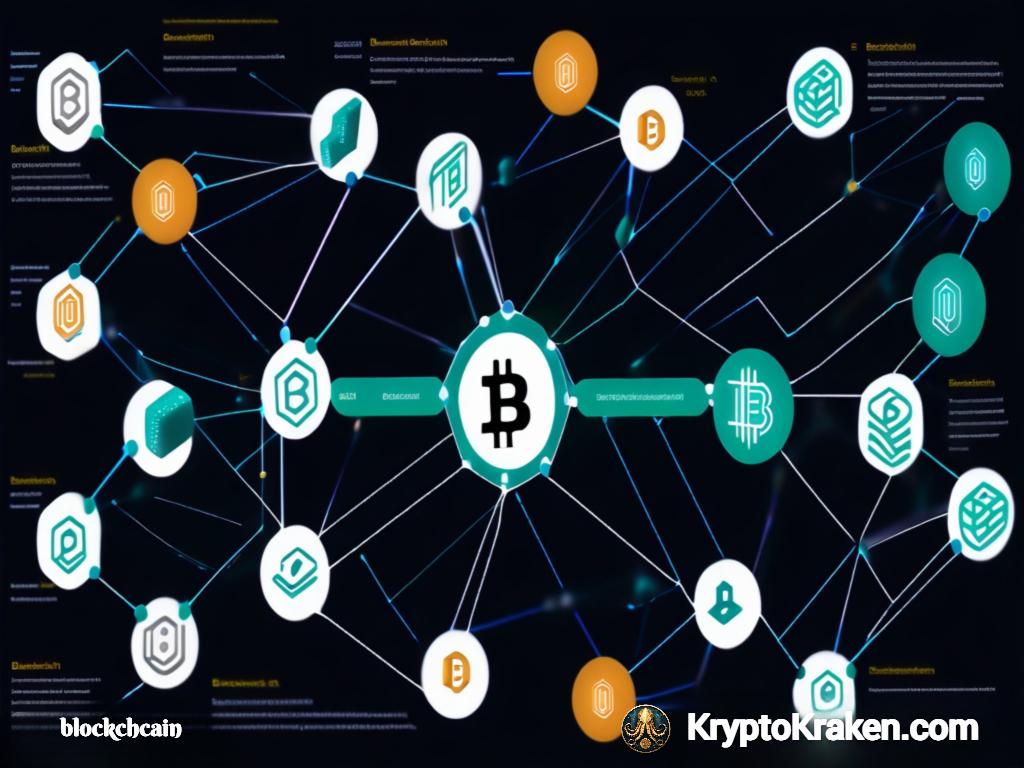
1 comment on “RWA Crypto: A Look into Real World Assets”